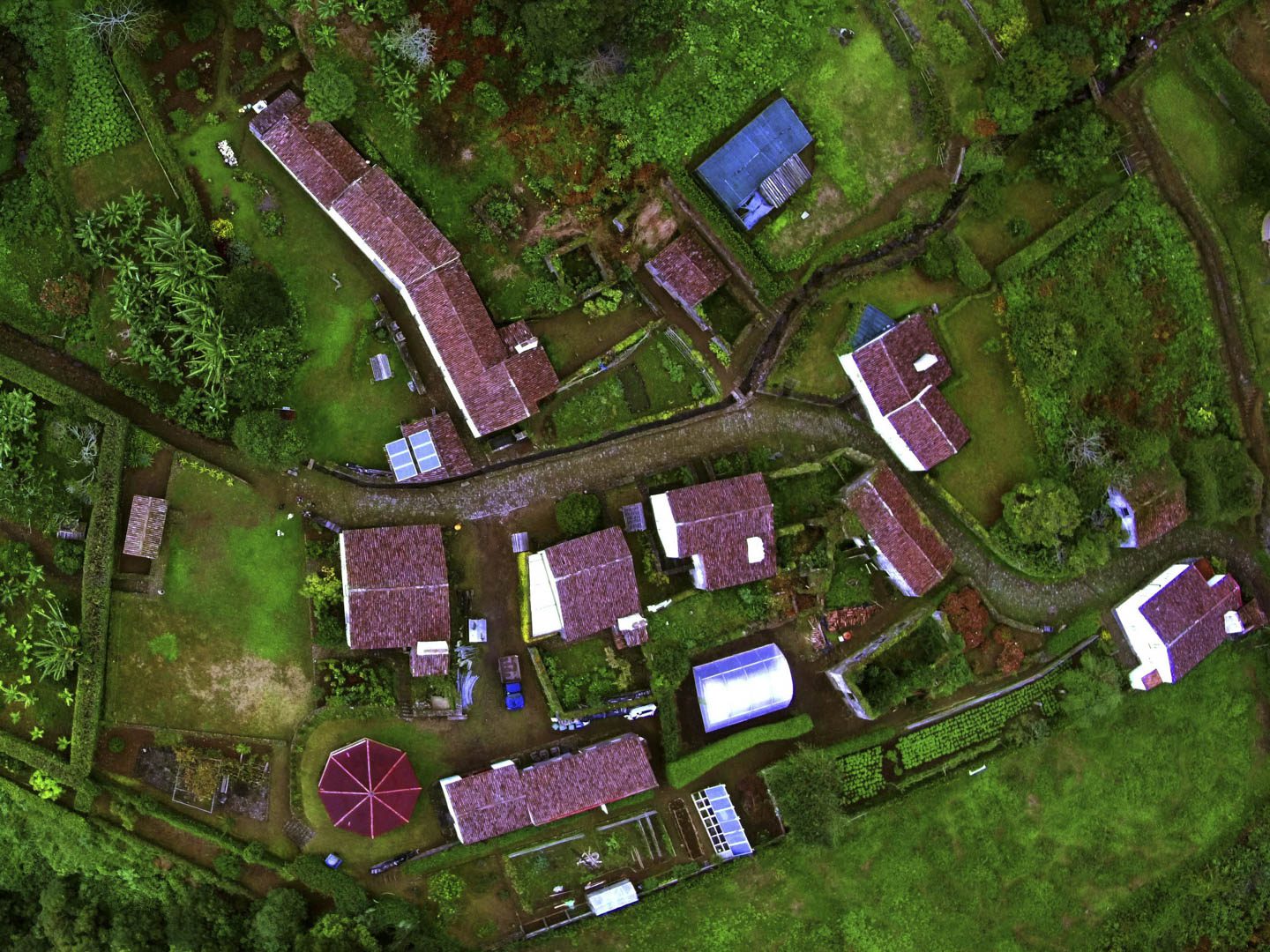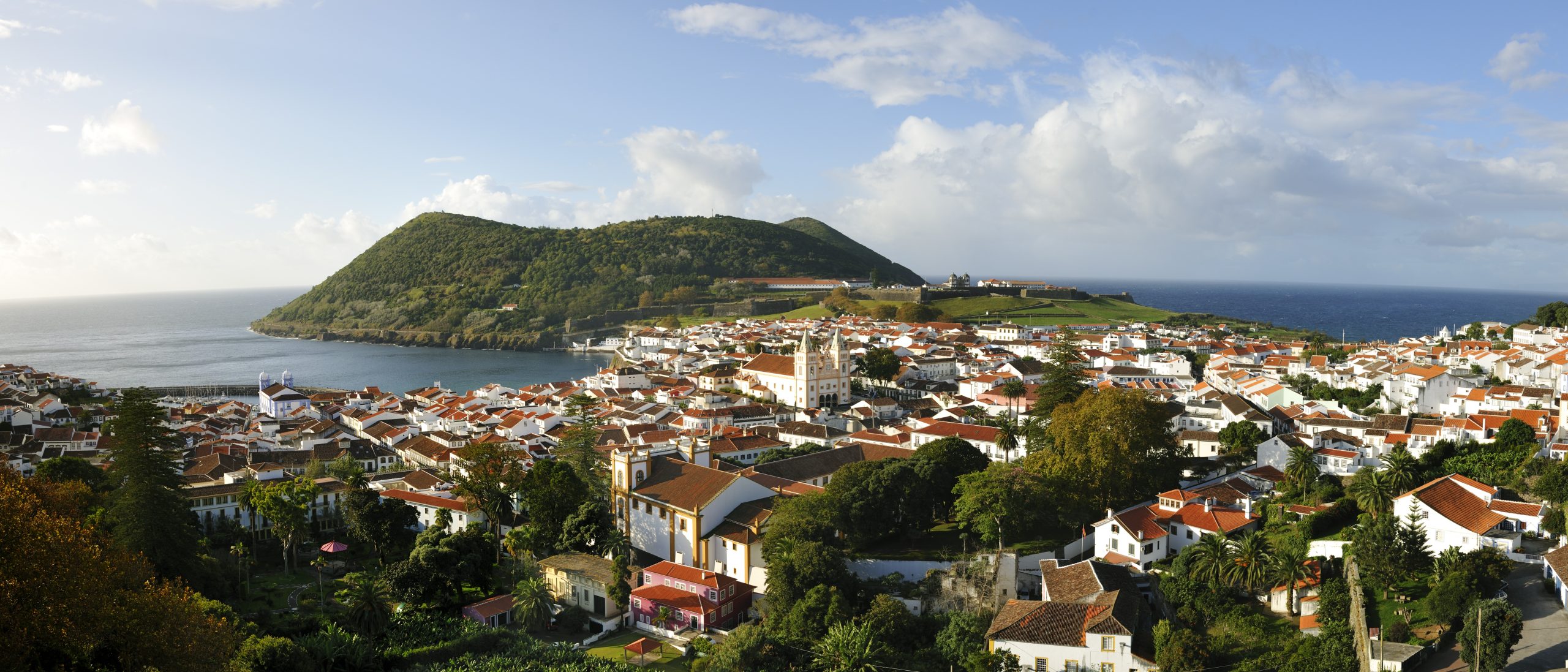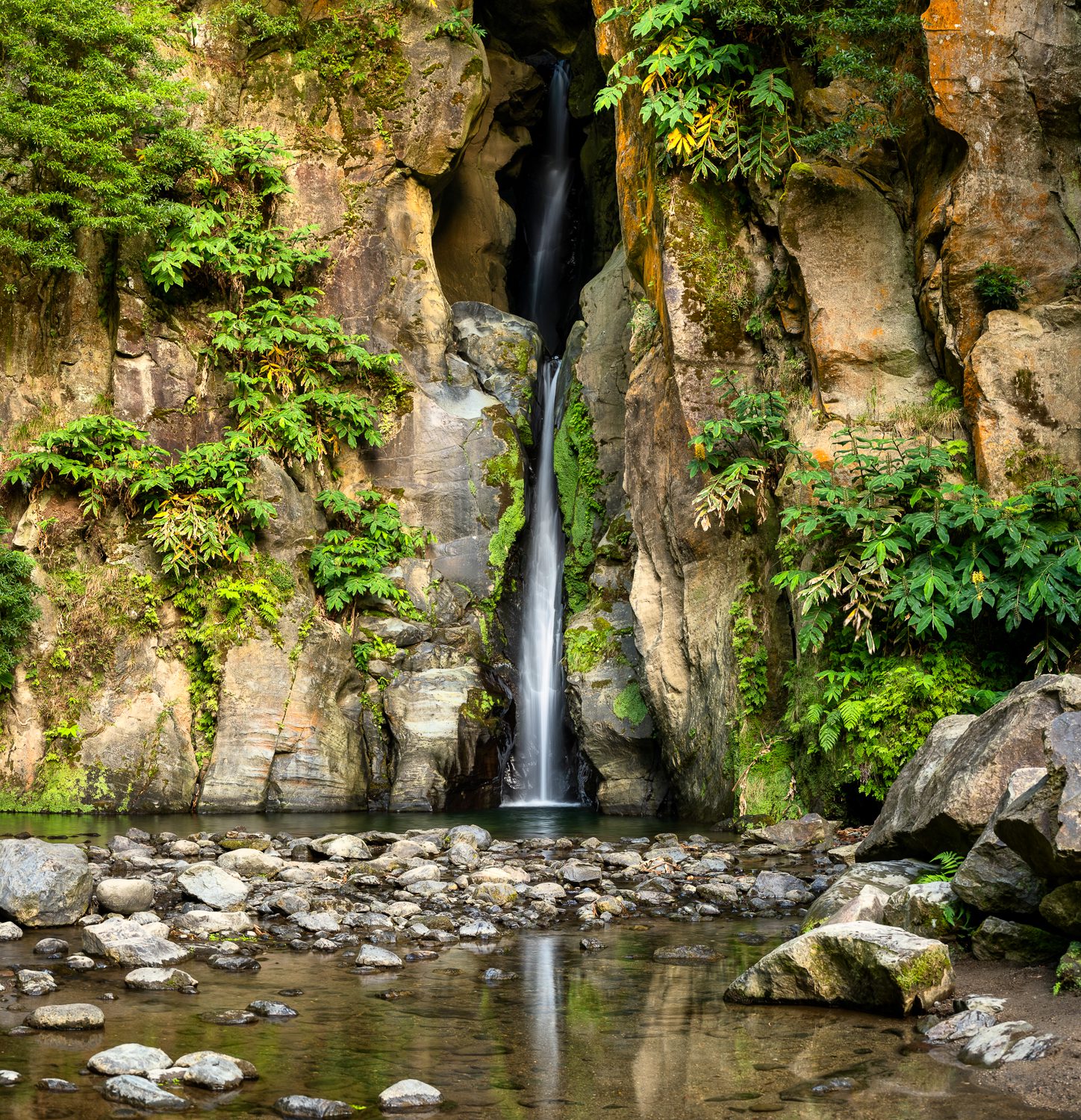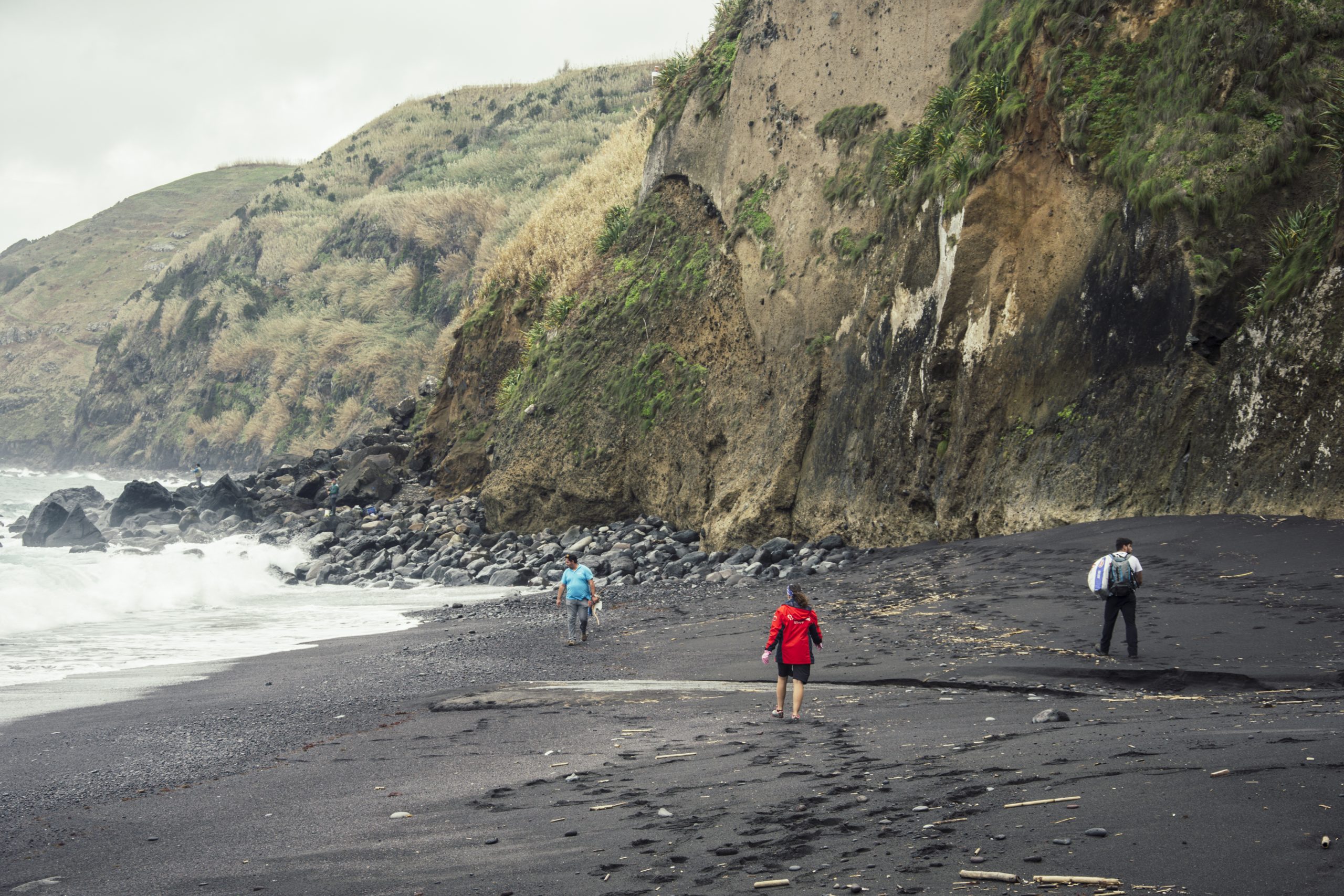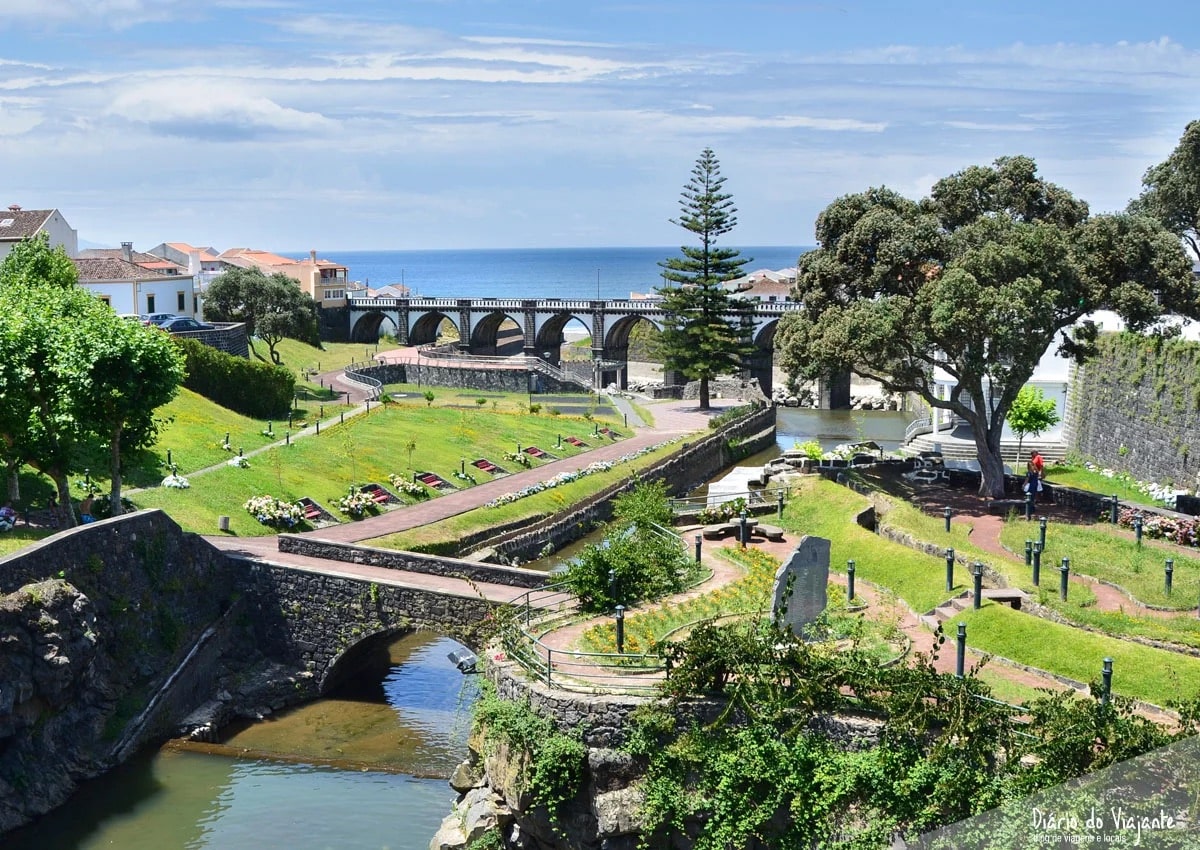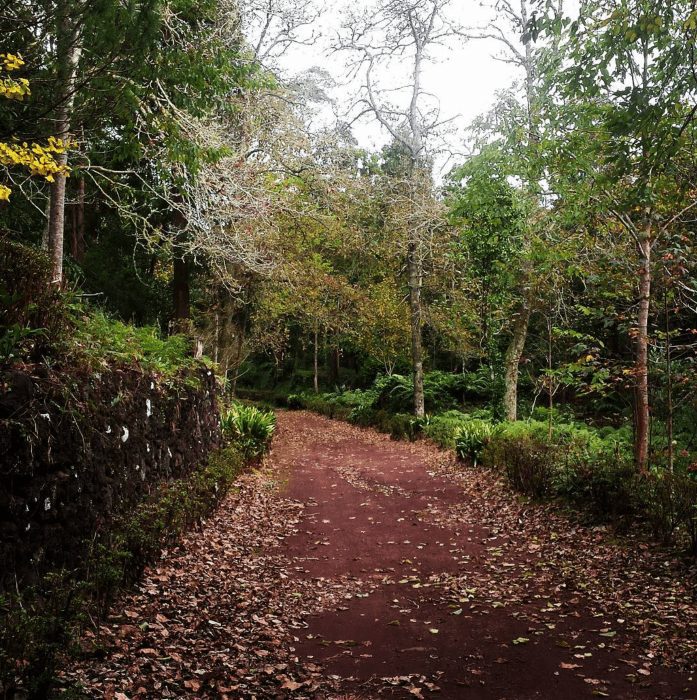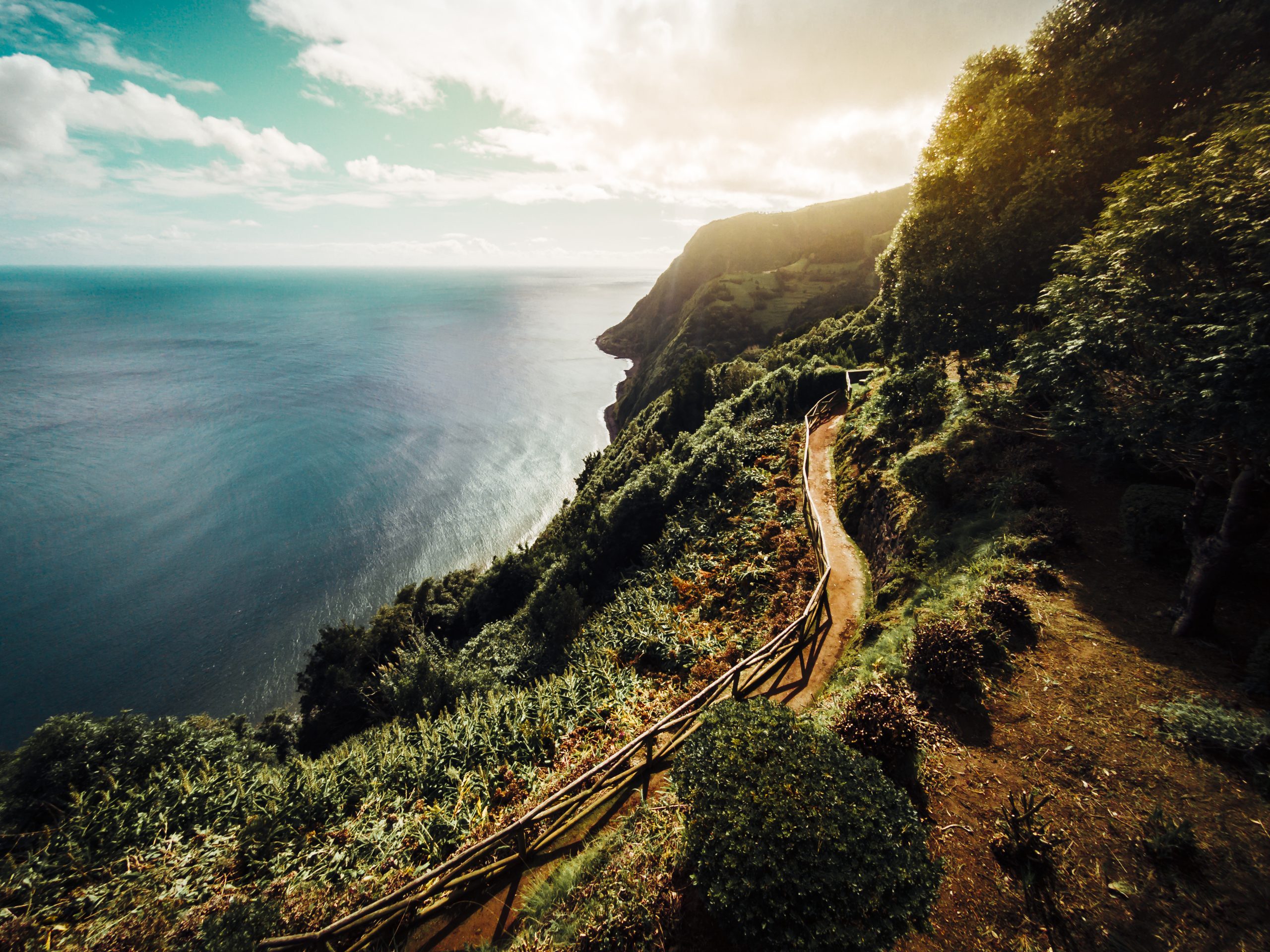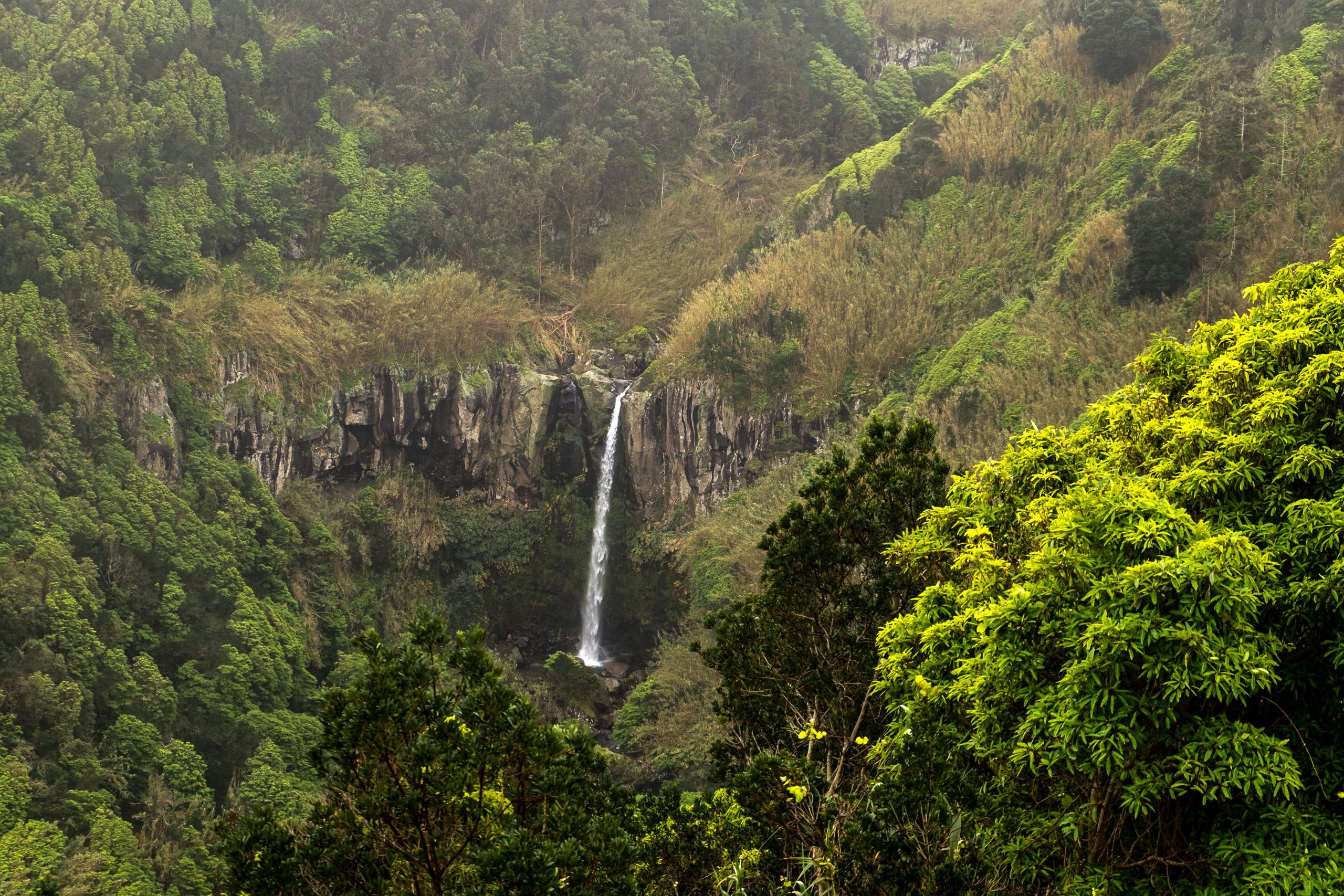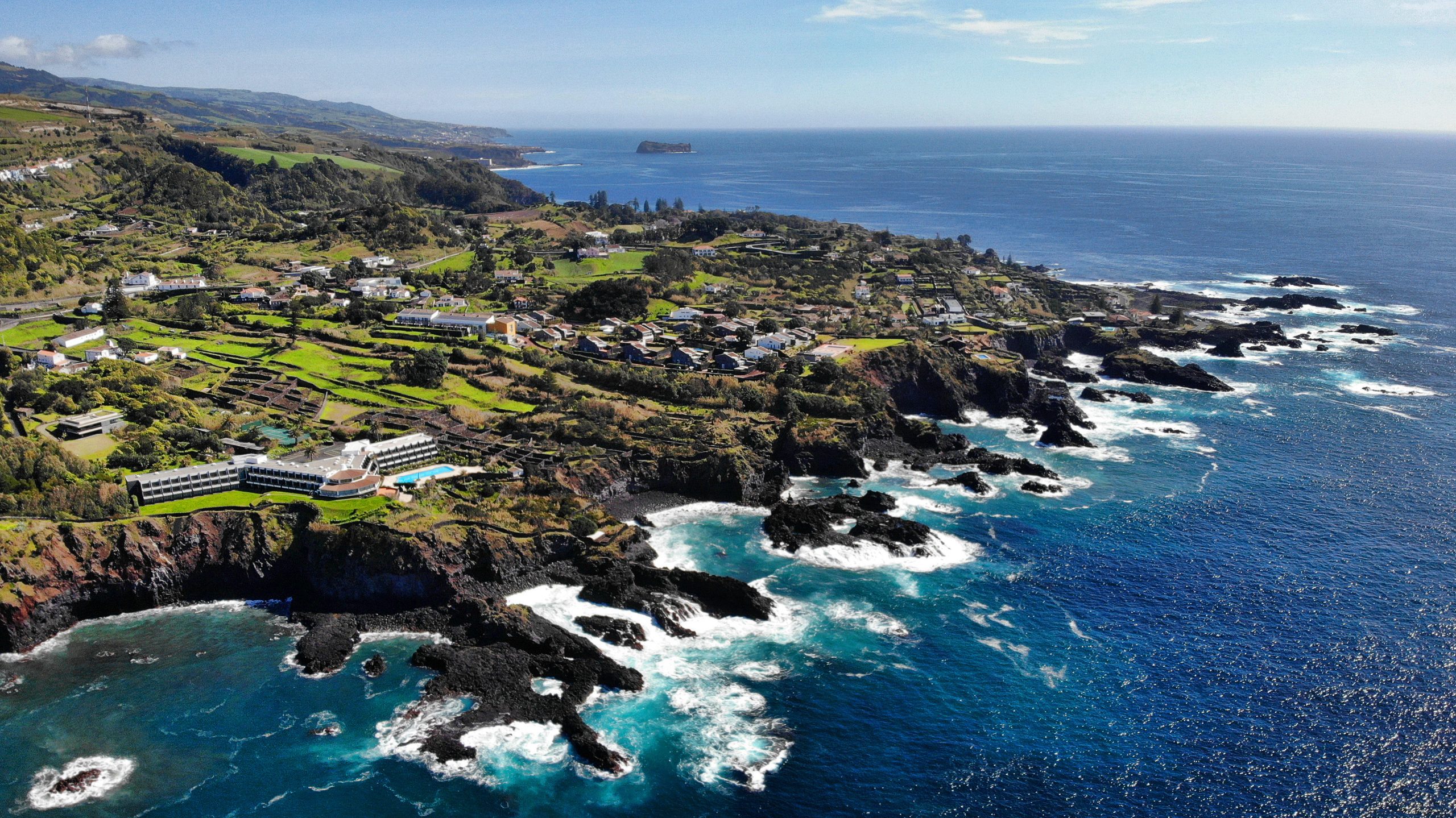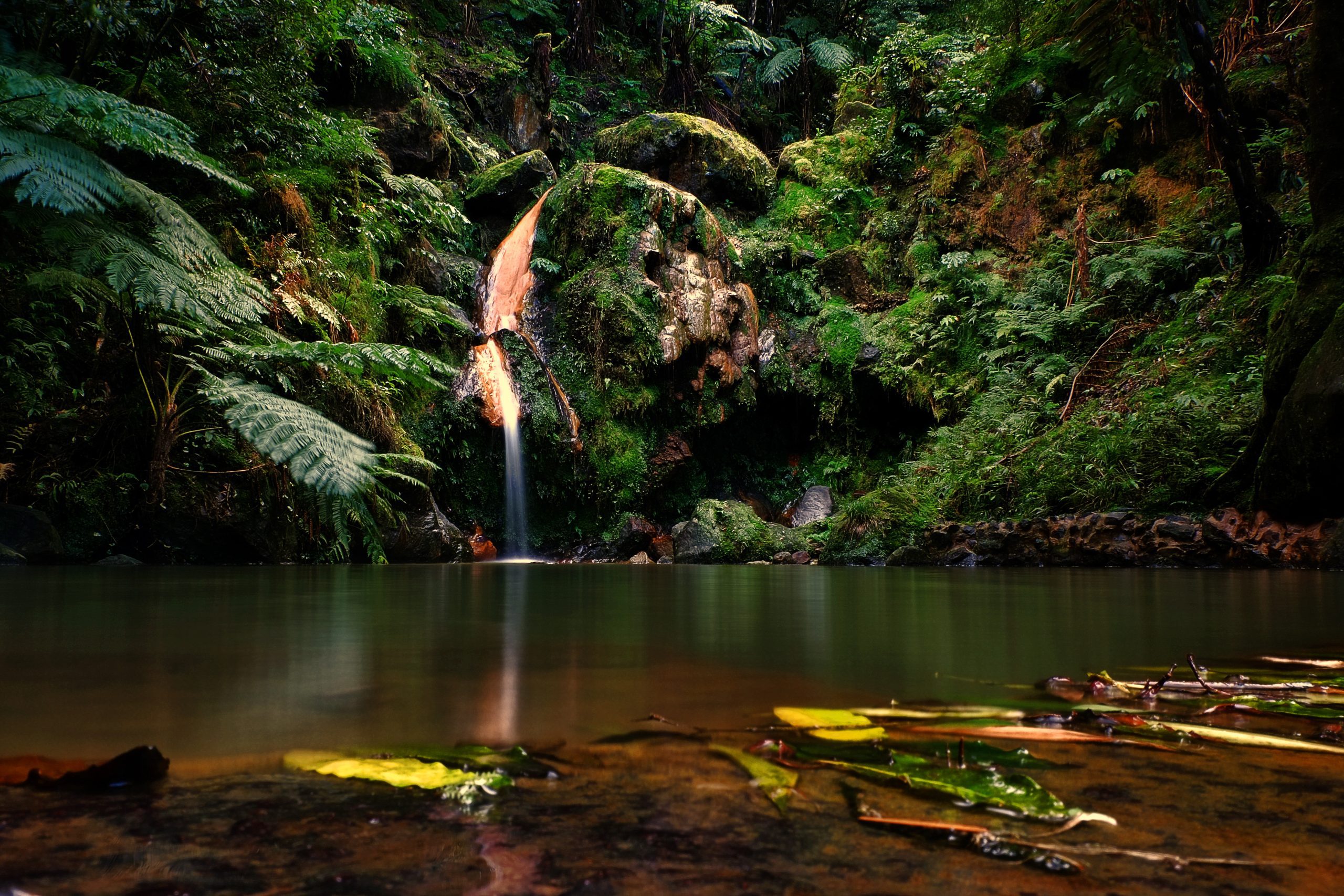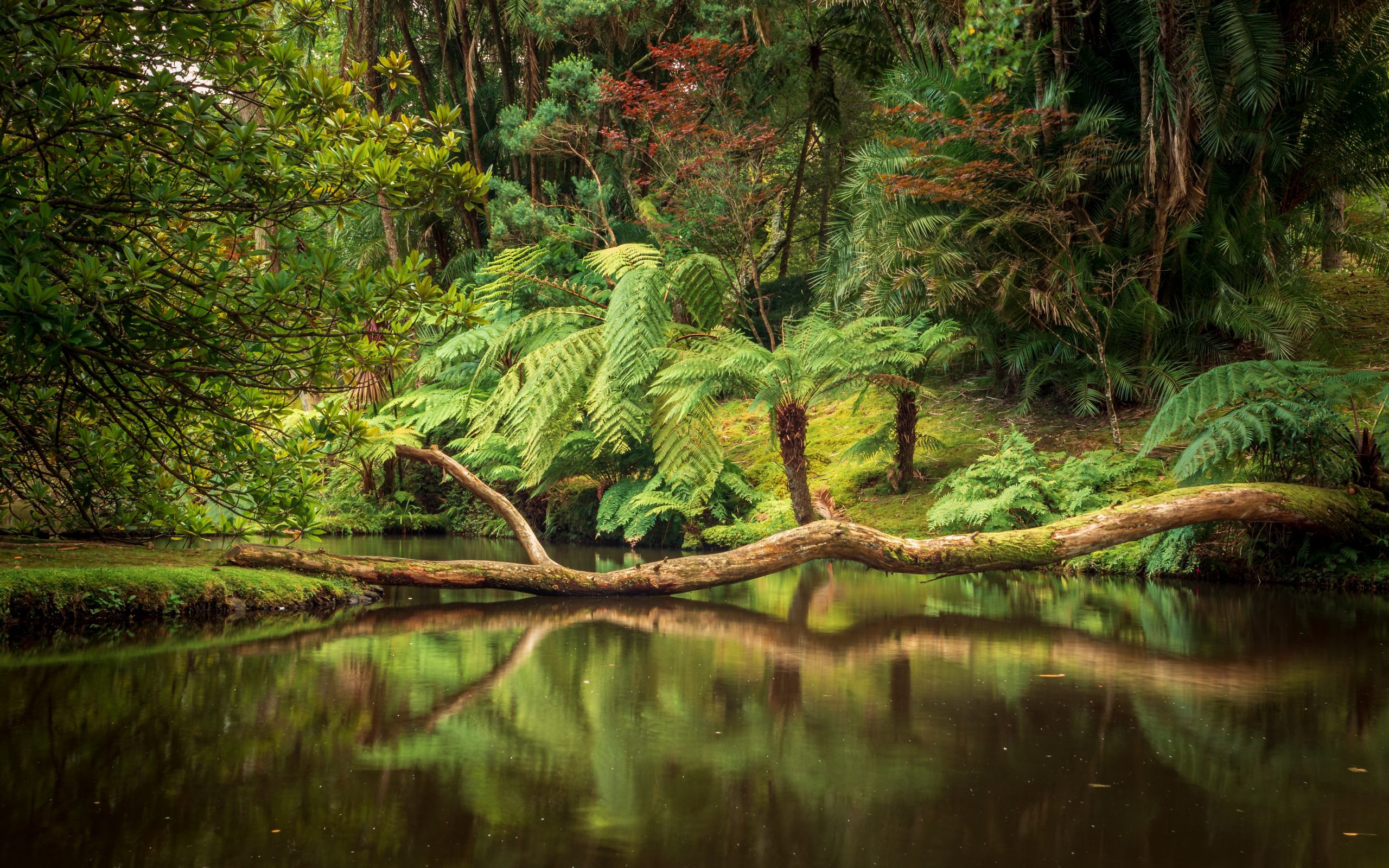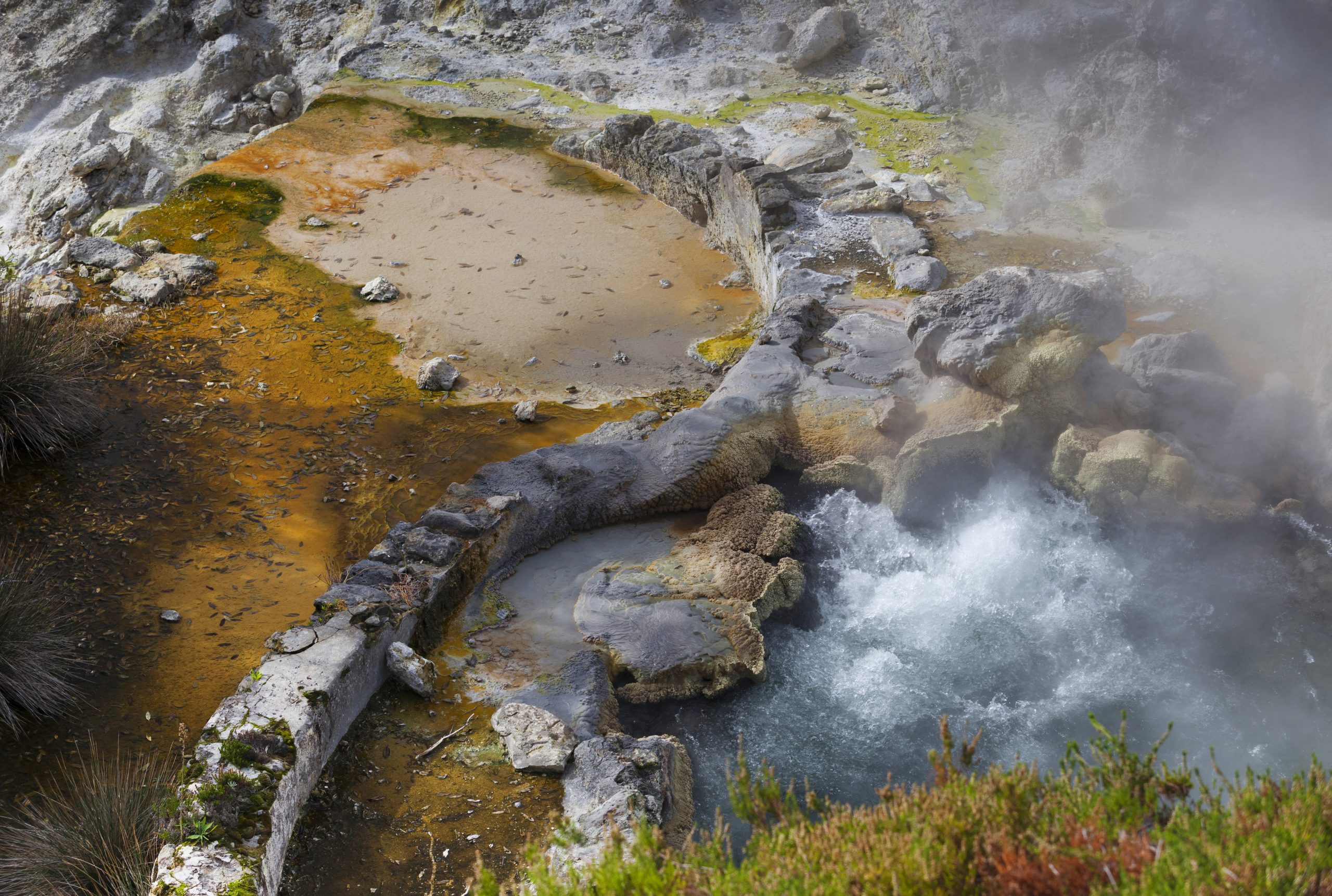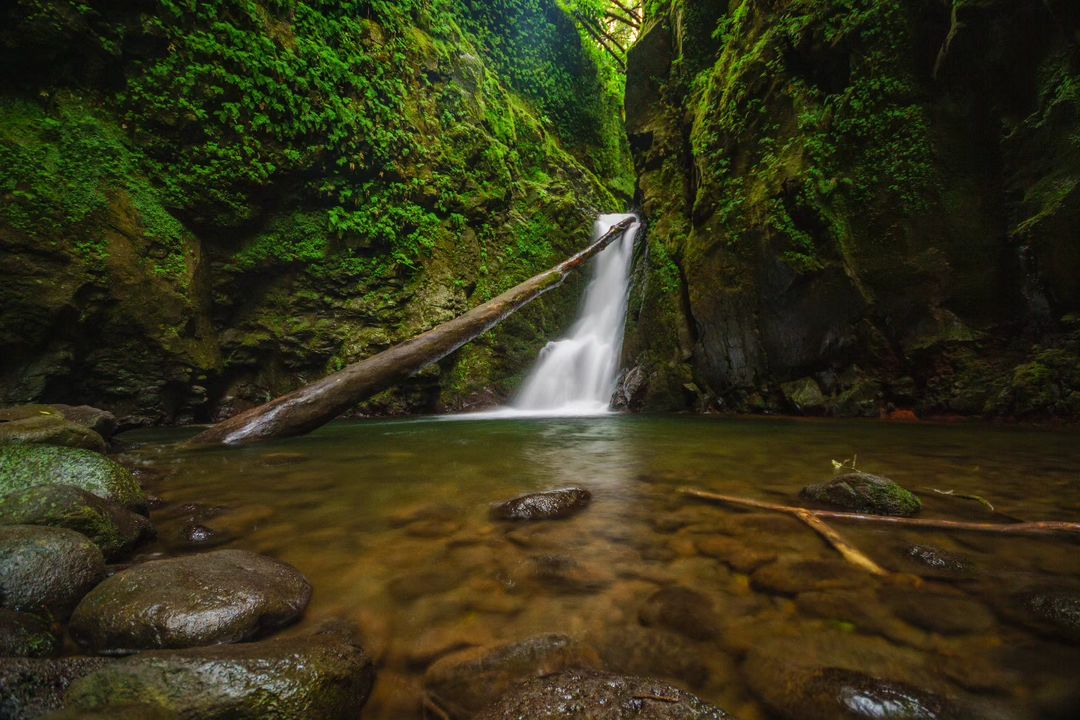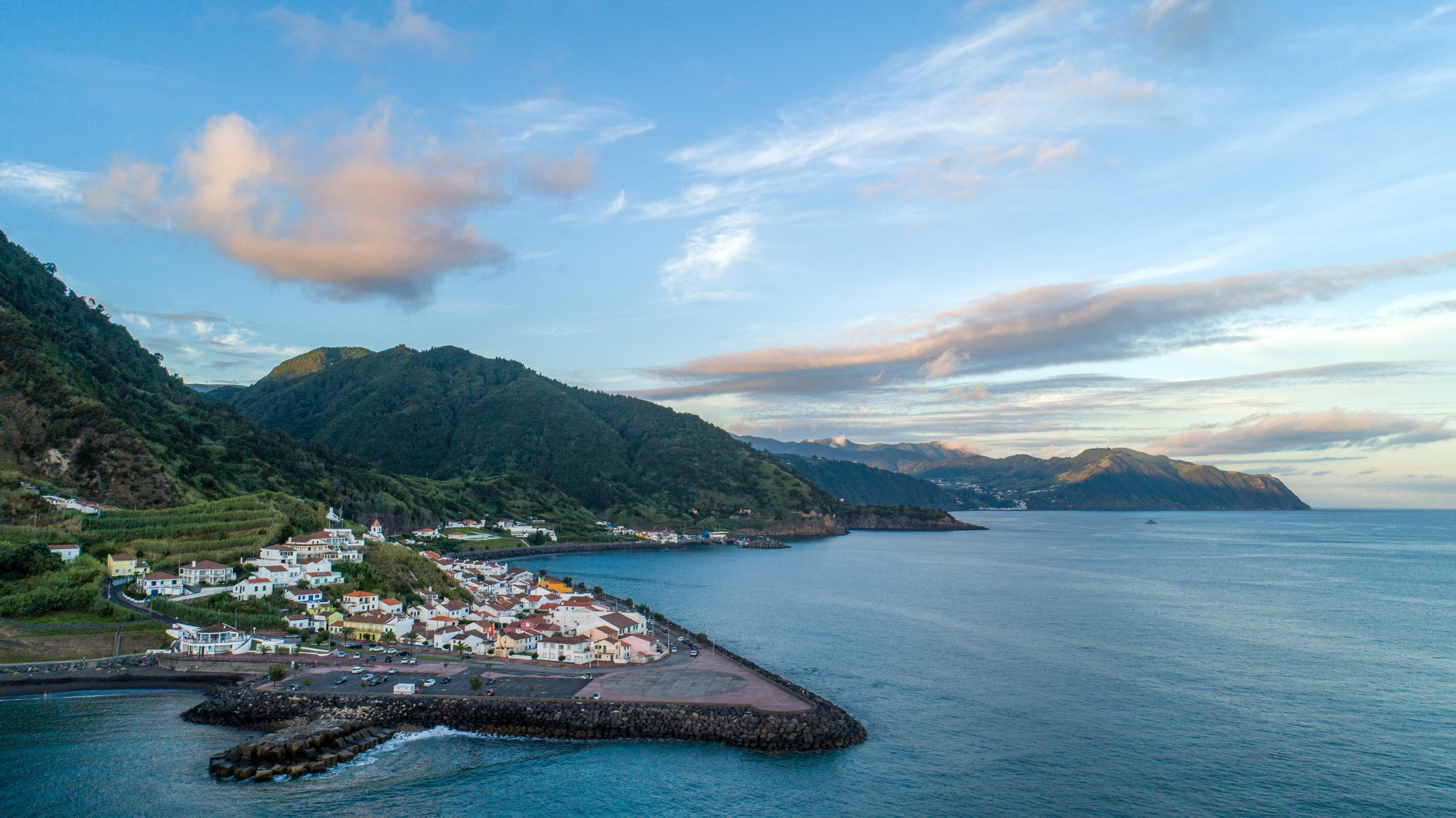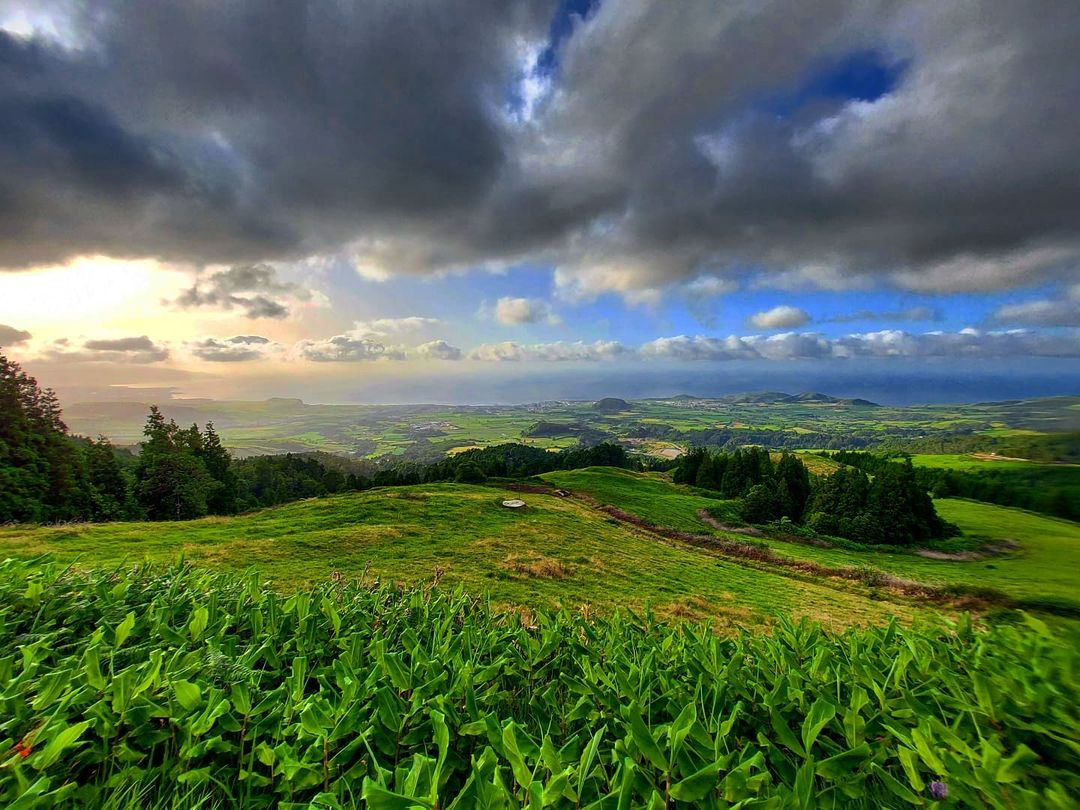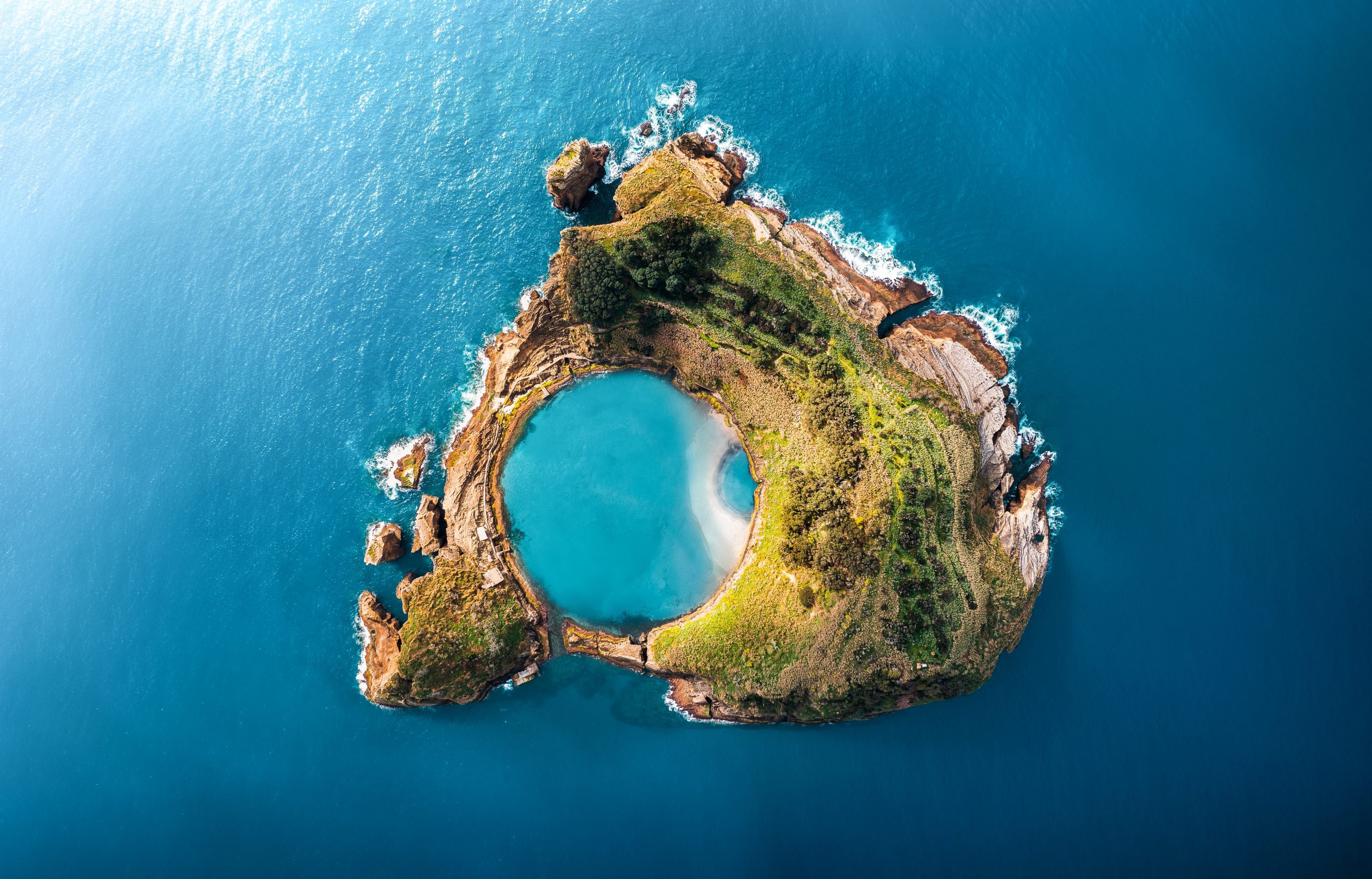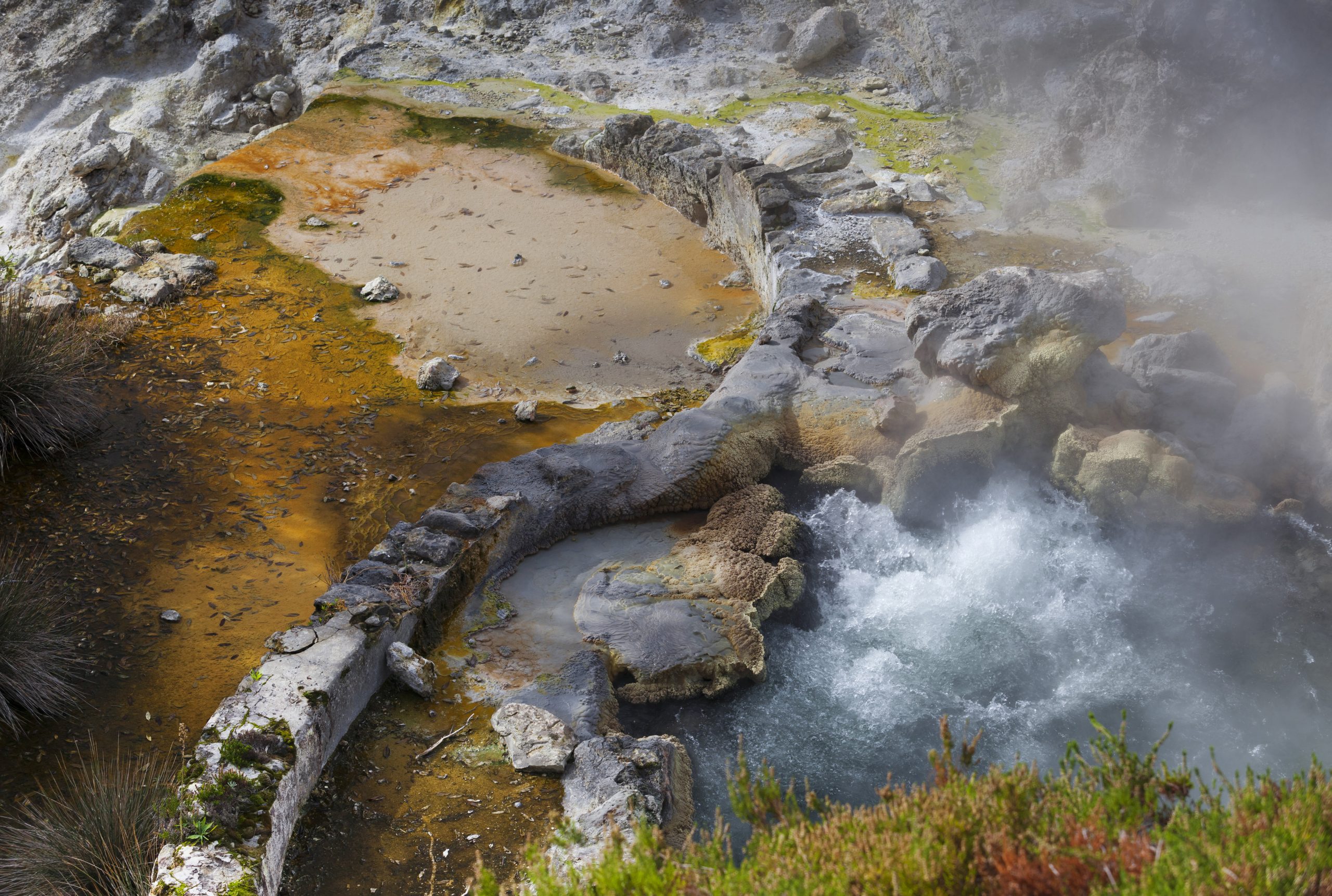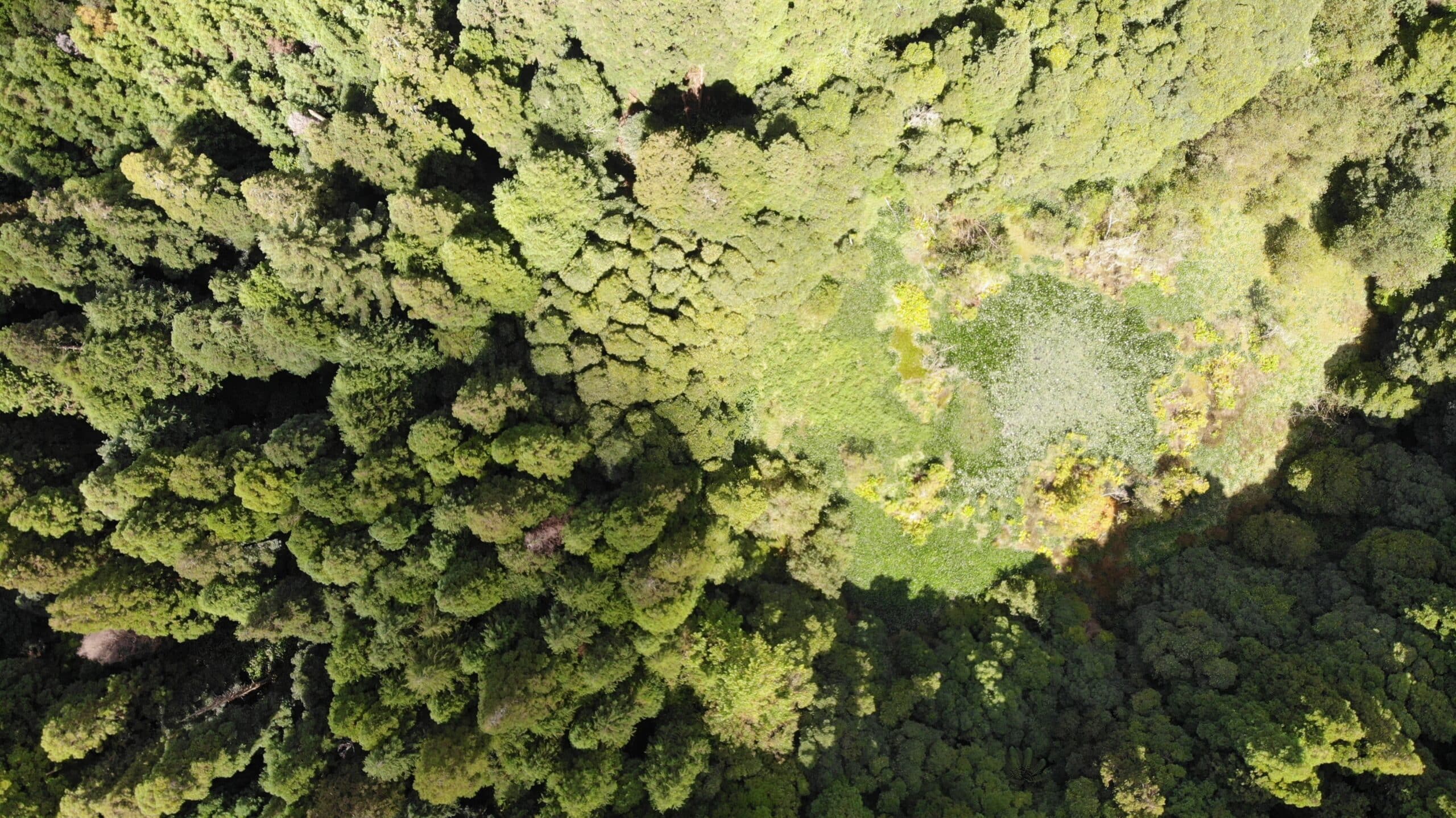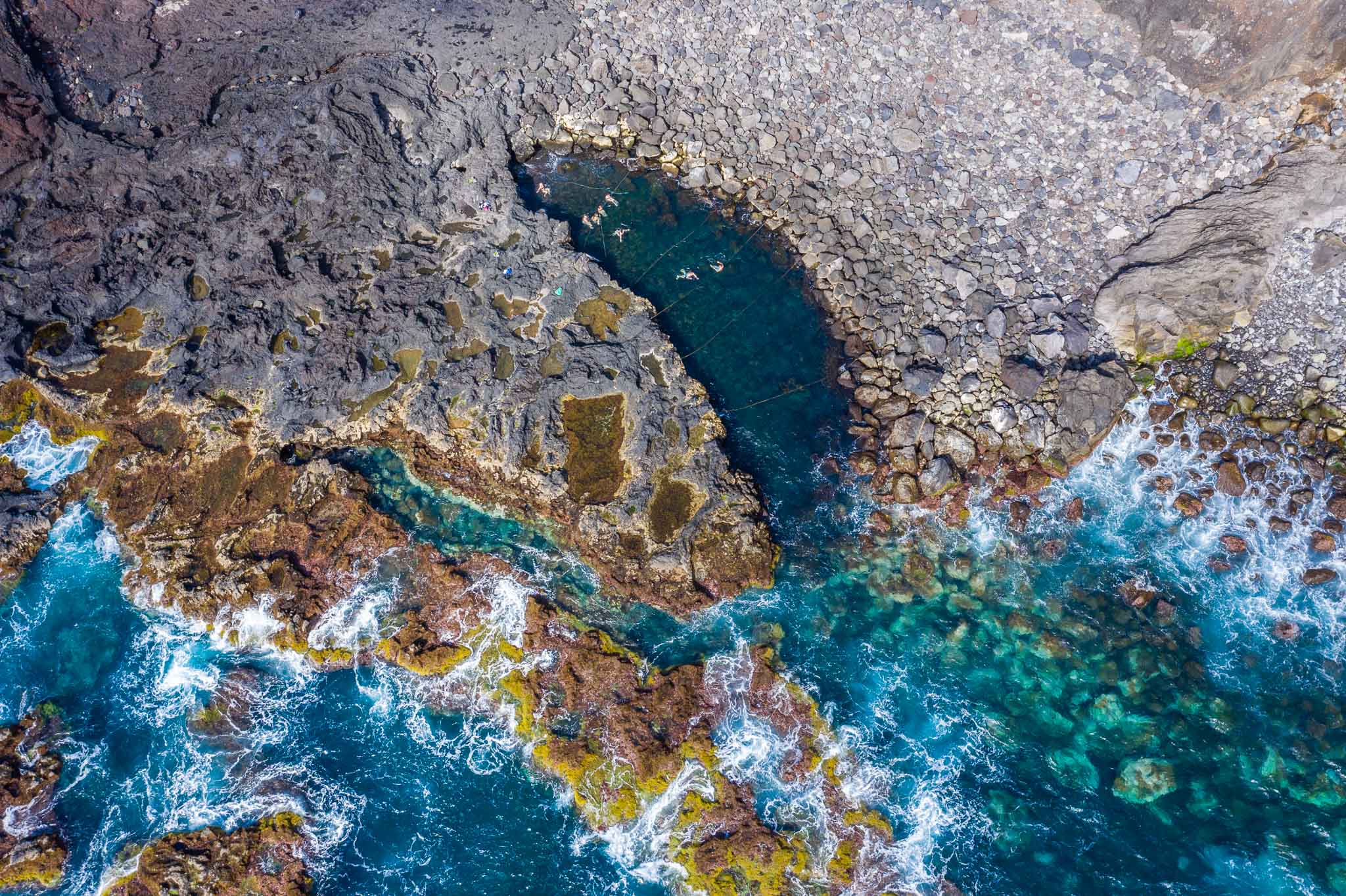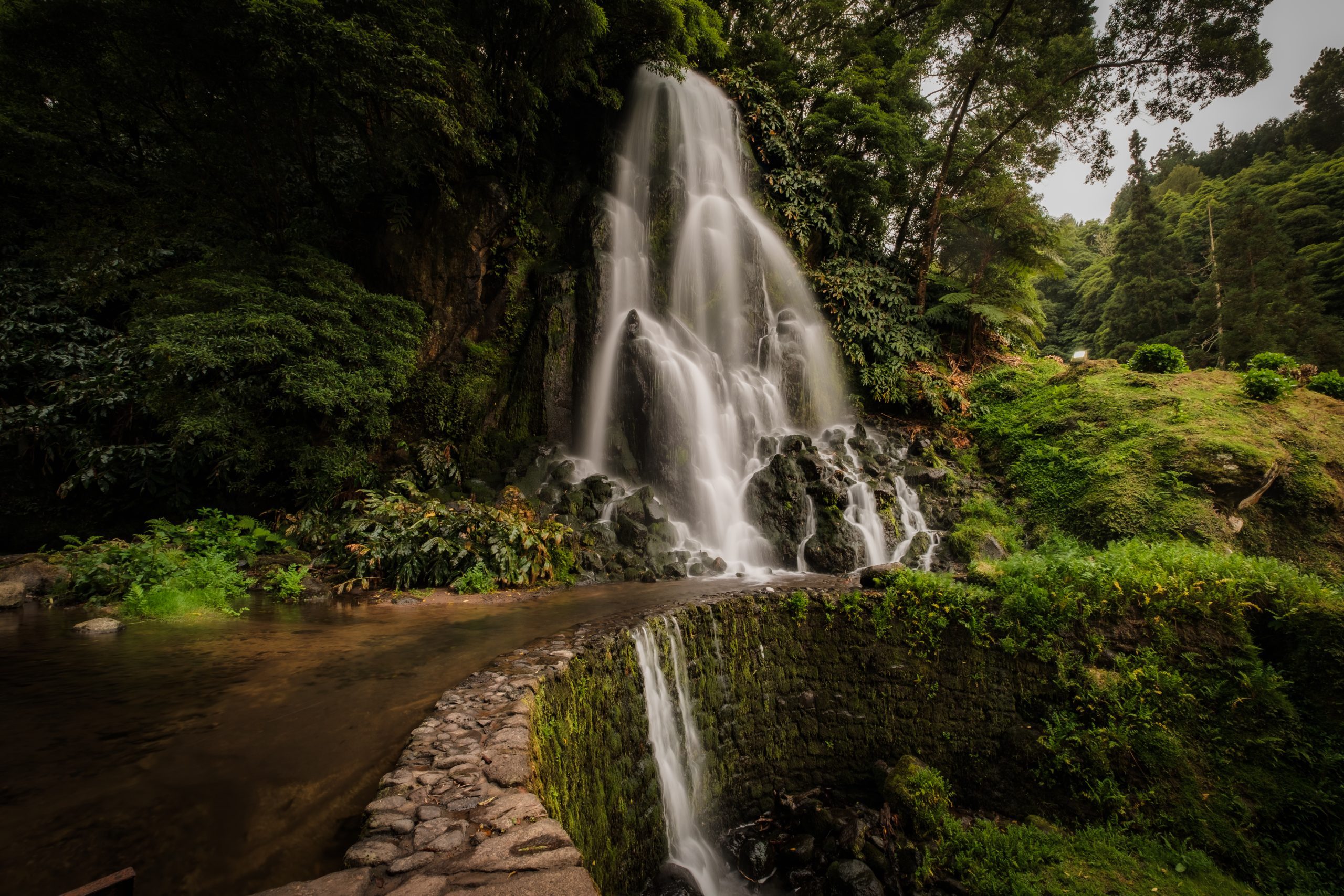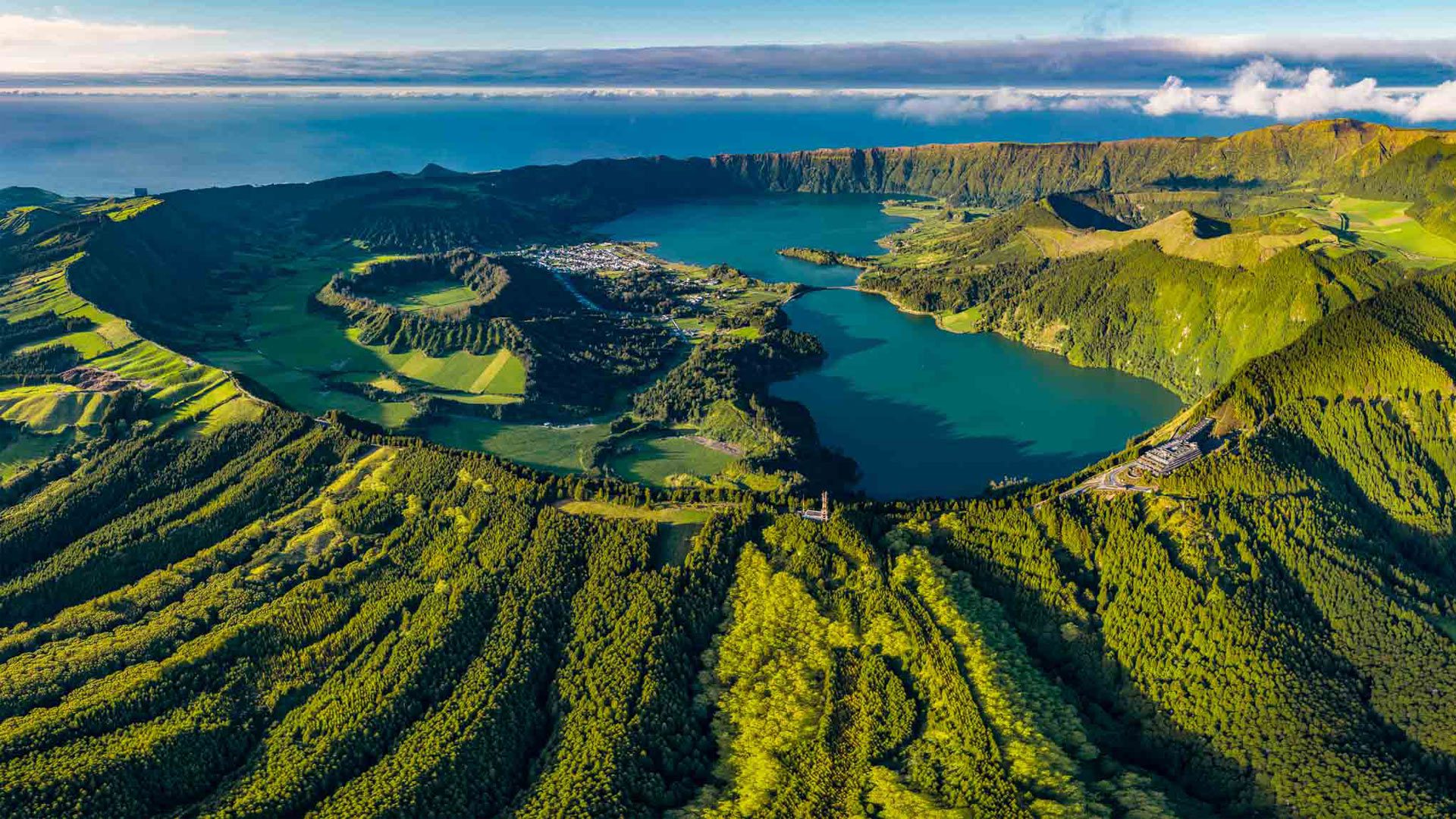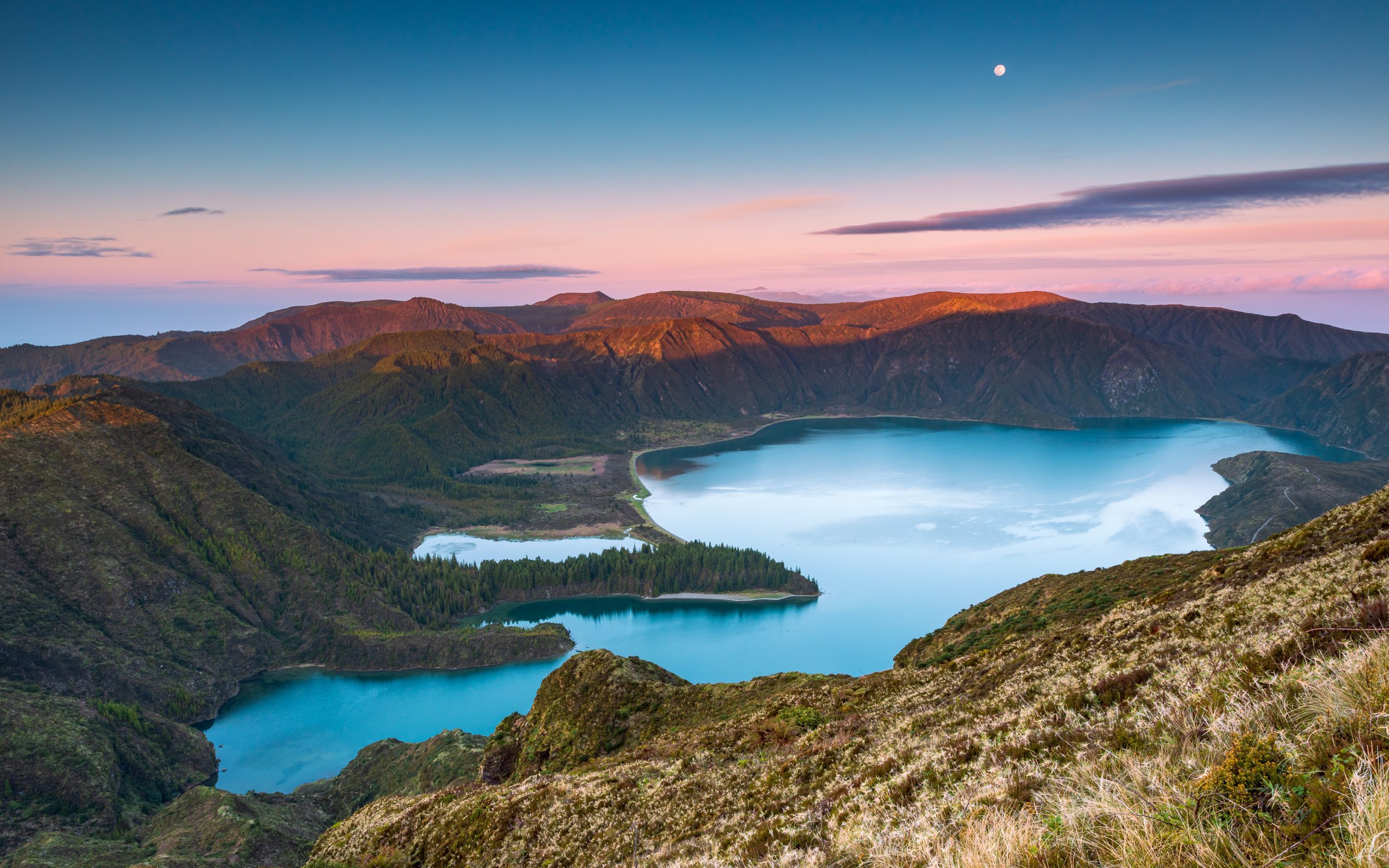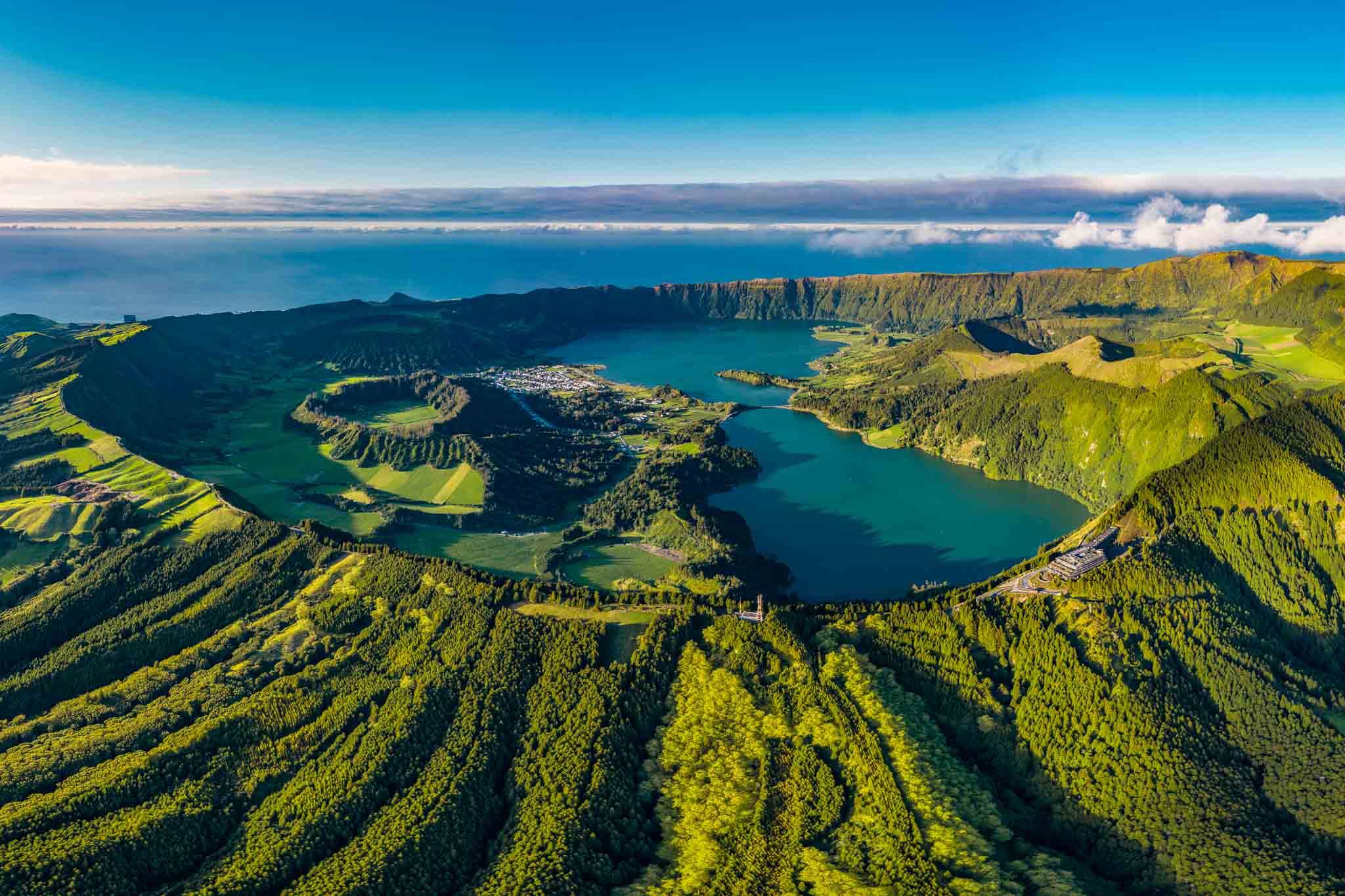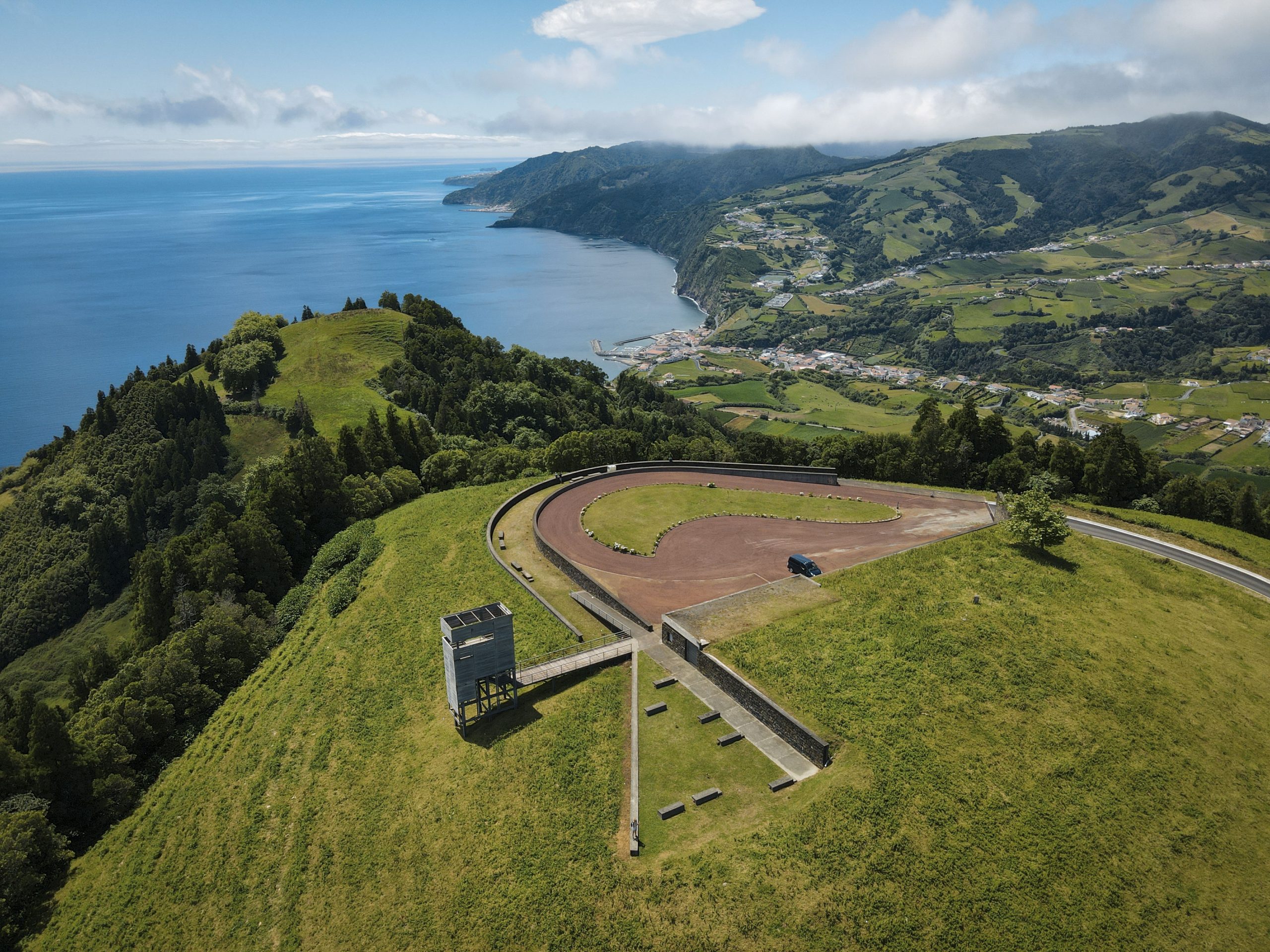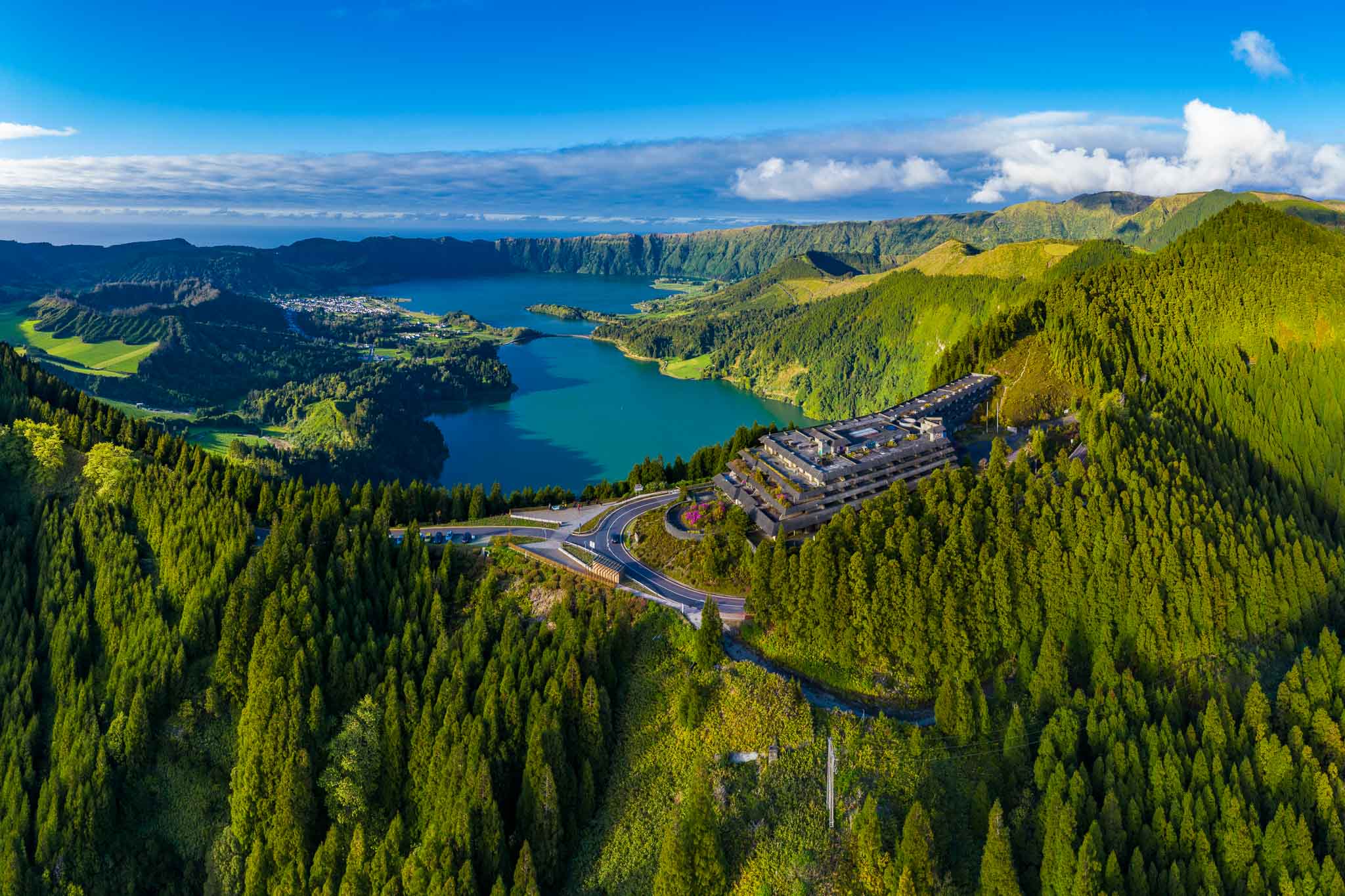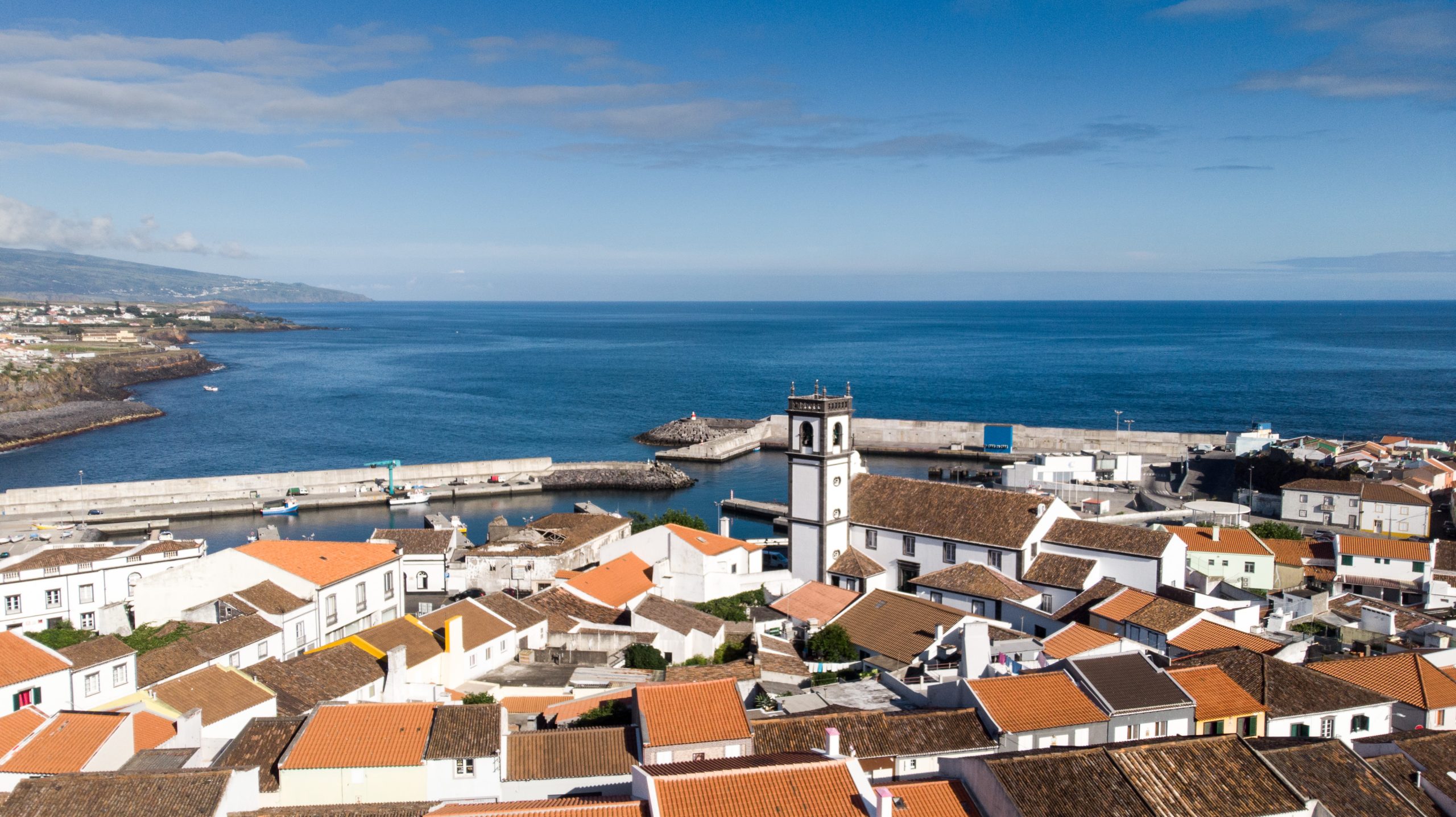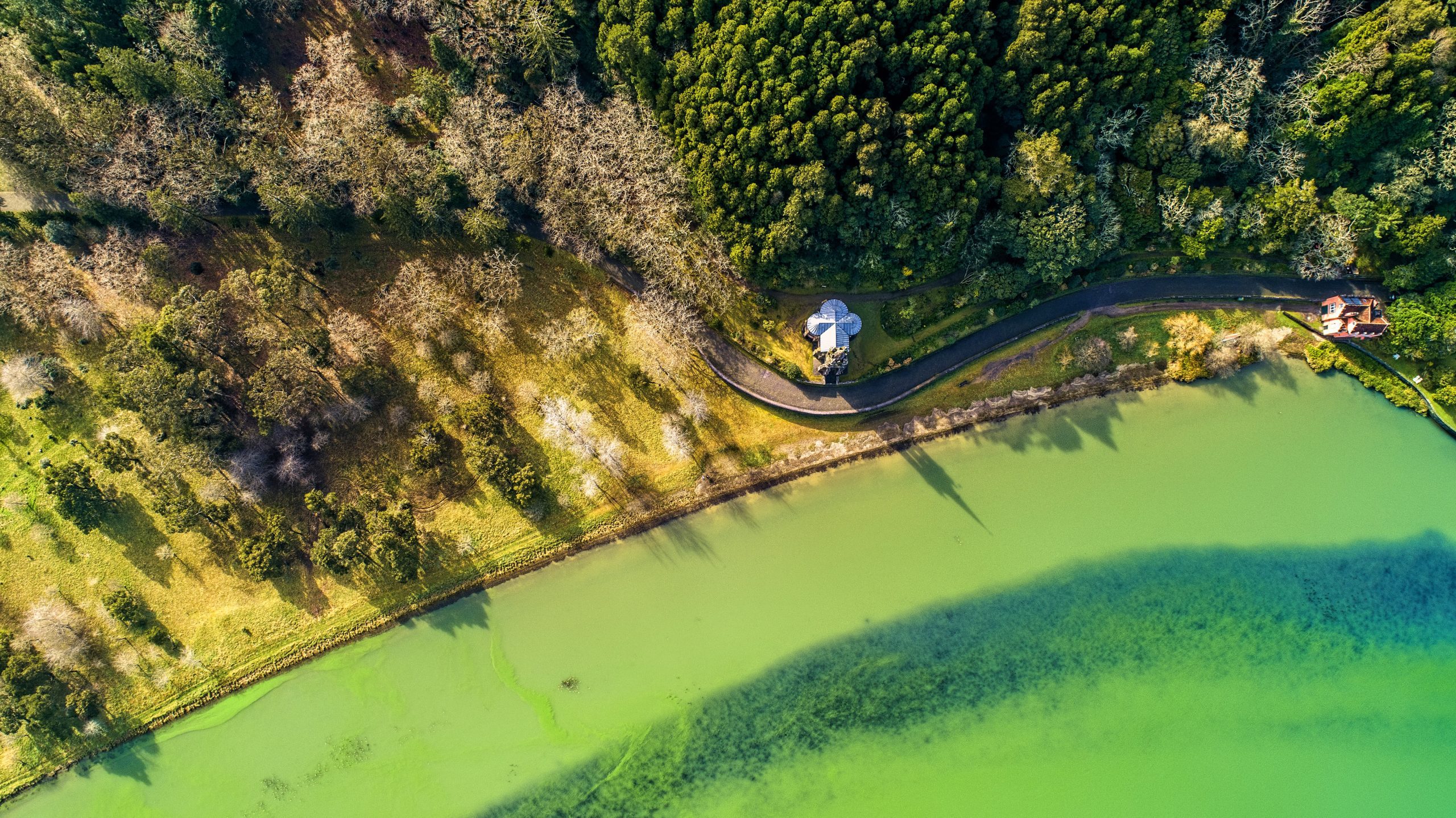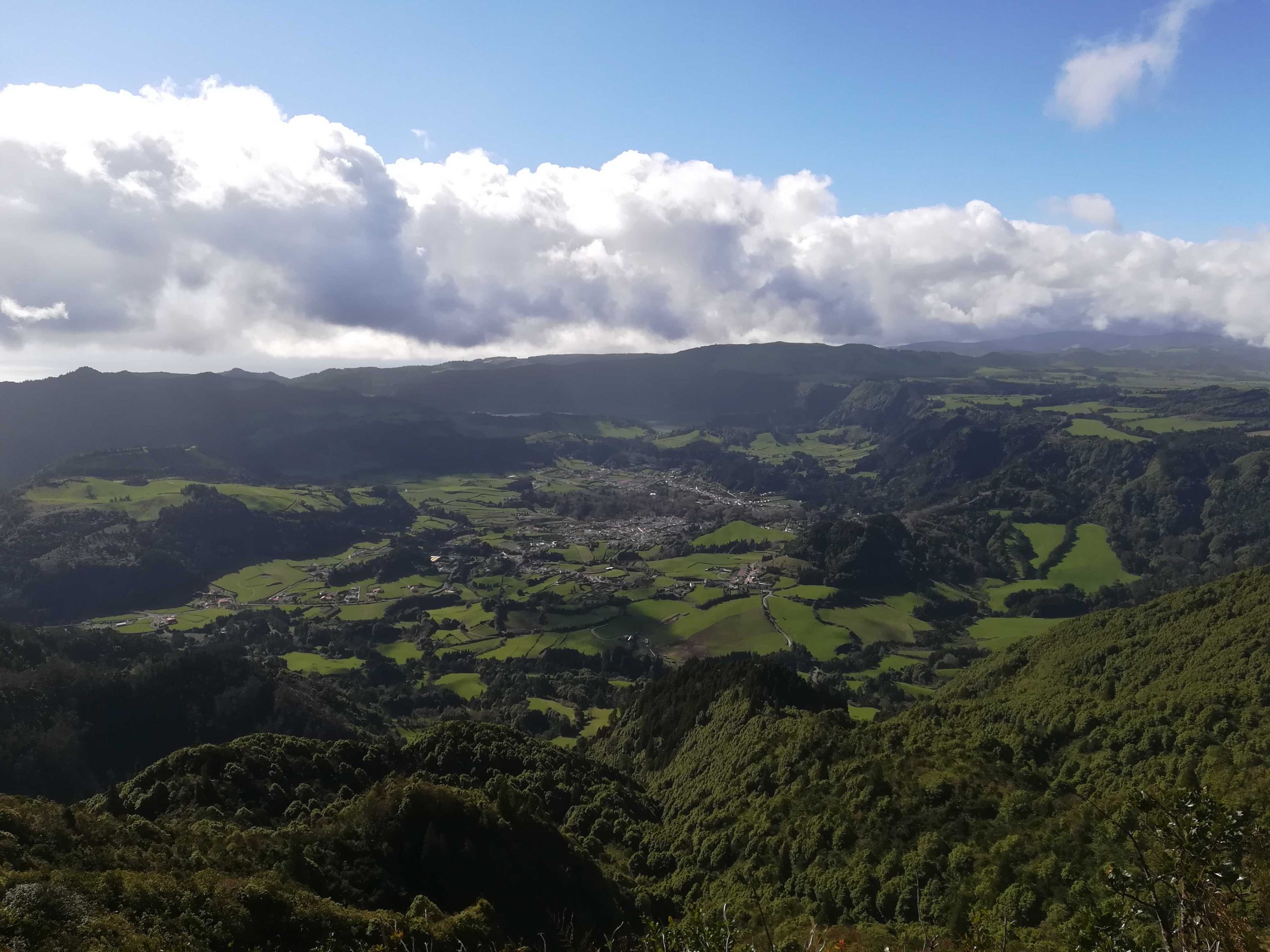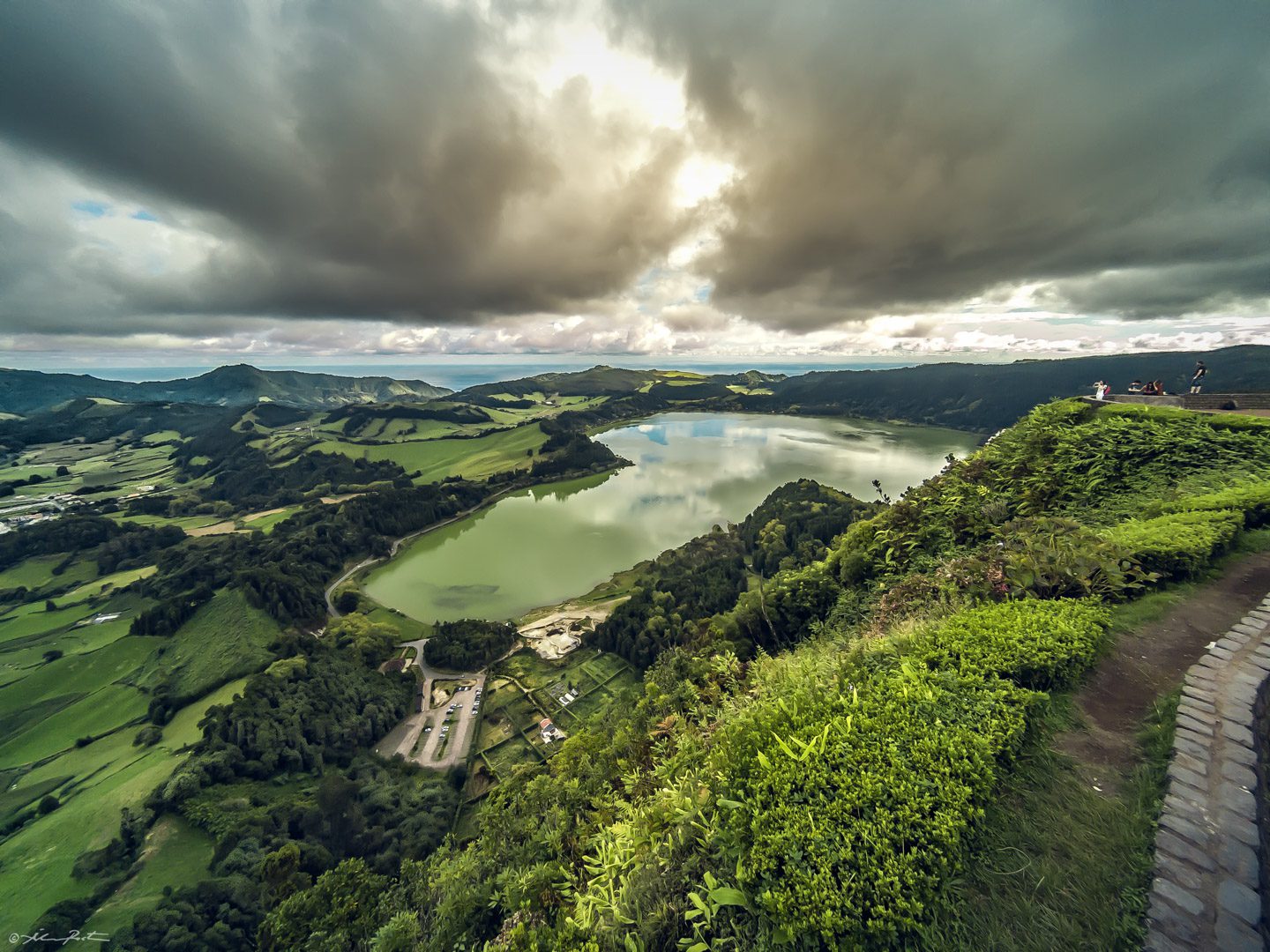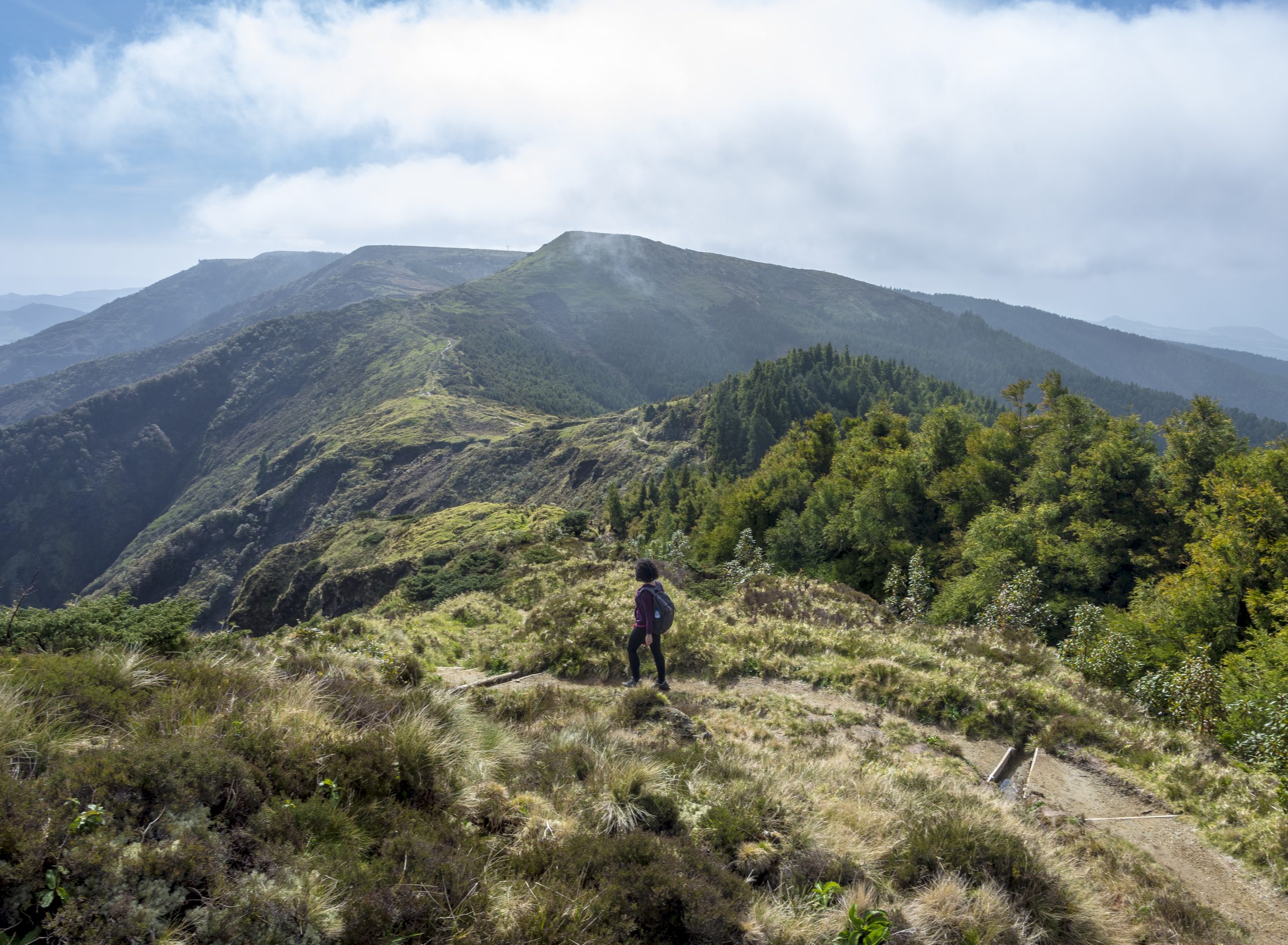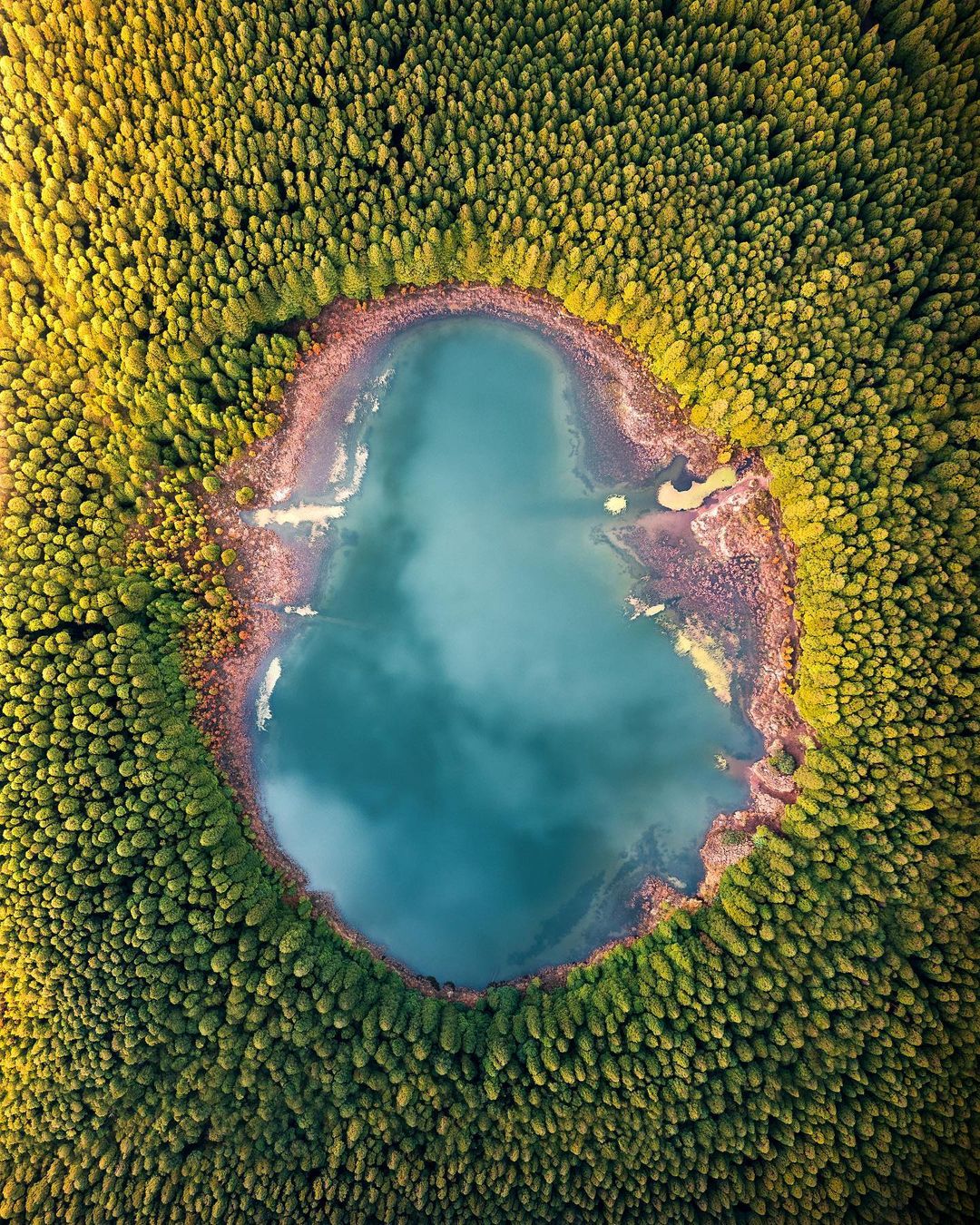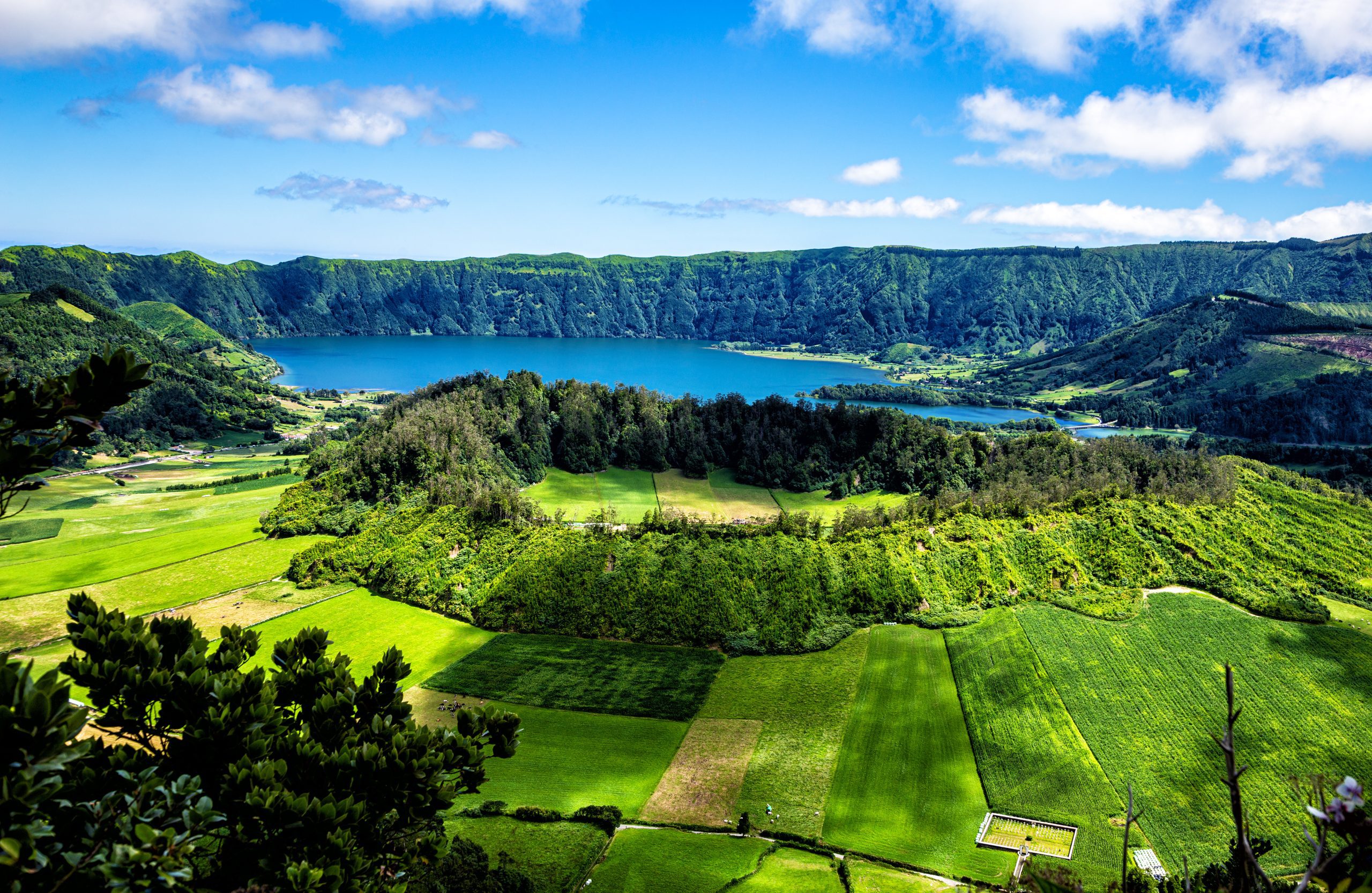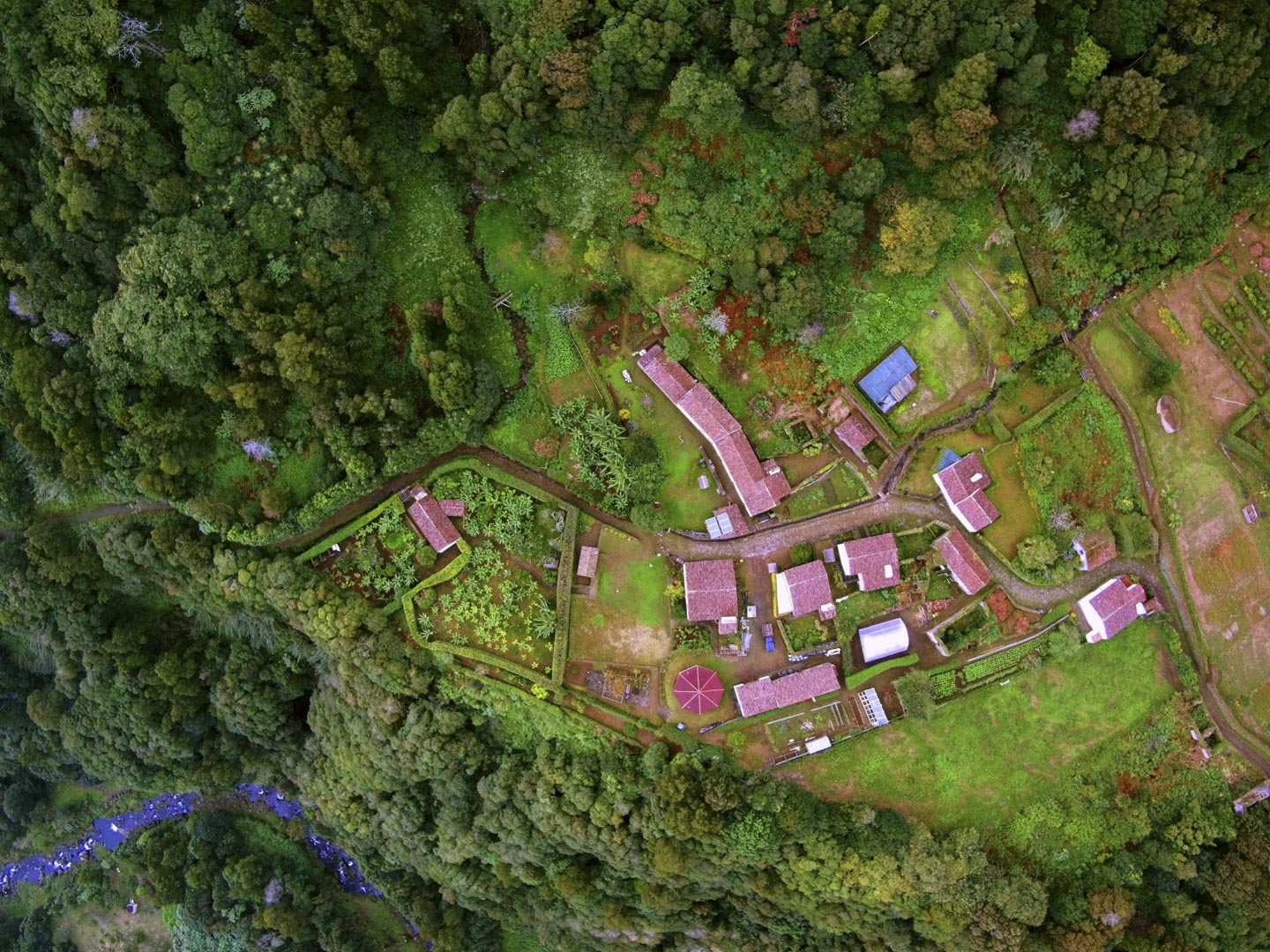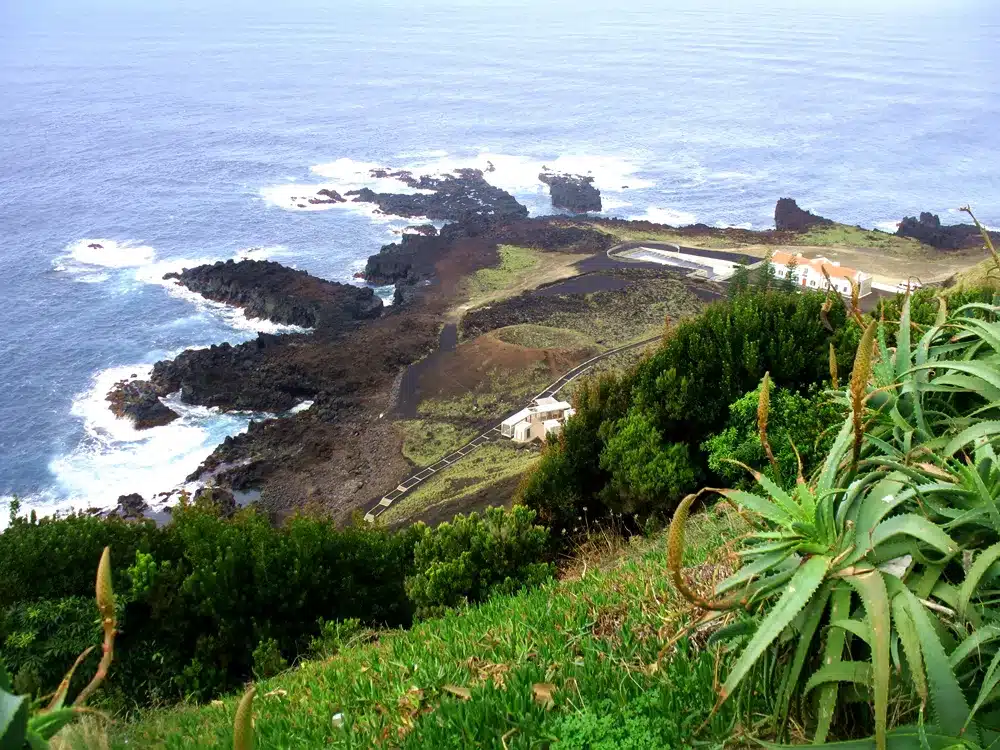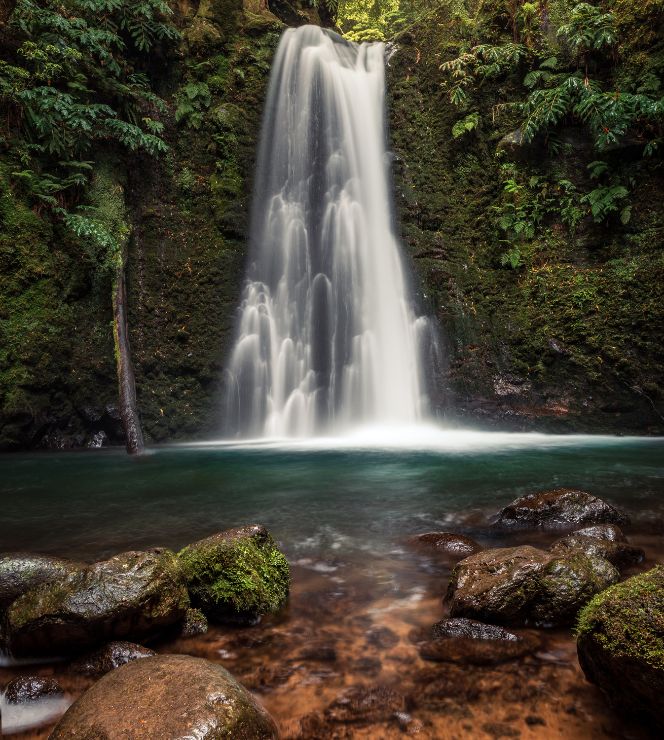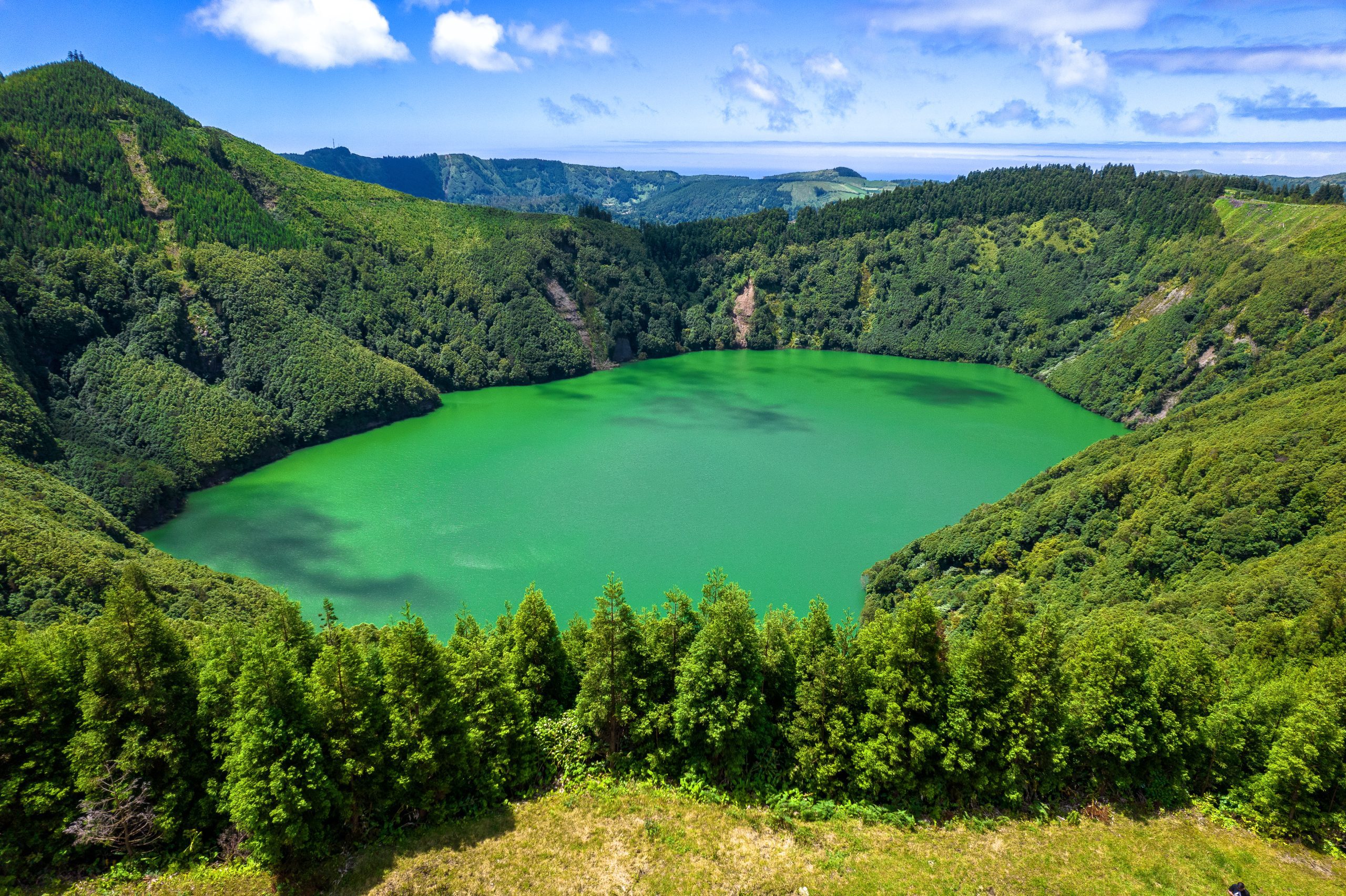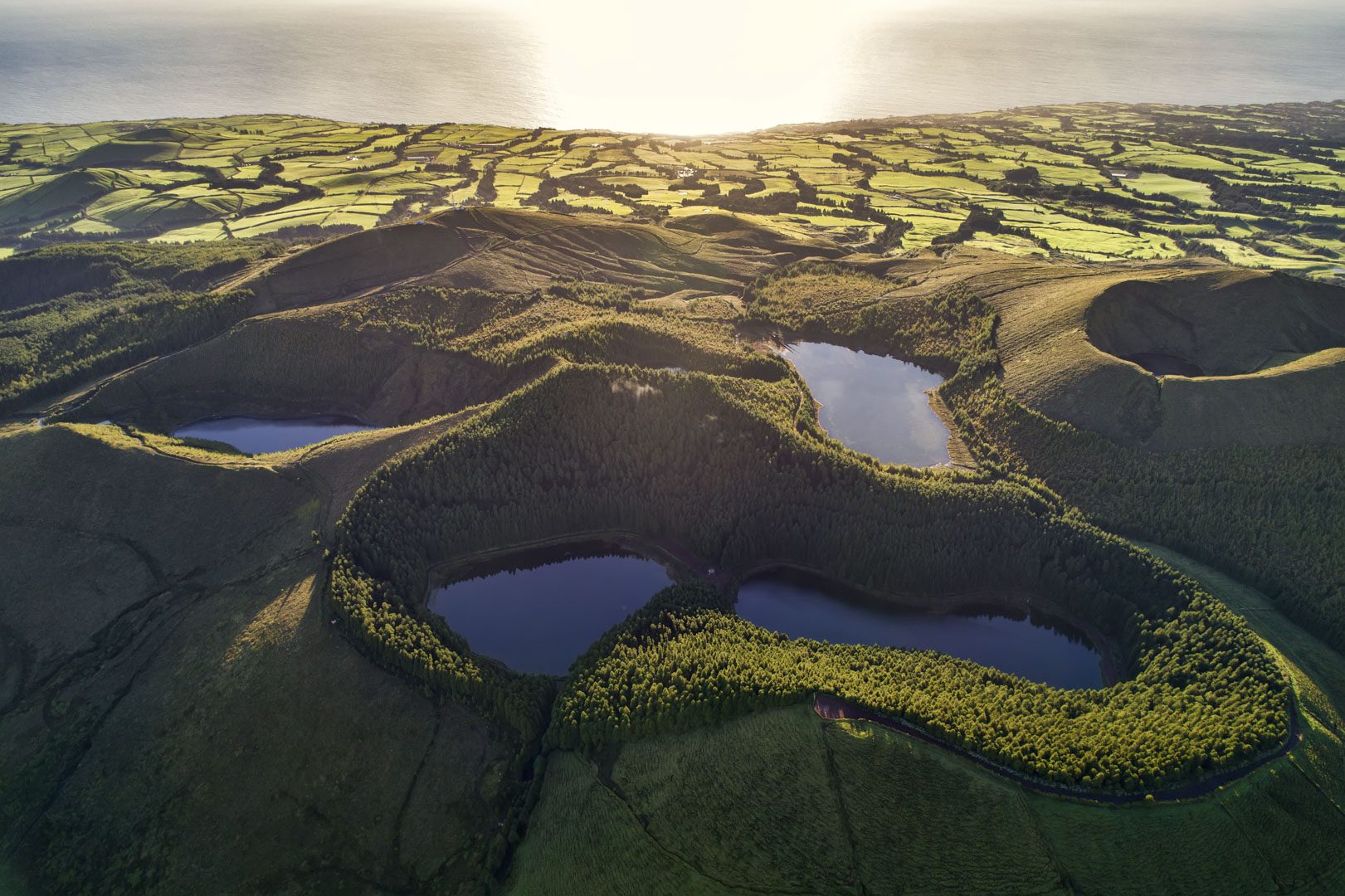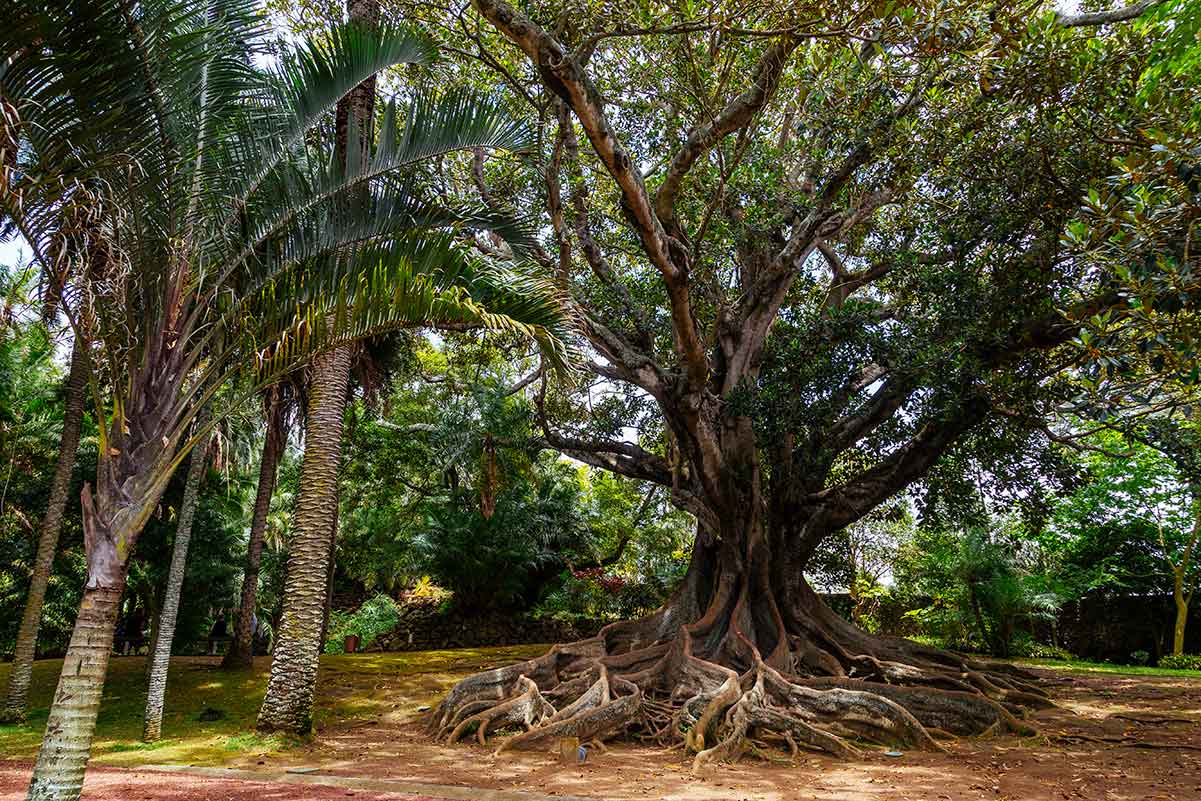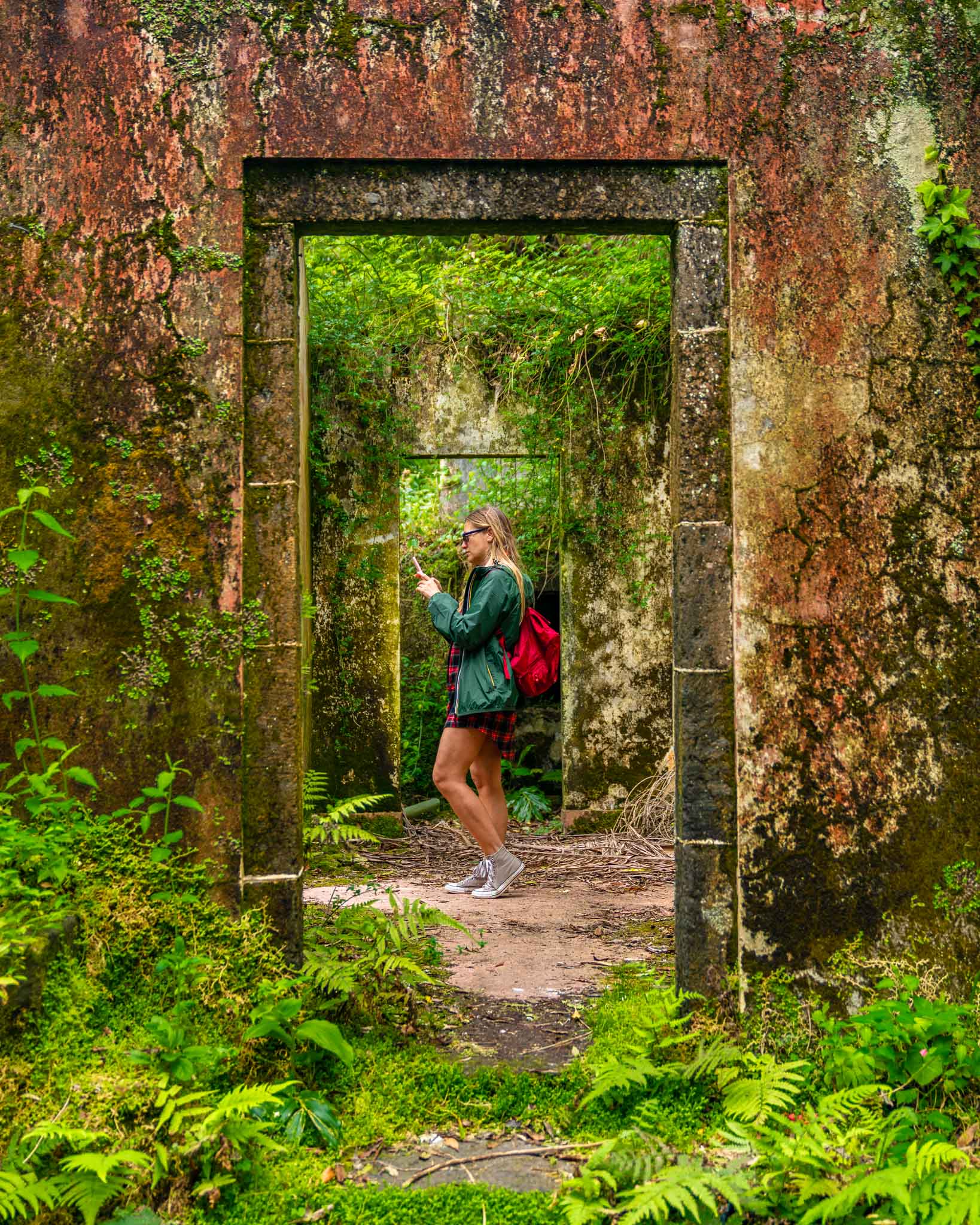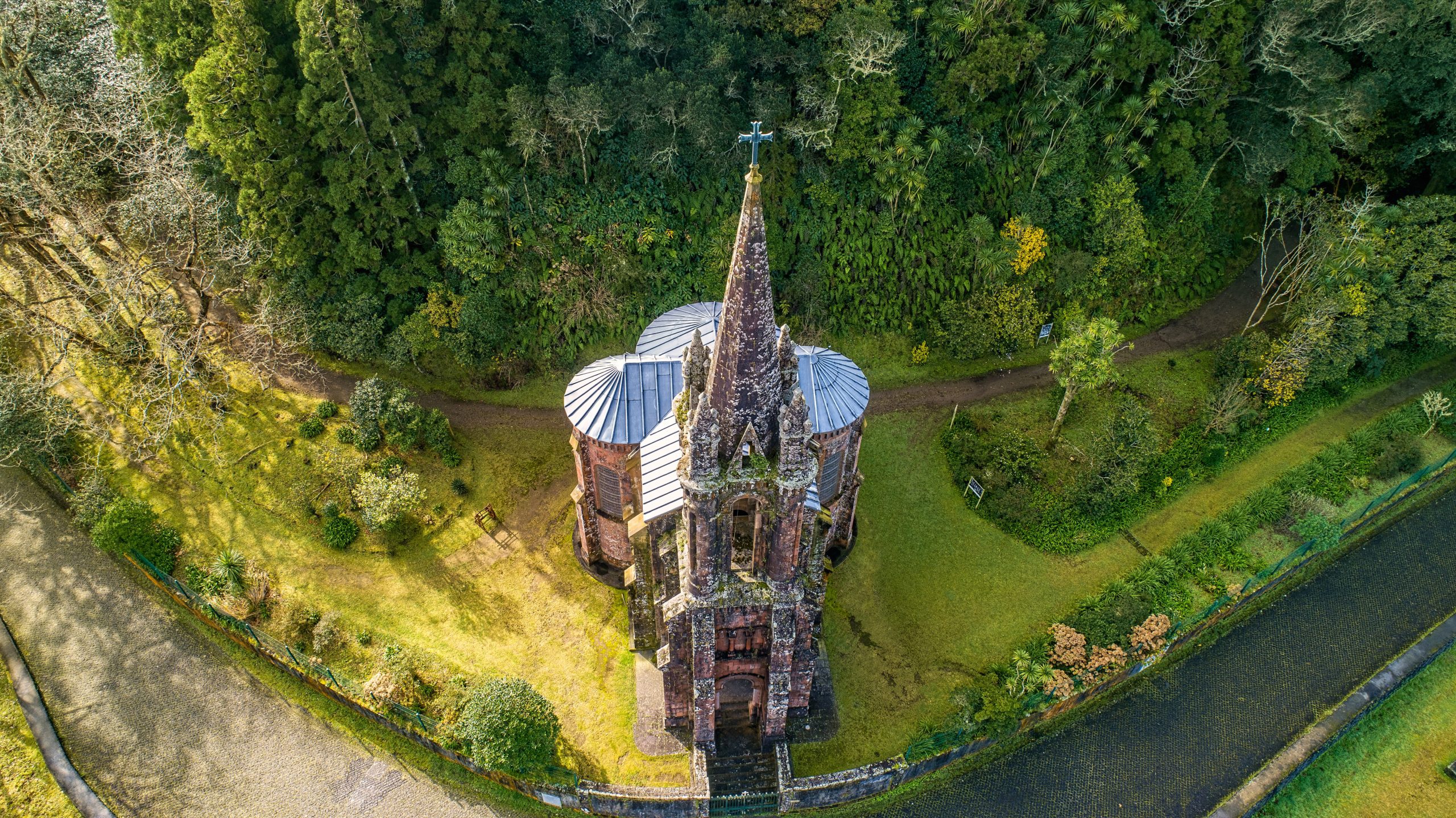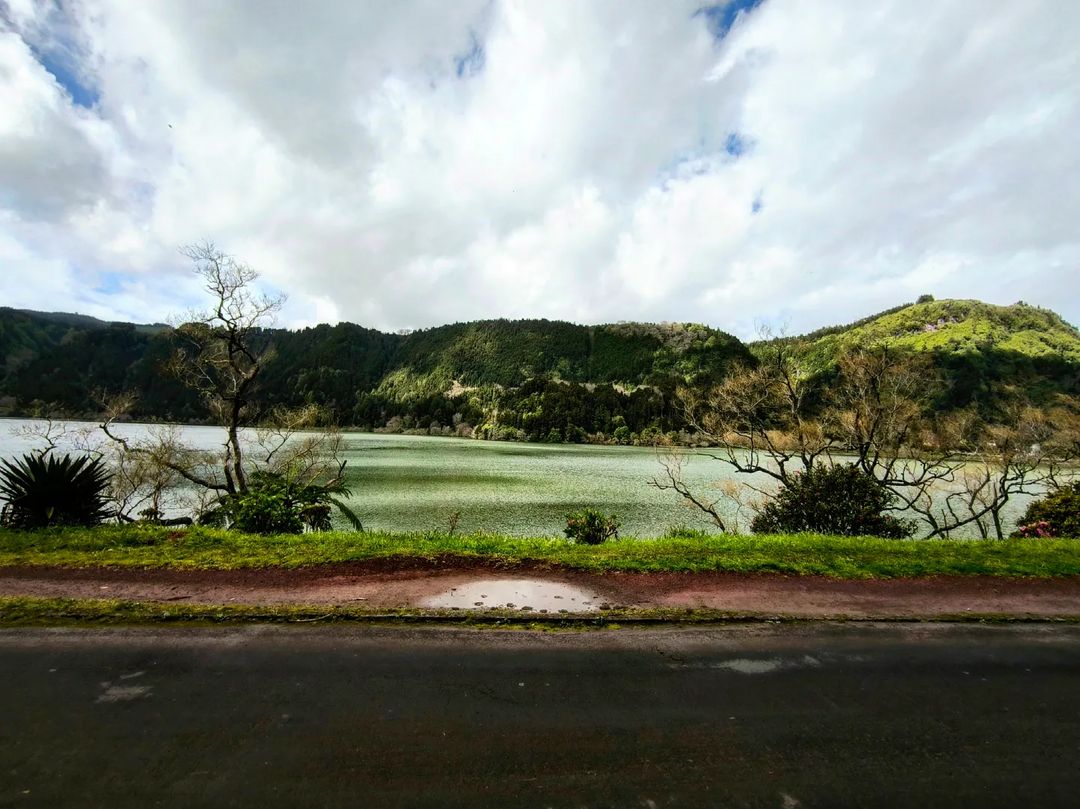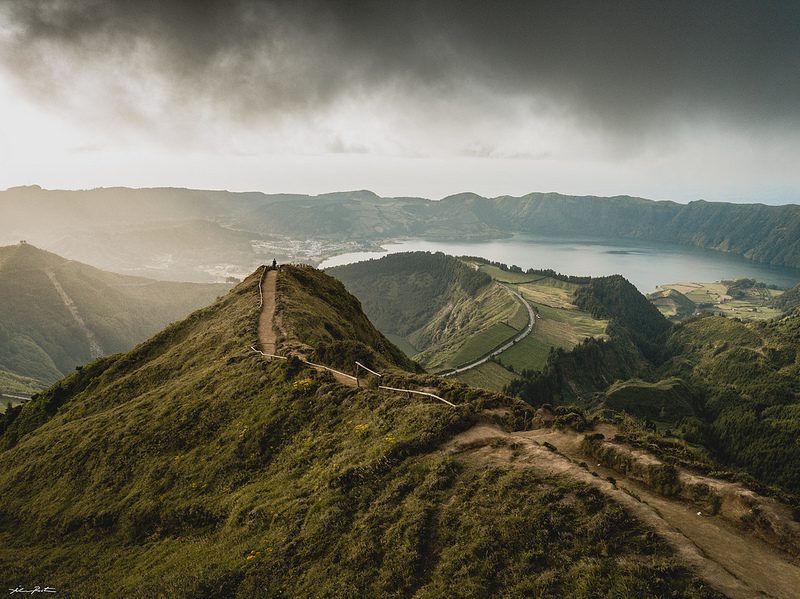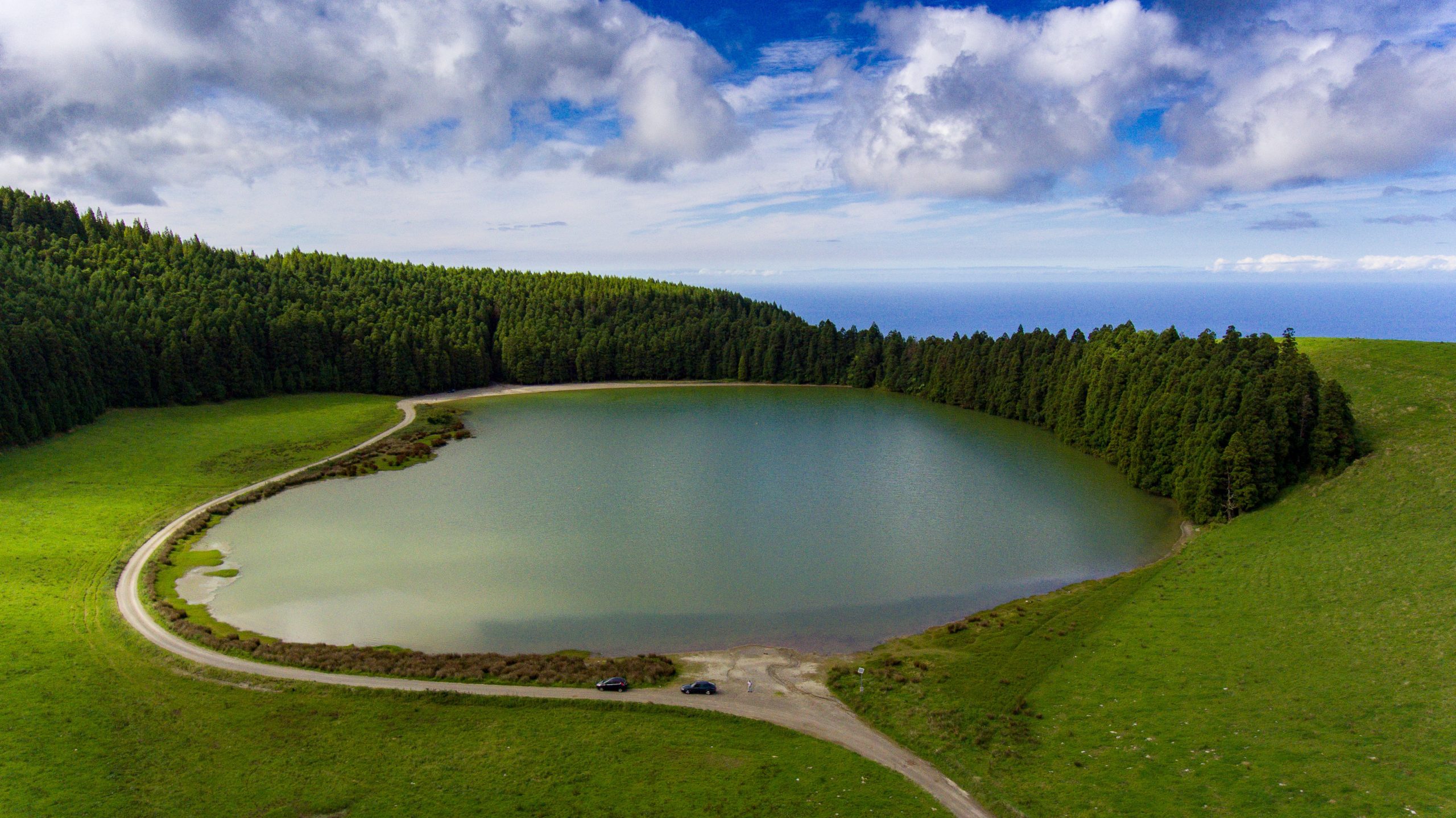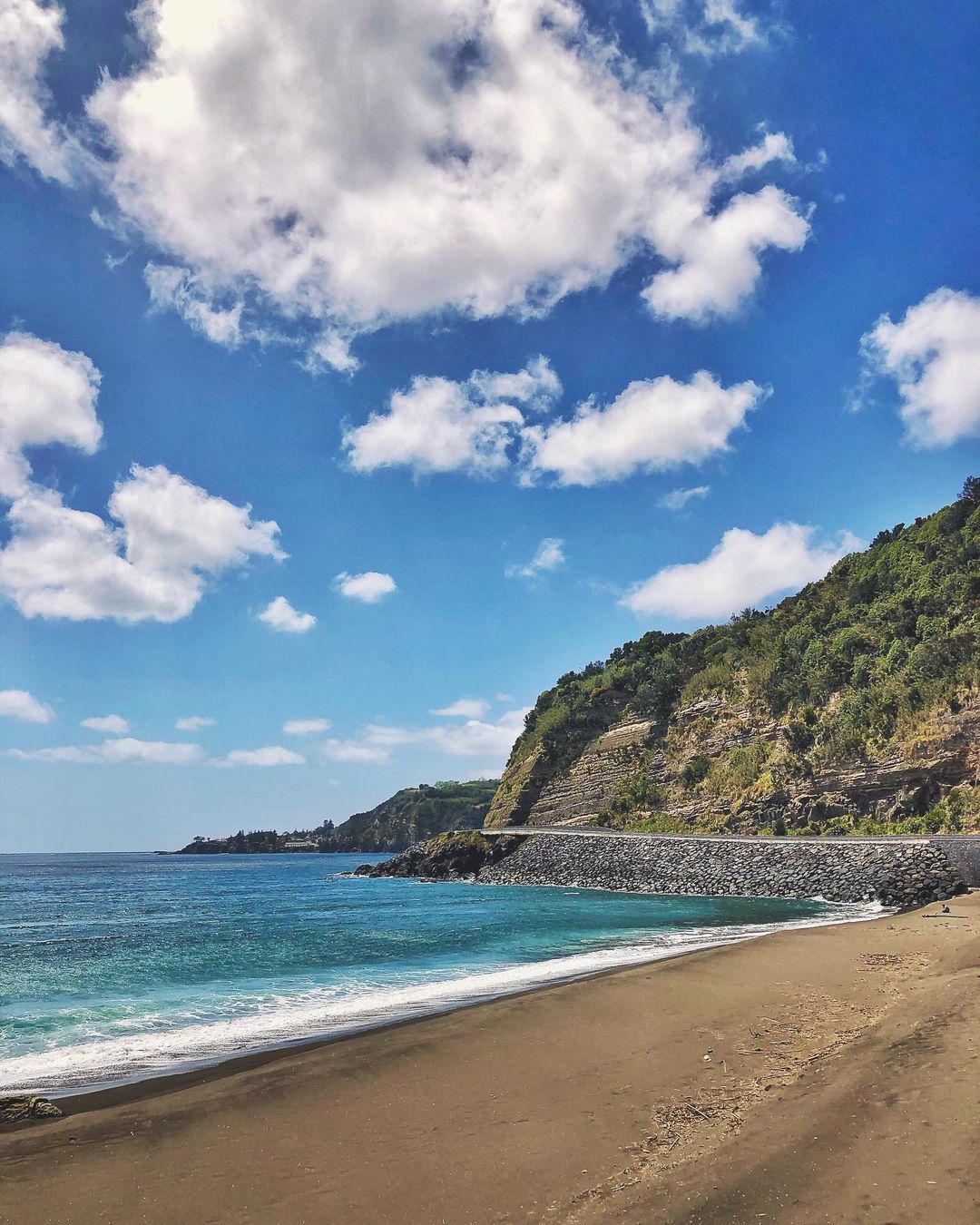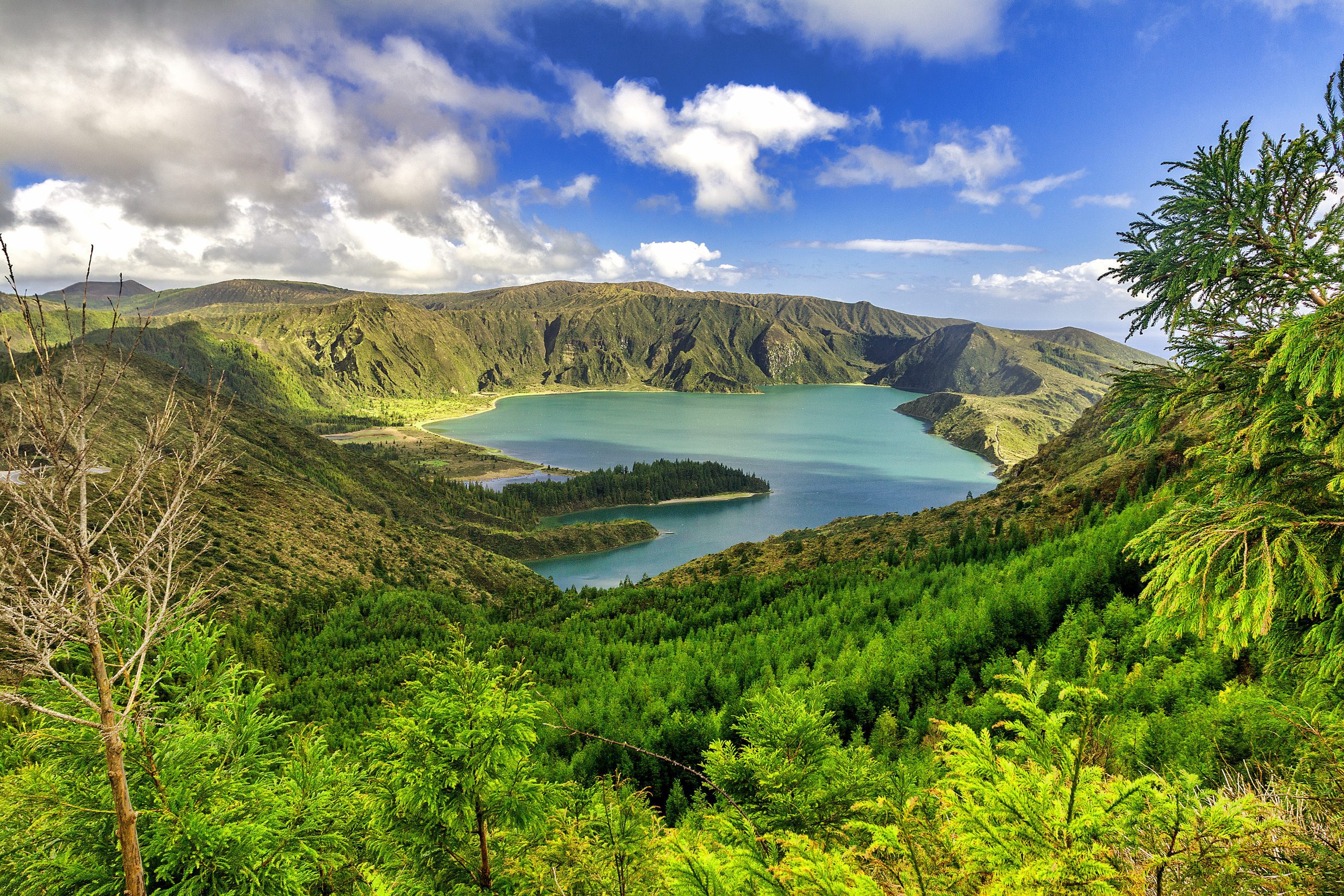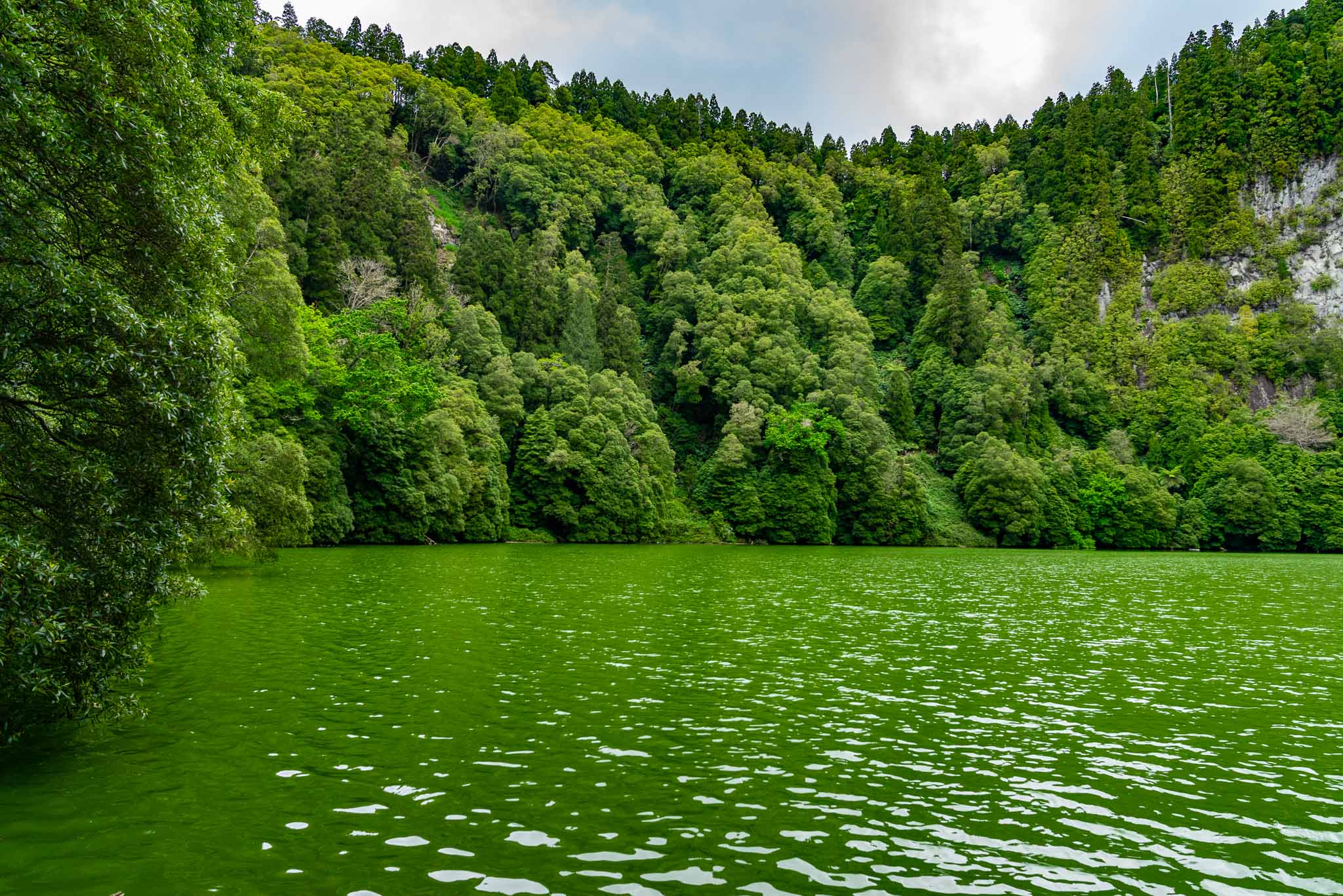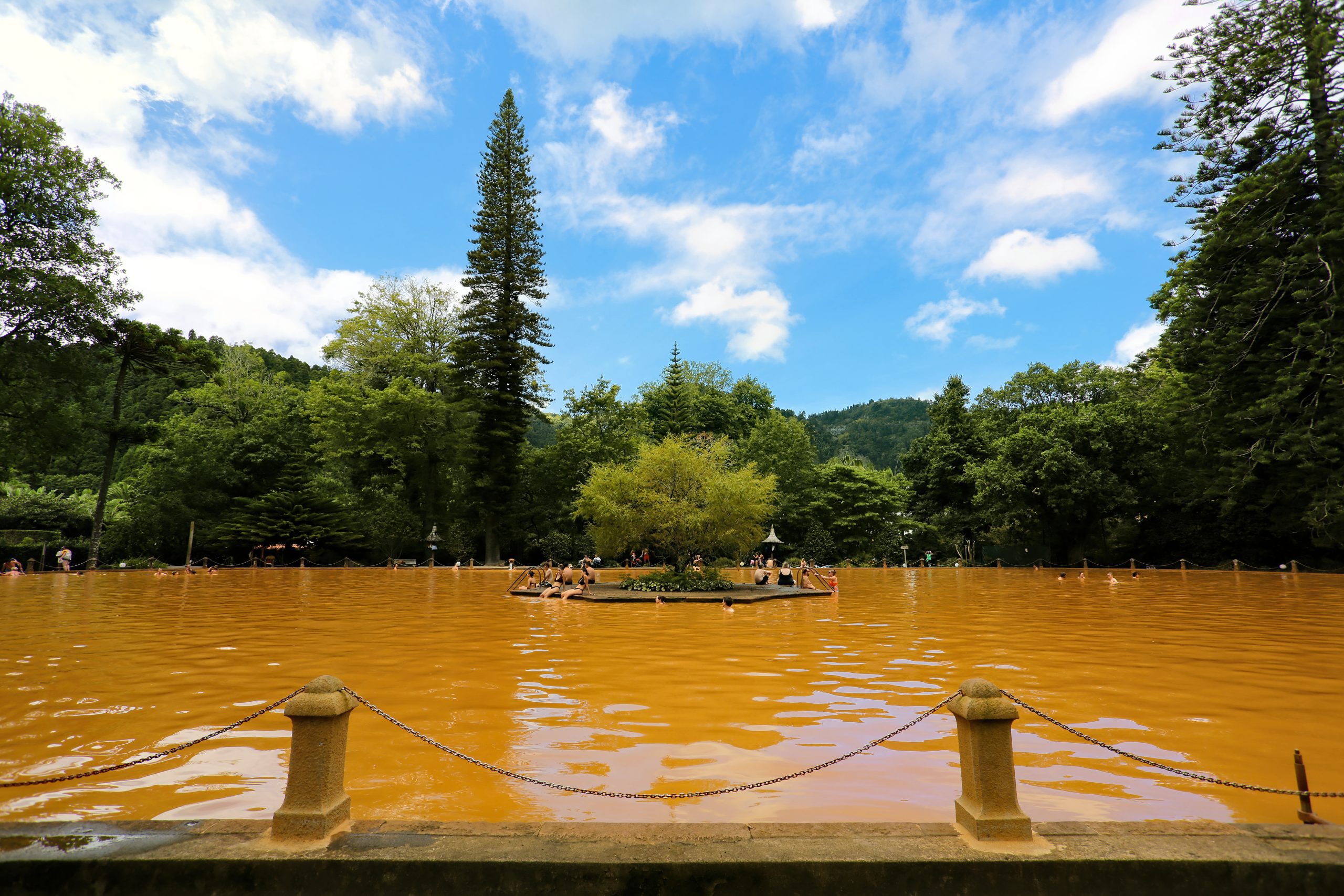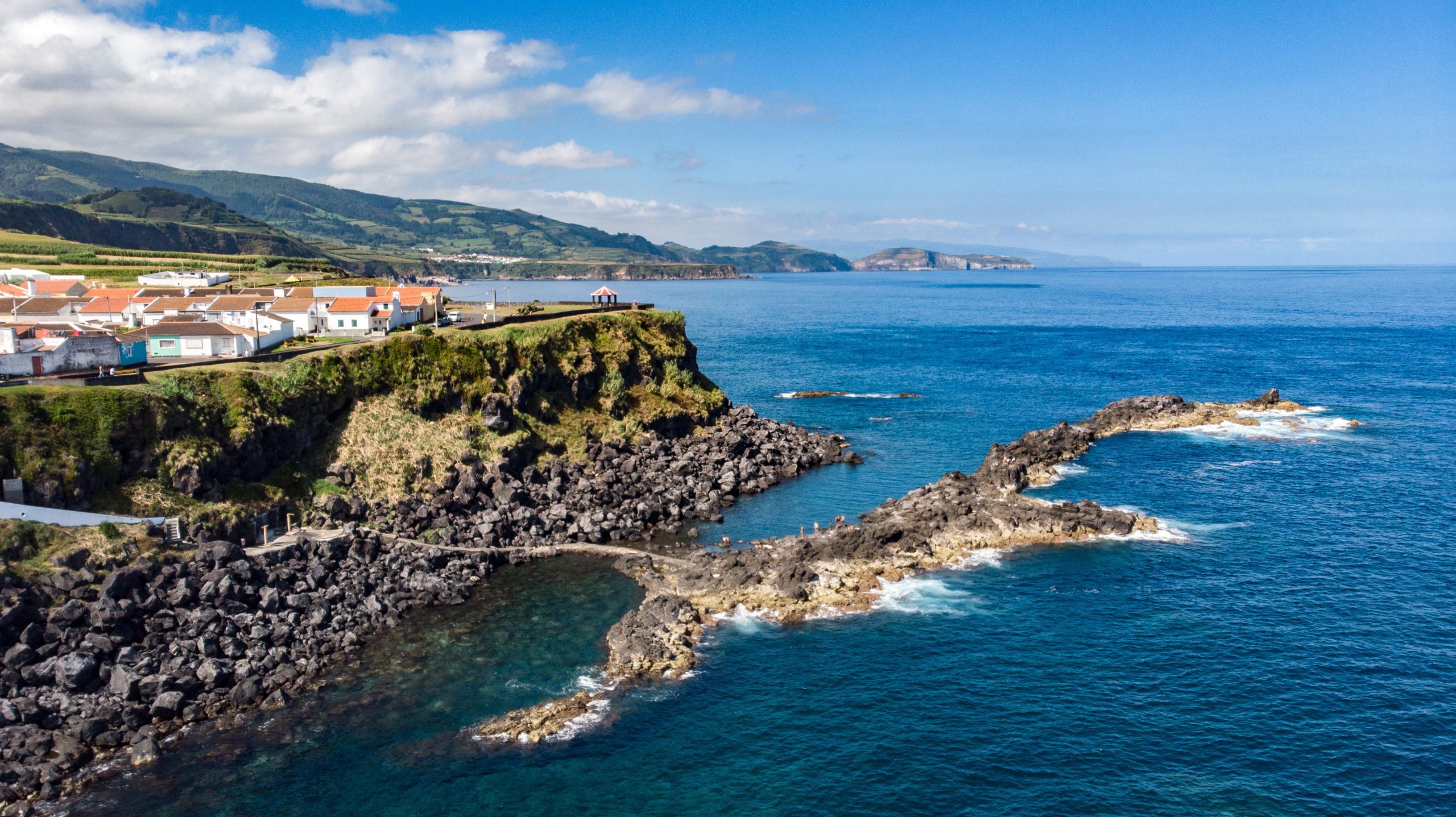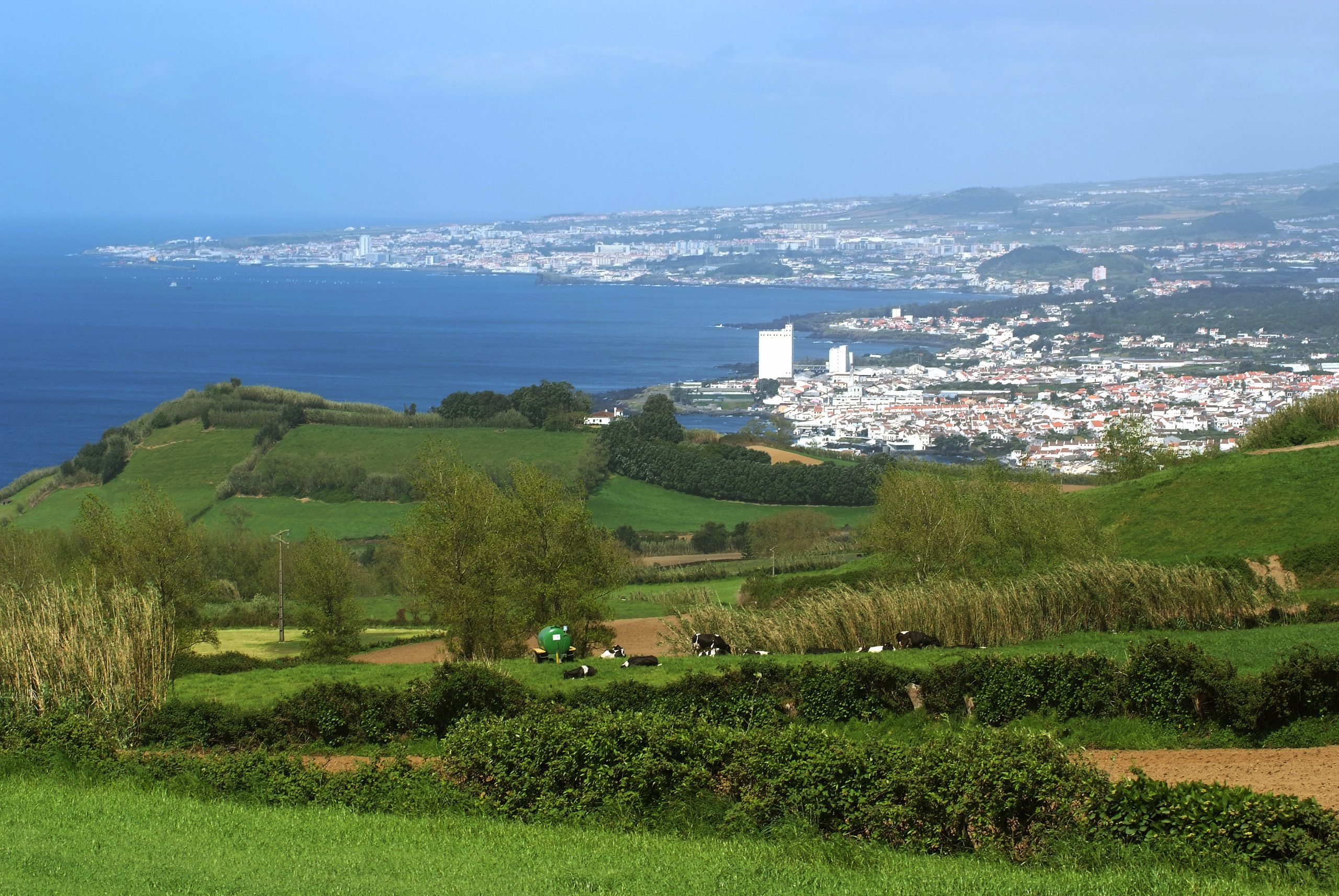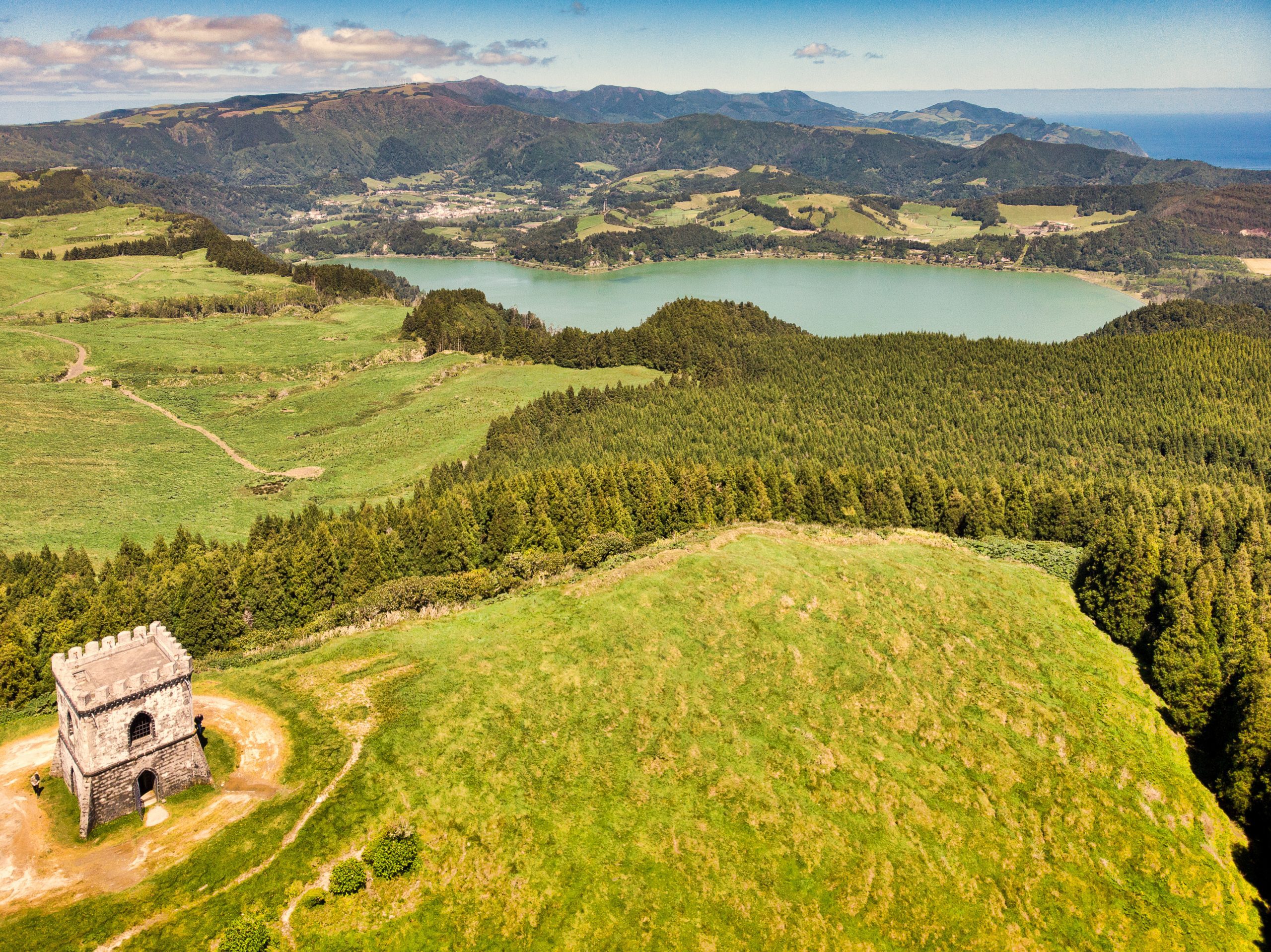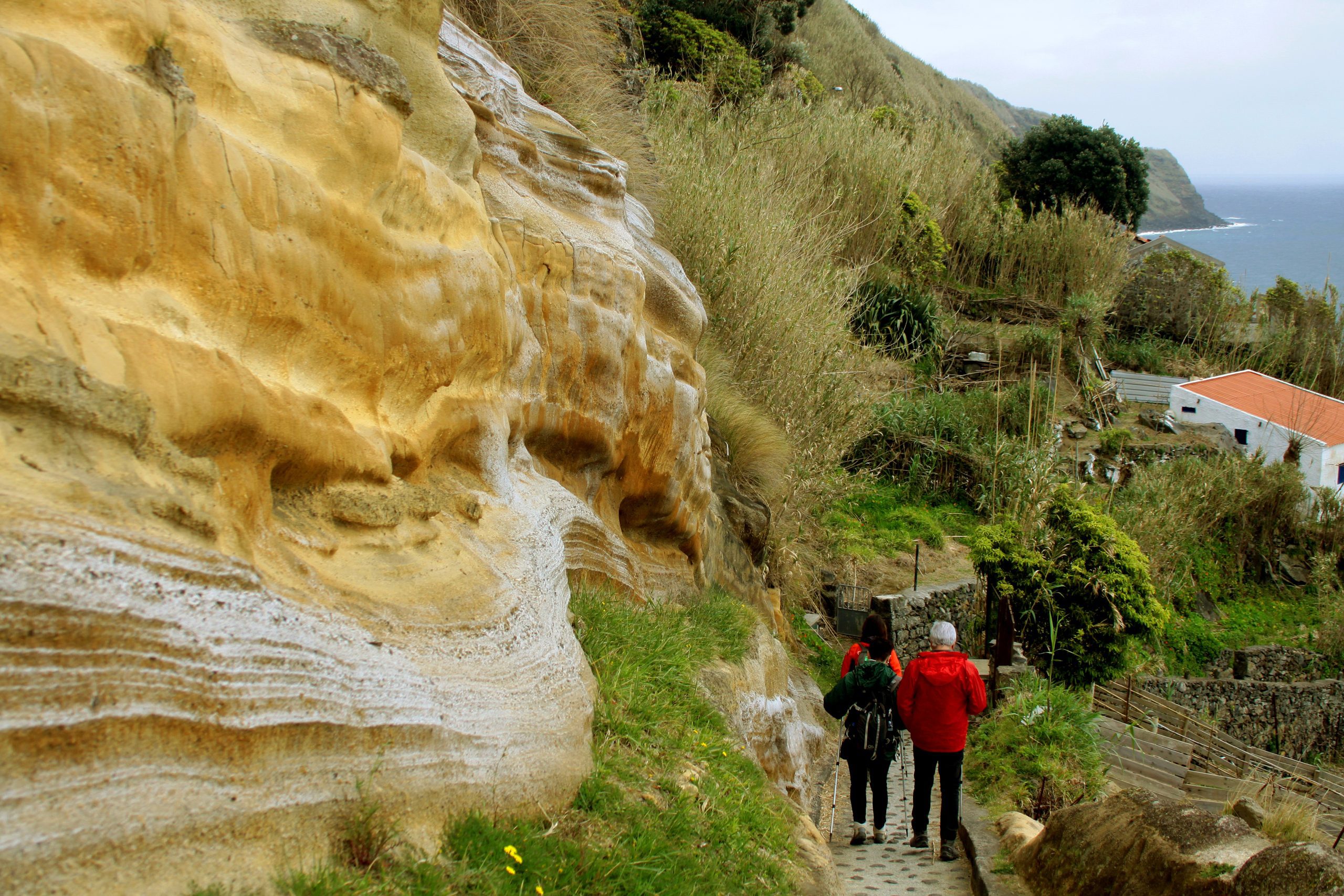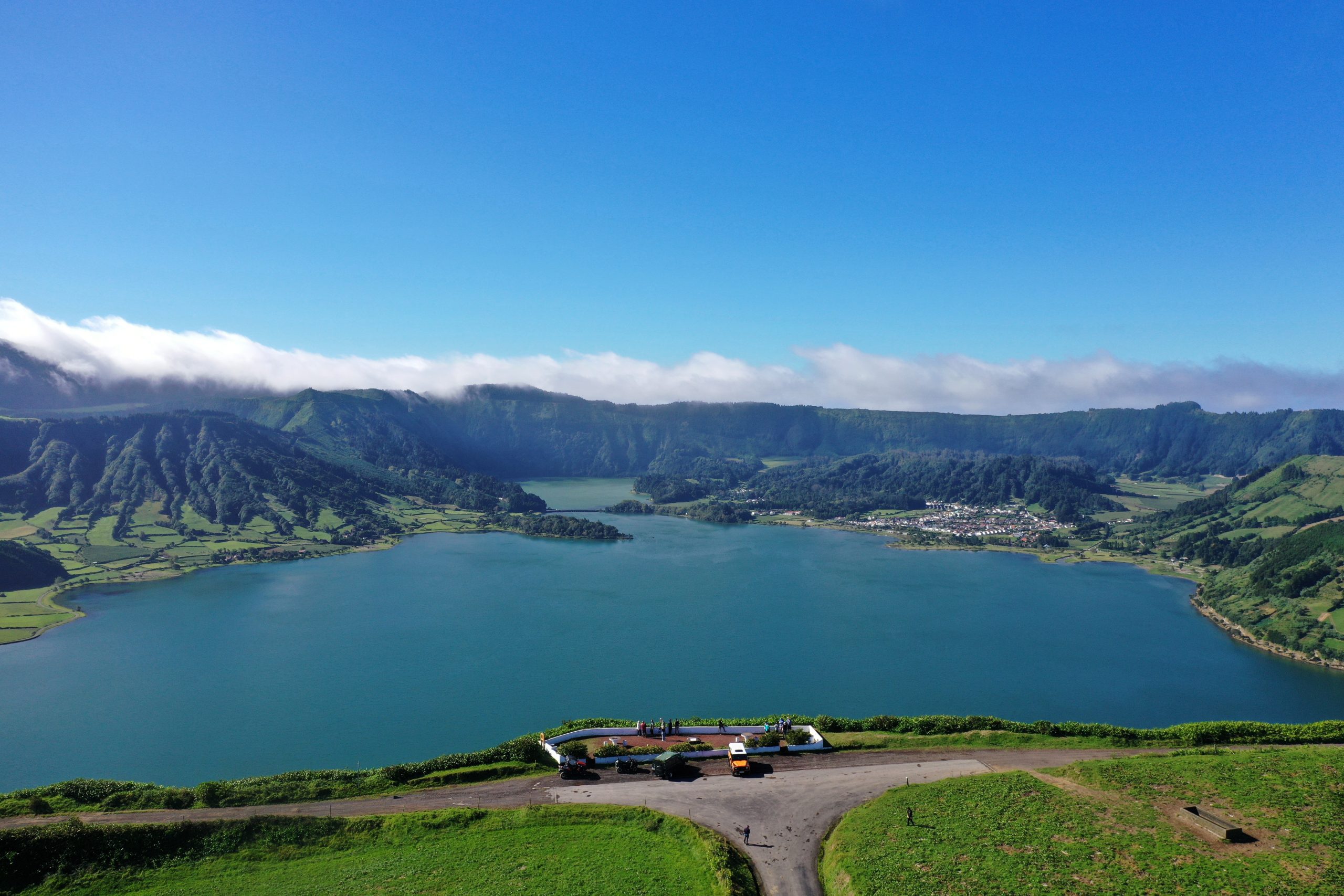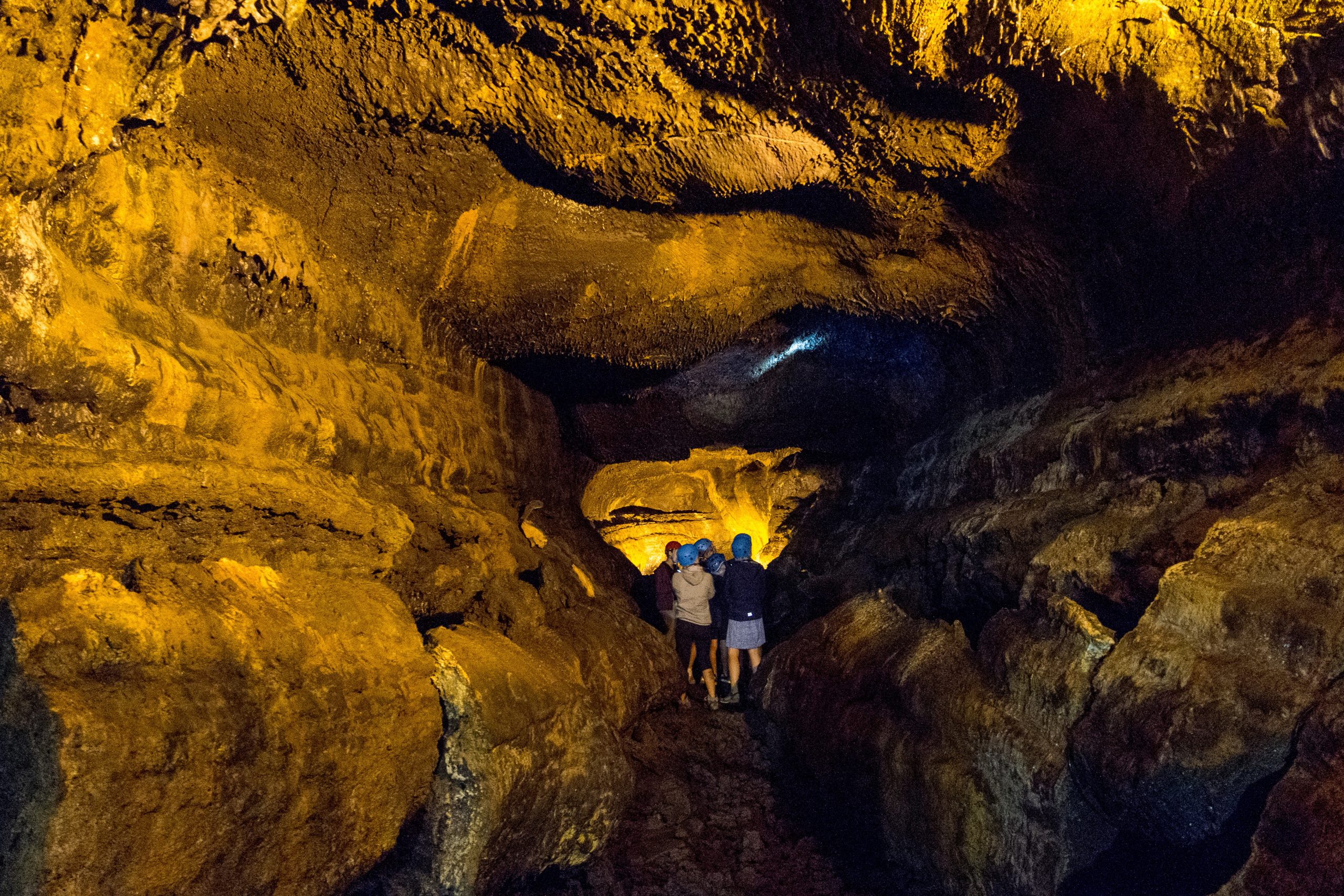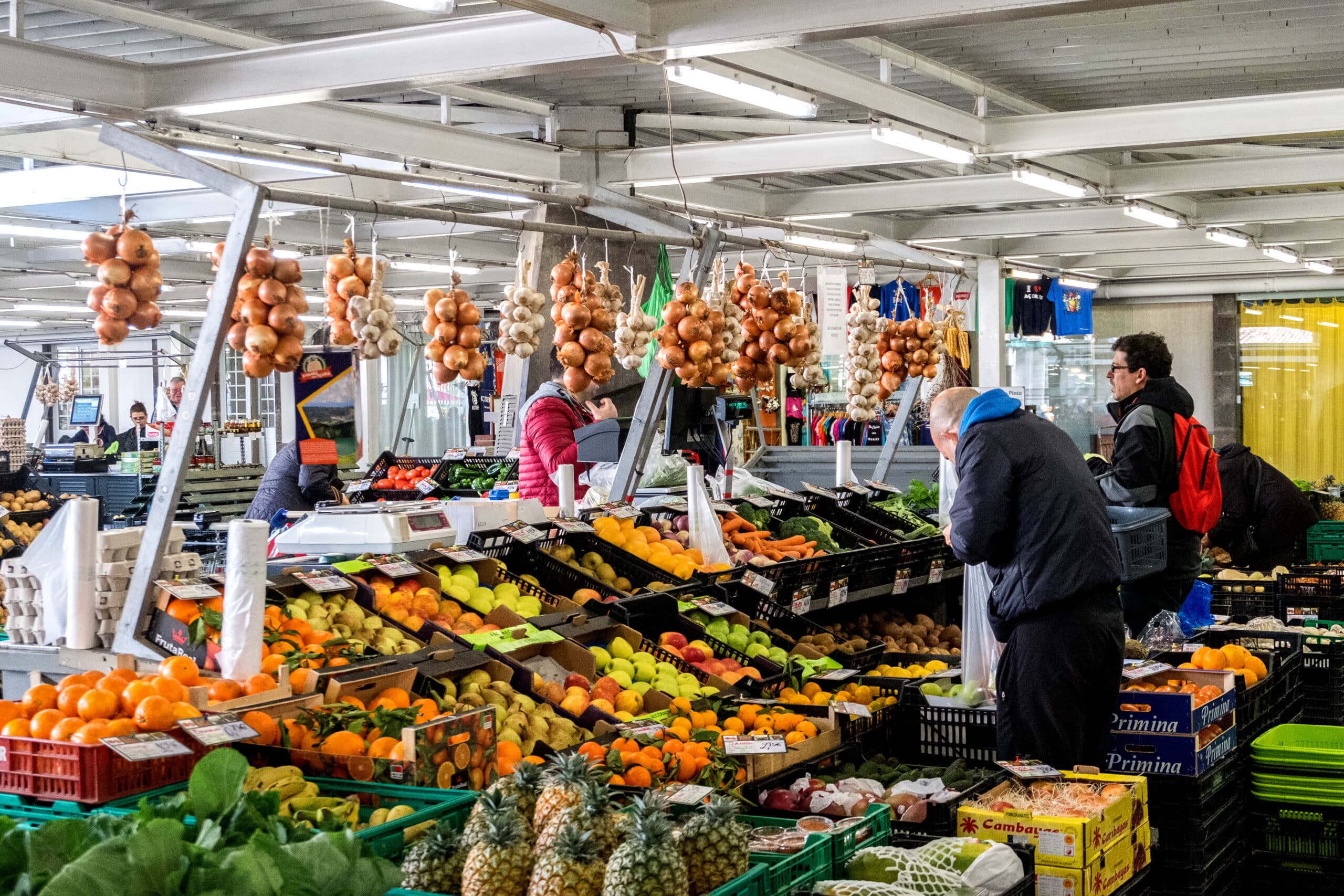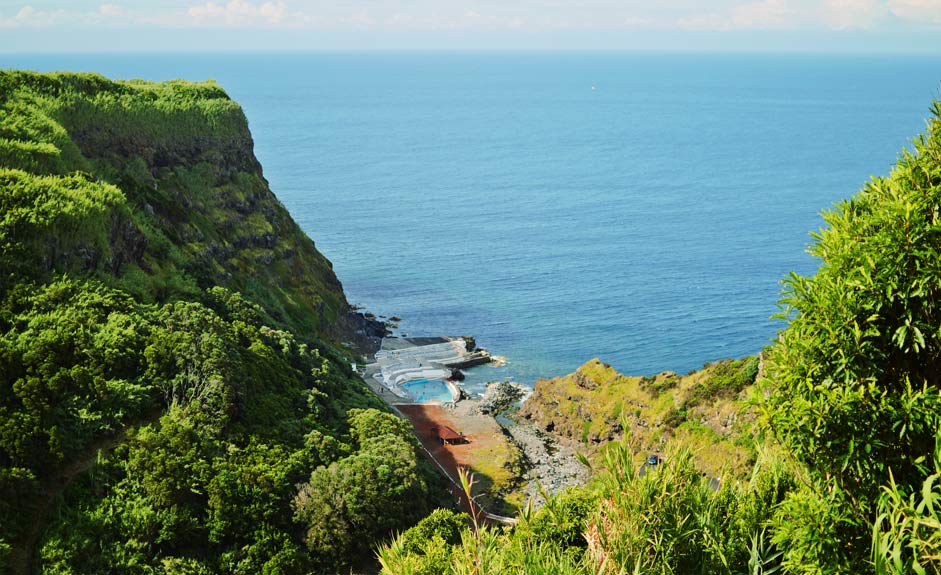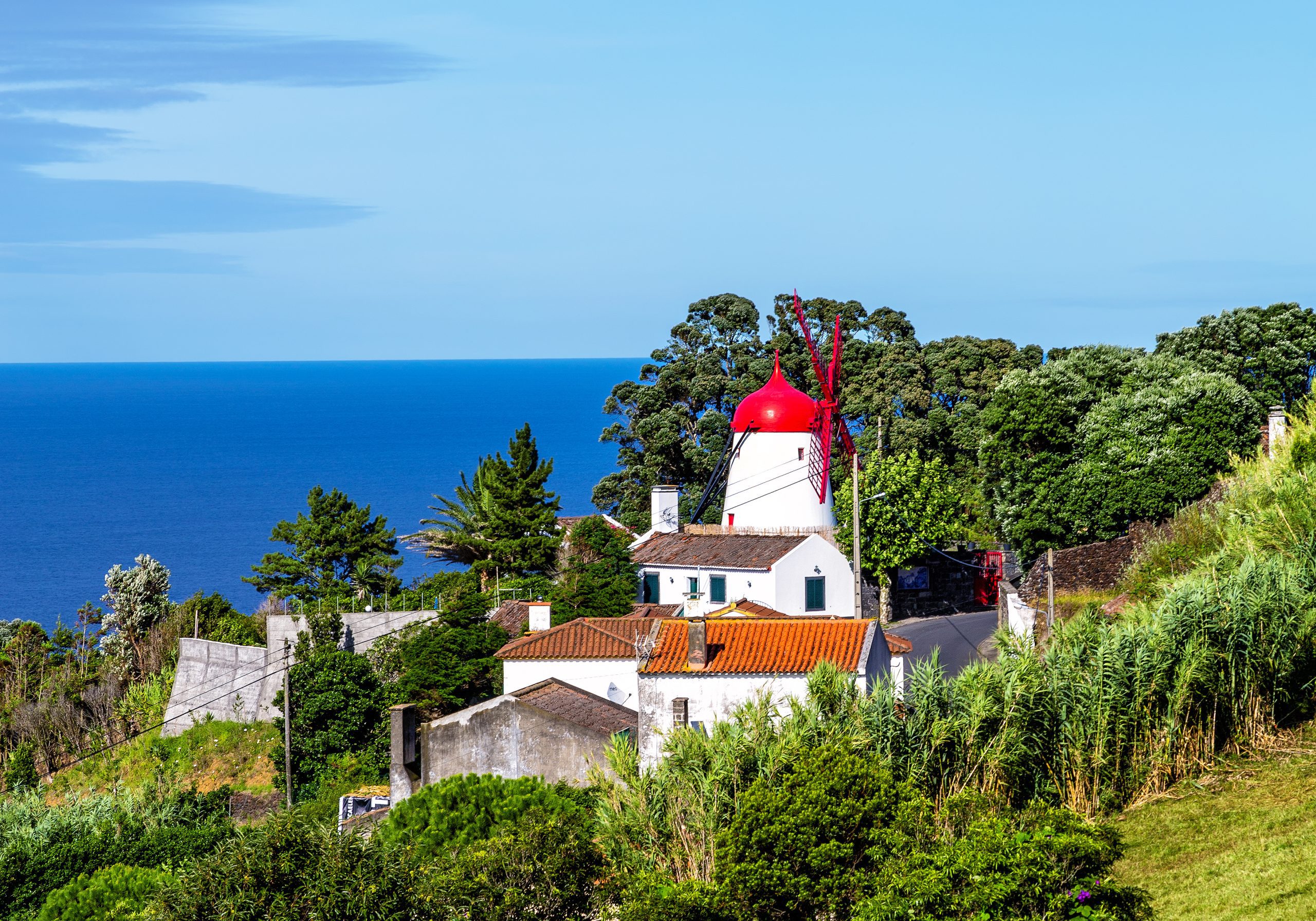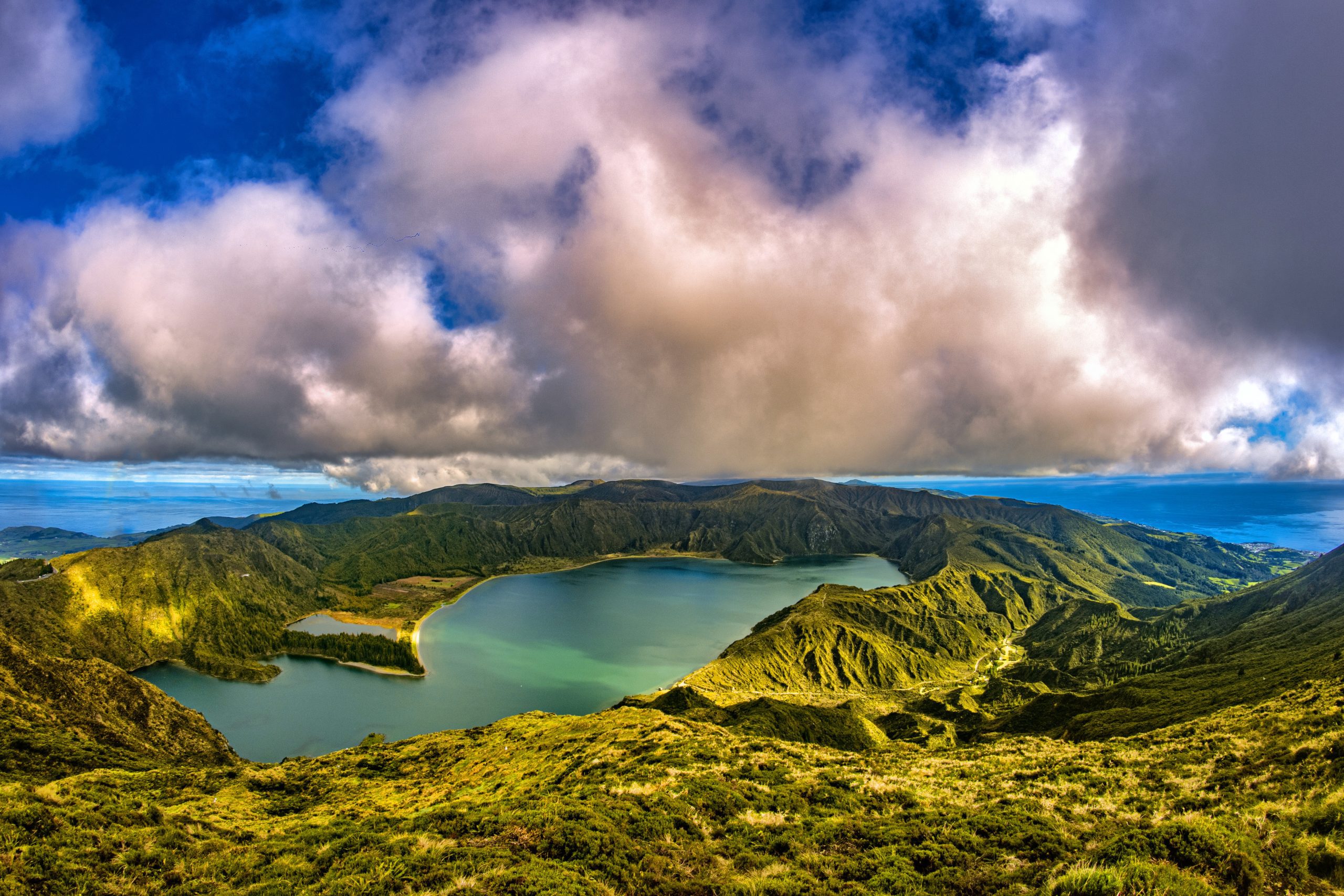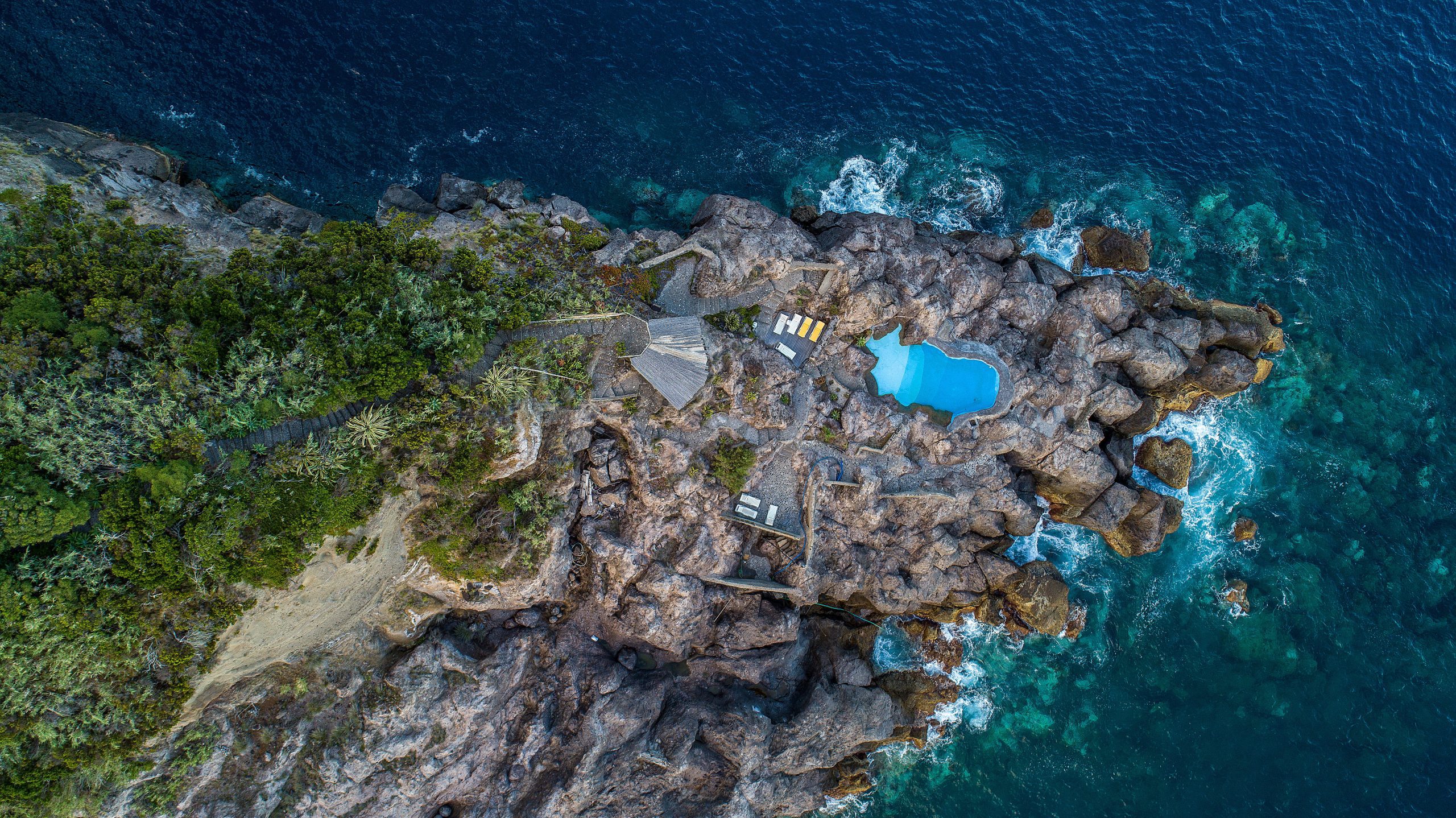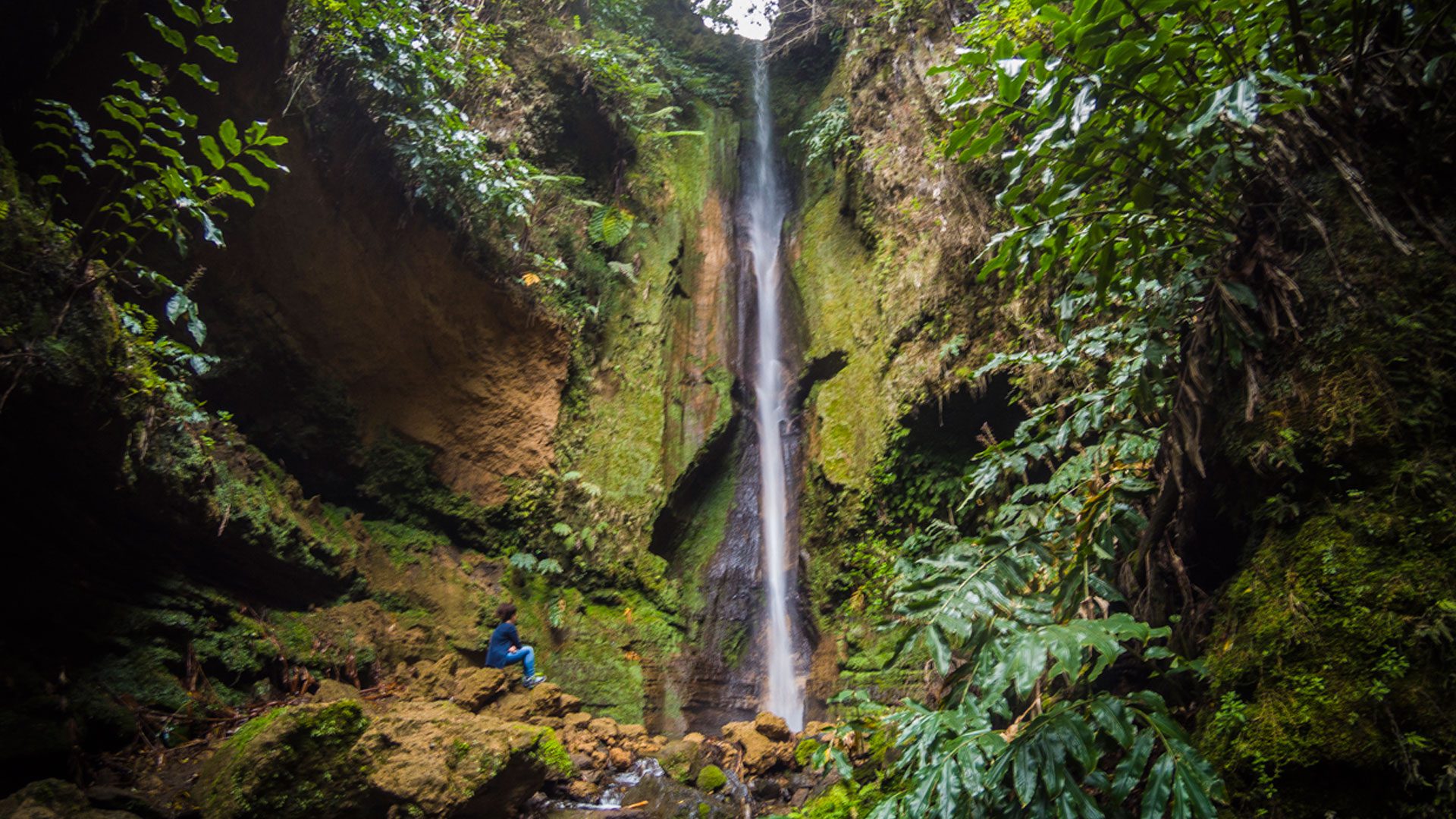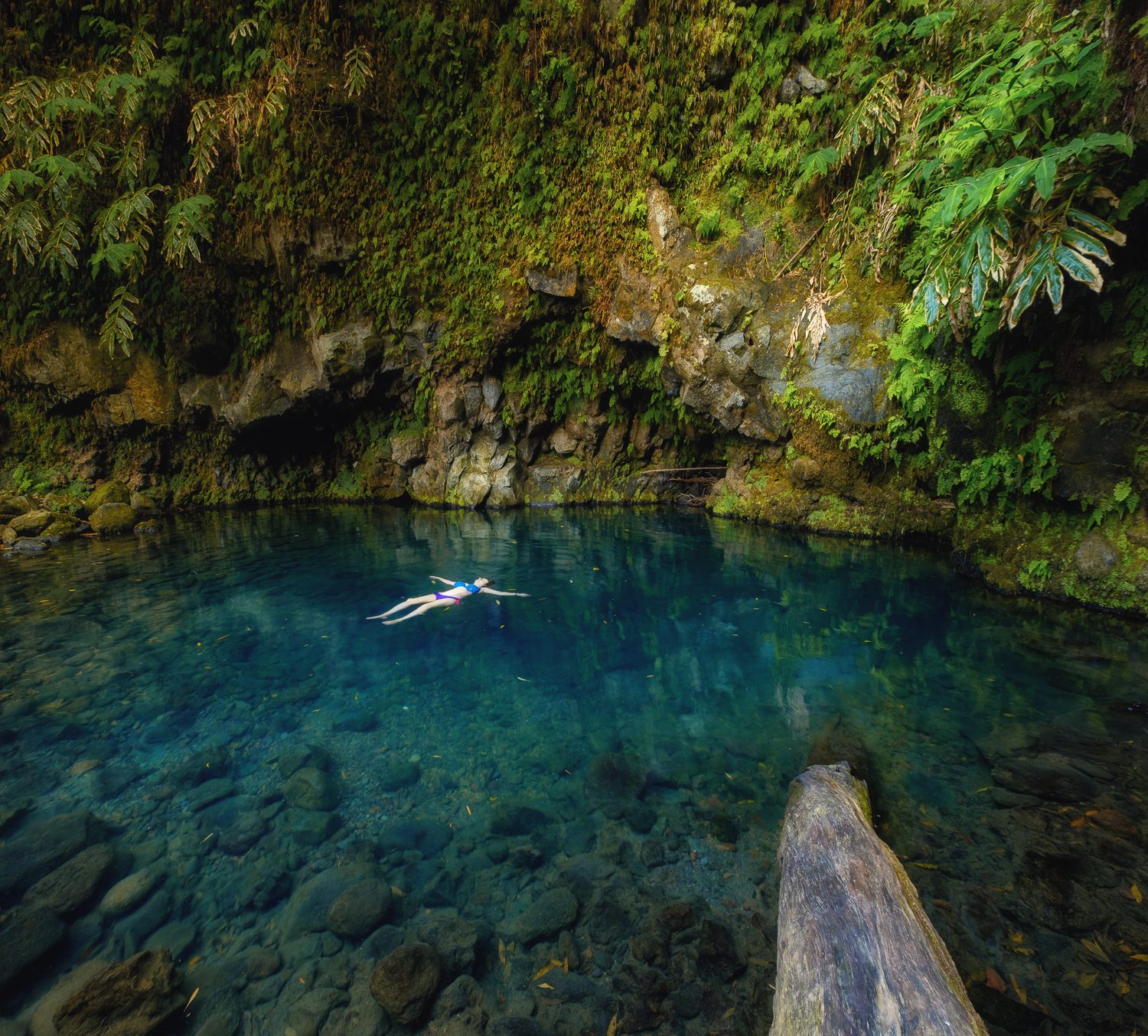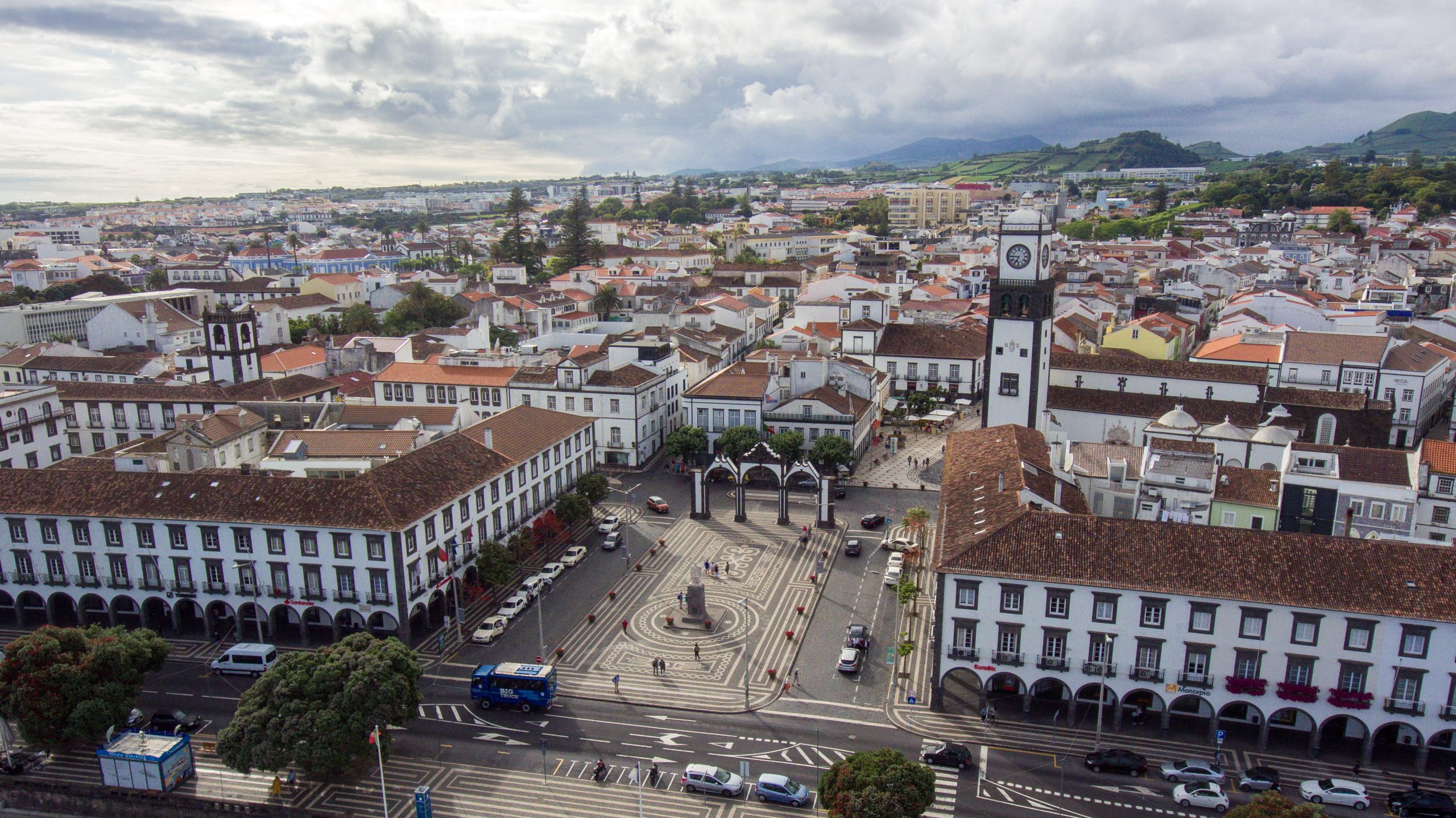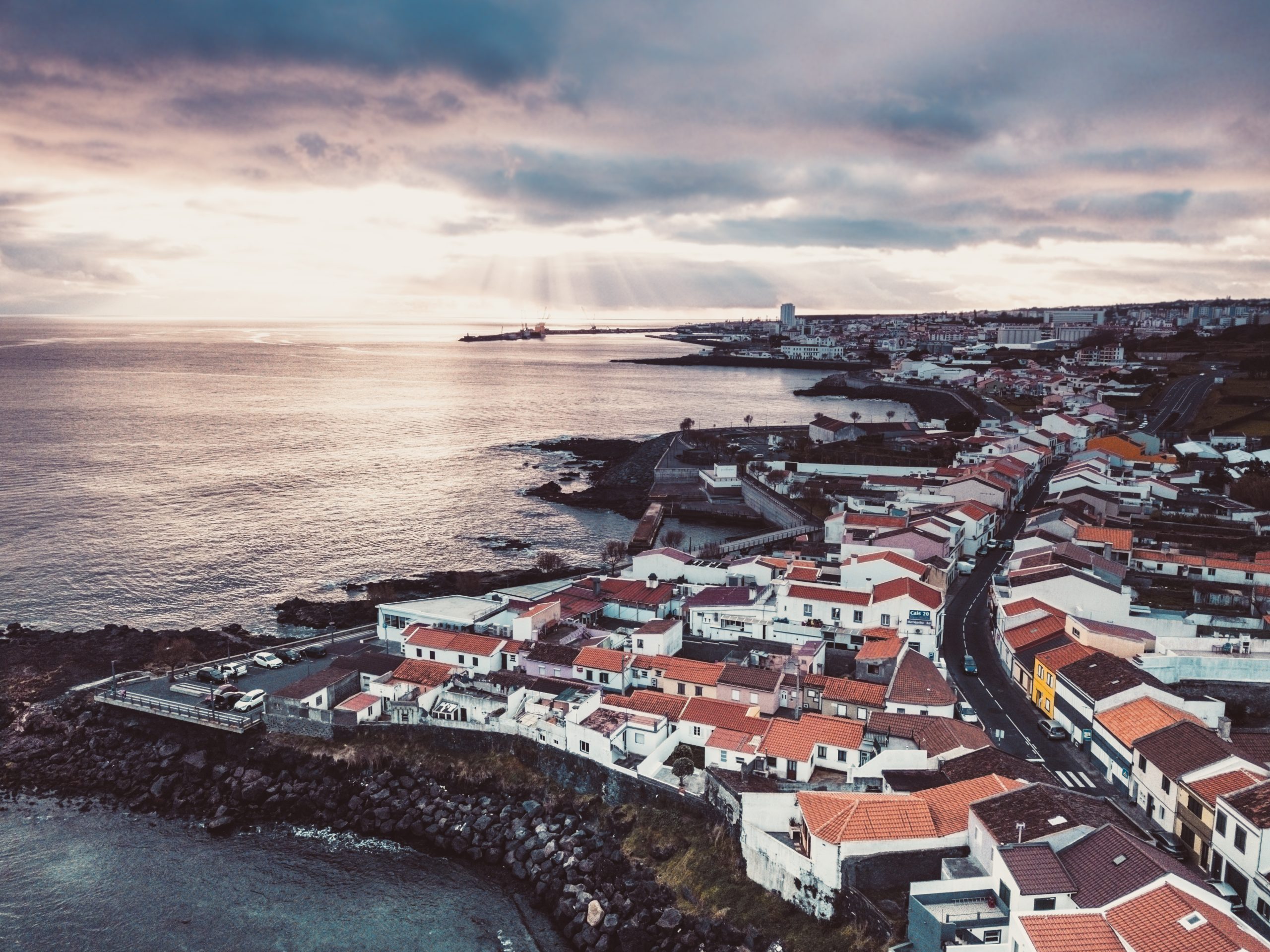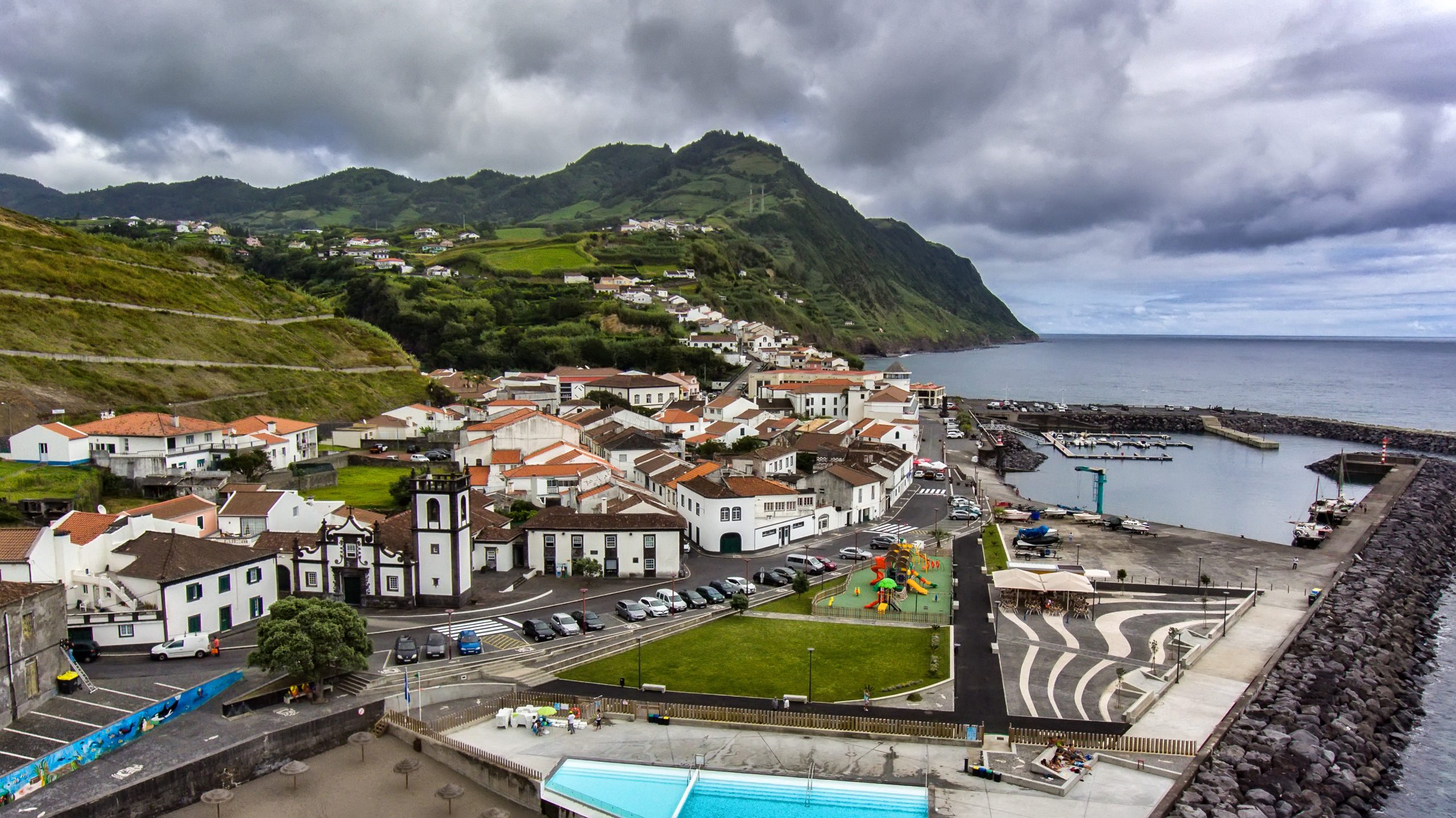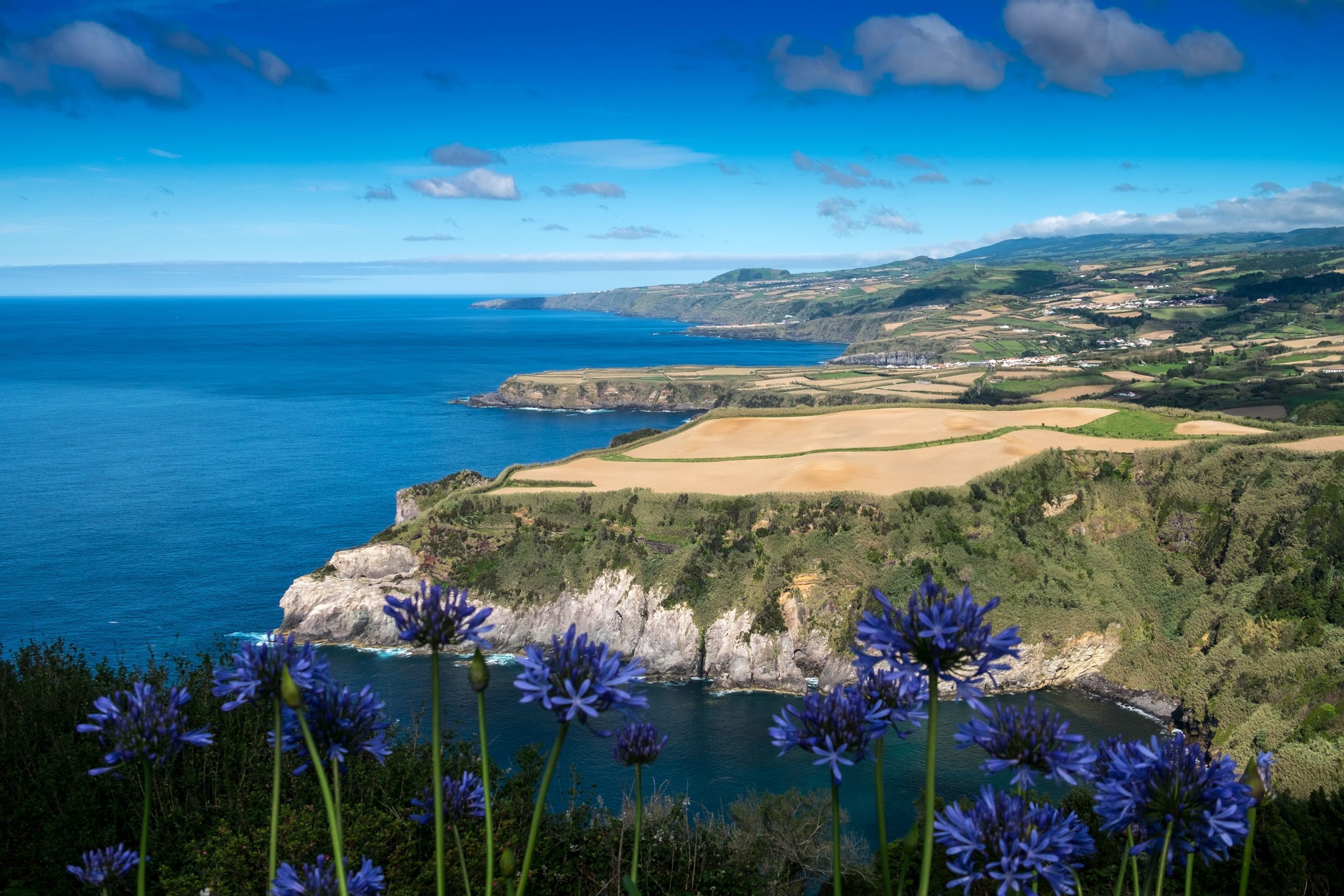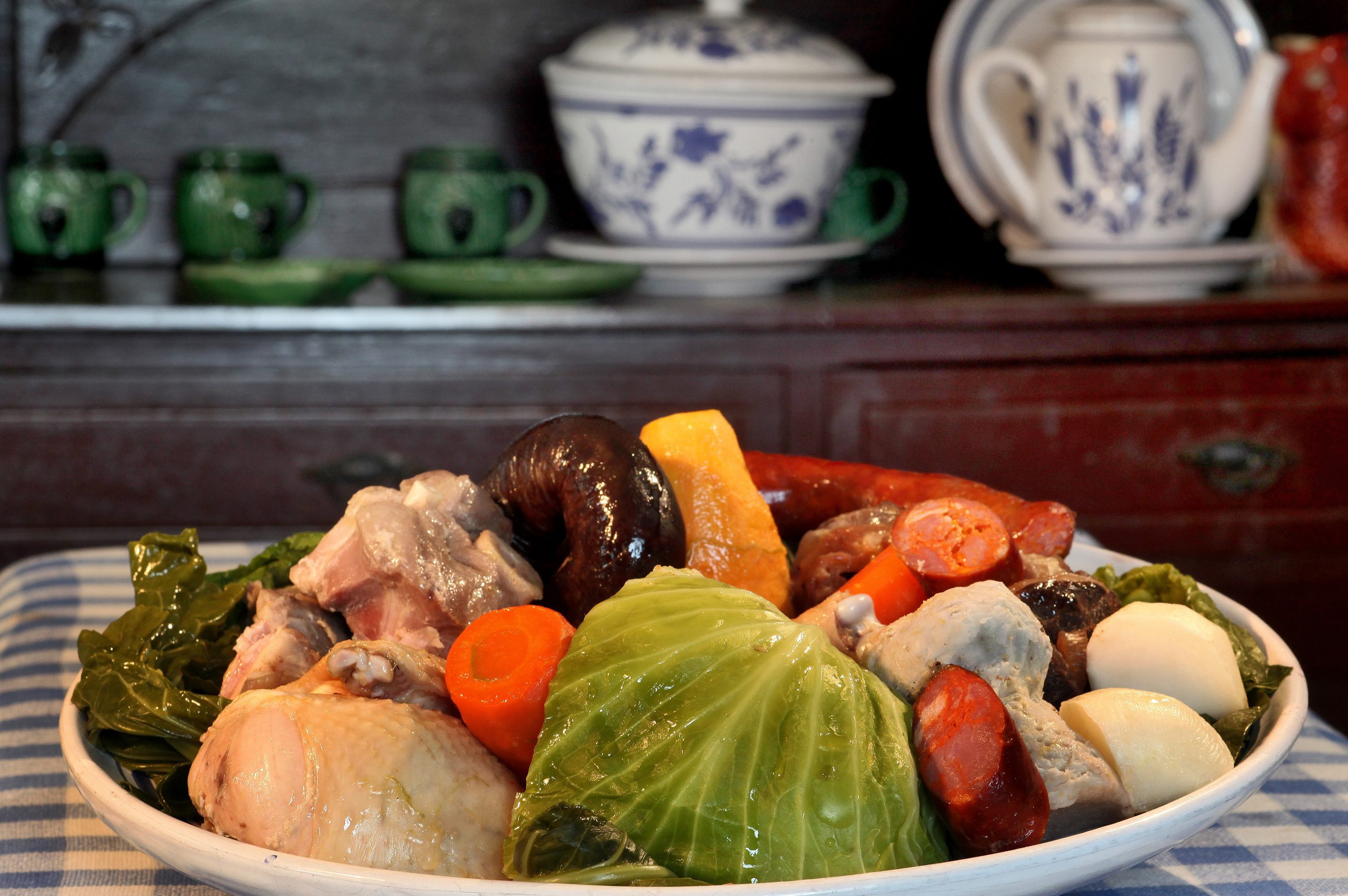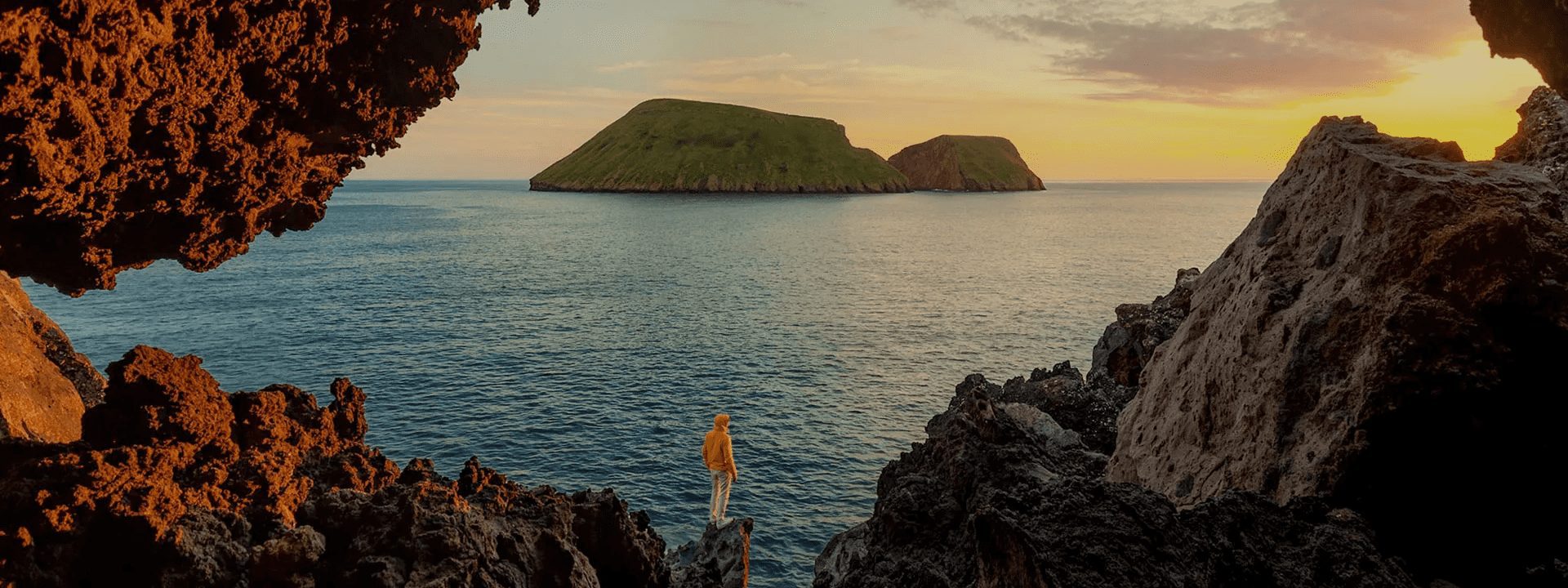Located in the heart of São Miguel Island, the Gorreana Tea Plantation is a living testament to Europe’s tea heritage. Since 1883, it has been producing high-quality tea using artisanal methods, preserving timeless techniques that ensure an authentic flavor. As the oldest tea plantation in Europe, visiting Gorreana means experiencing a legacy that has endured through generations and stood the test of time.
This article delves into why Gorreana is a must-visit destination for tea lovers and travelers alike, exploring its rich history, the traditional production process, and stunning landscapes. Join us on this journey to discover more about this iconic place!
History & Heritage
The Traditional Tea Production
The production of tea in the Azores dates back to the early 19th century, when the first tea plants, originating from China and Brazil, began to be cultivated. However, large-scale tea production only genuinely developed in 1878 when the Sociedade Promotora da Agricultura Micaelense brought the expertise of Chinese tea masters to São Miguel.
Ermelinda Gago da Câmara and José Honorato founded the Gorreana Tea Factory in 1883, preserving a family heritage that has endured for generations. Gorreana stands out among other European tea plantations due to its artisanal production process. It follows traditional and time-honored techniques that ensure the purest and most authentic tea flavors, avoiding modernization and industrialization.
Did you know
The factory continues to operate with its original machinery, some of which dates back to the 19th century. Visitors can witness the different stages of tea production, from the manual harvesting of leaves to the processes of separation, drying, and packaging.
Gorreana’s Legacy in European Tea Culture
The Gorreana Tea Plantation is more than a tourist attraction. It represents a rare historical legacy in European agriculture. Unlike other regions where tea is cultivated in controlled environments, this plantation thrives without the use of pesticides or herbicides, thanks to the island’s unique volcanic soil and distinctive climate.
Moreover, Gorreana’s commitment to sustainability has made it a model for eco-friendly farming in Europe. The plantation is not just a piece of history; it is a symbol of resilience. This family-run business has endured world wars, economic crises, and even the decline of European tea culture, which was caused by mass production and imports.

5 Reasons to Visit
If you’re planning a trip to the Azores, the Gorreana Tea Plantation should be at the top of your itinerary. Here’s why:
- Europe’s Only Tea Plantation: Enjoy a truly unique experience that you won’t find anywhere else on the continent.
- Authentic & Sustainable Tea Production: Discover Gorreana’s organic tea-making process, which is free from pesticides or herbicides.
- Discover unique tea varieties: Gorreana produces two main types of tea: black and green. Try the Orange Pekoe, Pekoe, and Broken Leaf from the black tea selection, or enjoy the Hysson, Encosta de Bruma, and Pérola green teas.
- Sensational Scenery: Stroll through vast tea fields with stunning views of the Atlantic Ocean.
- Free Entry & Tea Tasting: Enjoy a complimentary tea tasting and a guided tour inside the historic factory.
- Perfect for Photography & Relaxation: Whether you’re a nature lover or a photography enthusiast, this is the ideal setting.
→ Explore the authentic flavors of Azorean cuisine in our articles: Bolos Lêvedos | Cozido das Furnas | Grilled Limpets | Massa Sovada | Pimenta da Terra | Gorreana Tea
Plan Your Visit

How to Get to Gorreana Tea Plantation
Gorreana Tea Plantation, situated in the municipality of Maia, is easily accessible and offers a range of amenities for visitors. The journey from Ponta Delgada to the plantation is approximately 30 km. Free parking is available on-site.
You can travel by car, motorcycle, taxi, or bicycle. Following the EN1-1A, which Google Maps considers the best route, takes approximately 30 minutes by car. Alternatively, you can take the Estrada Regional da Ribeira Grande, which covers 32 km and takes 31 minutes by car, or 2 hours and 10 minutes by bicycle.
Where to Eat Near Gorreana Tea Plantation
Click on the following link to find a place to eat near Gorreana Tea Plantation. It will take you to TripAdvisor, where you can review the 10 best restaurants.
Where to Stay Near Gorreana Tea Plantation
Searching for the perfect place to stay? We’ve made it easy by filtering top accommodation options from Airbnb, Booking, Tripadvisor, and Trivago. Here, you’ll find the perfect place to stay and enjoy your visit!
Pro Tips
To make the most of your experience at Gorreana Tea Plantation, consider these suggestions:
- Plan your visit: The factory is open Monday to Friday from 8:00 AM to 6:00 PM and on weekends from 9:00 AM to 6:00 PM.
- Take Gorreana tea home: Don’t miss the chance to buy freshly produced tea directly from the factory’s on-site store, where you’ll also find a selection of tea-related souvenirs.
- Avoid peak hours: Early mornings or late afternoons tend to be more tranquil.
- Respect nature: Maintaining the area’s cleanliness and preserving its natural landscape are essential.
- Bring a camera or smartphone: The tea plantation and factory offer fantastic photography opportunities.
- Take comfortable shoes: The tea fields are incredible for walking, but some paths can be uneven.
Don’t miss the chance to discover the hidden gems of Furnas in comfort! 🚐 Book your Van Tour Furnas now, and let the adventure begin!
Nearby Attractions

Ribeira Grande
Ribeira Grande is known for its surf culture, stunning beaches, and breathtaking landscapes. Whether you’re looking for scenic viewpoints, hidden gems, or historic sites, there’s always something new to discover.
→ Check out these related articles for more inspiration: Caldeiras da Ribeira Grande | Pico da Barrosa Viewpoint | Santa Iria Viewpoint | Porto de Santa Iria | Areal de Santa Bárbara | Praia dos Moinhos | Rabo de Peixe | Salto do Cabrito | Lagoa do Fogo | Caldeira Velha

Nordeste
Known for its dramatic landscapes, lush forests, and breathtaking viewpoints, Nordeste is a paradise for nature lovers. If you’re looking for remarkable hikes or stunning waterfalls, this is the place to be.
→ Check out these related articles for more inspiration: Farol do Arnel | Ponta do Sossego Viewpoint | Salto da Farinha Viewpoint | Pico da Vara | Poço Azul | Ribeira dos Caldeirões | Cu de Judas
→ Related articles: Ponta Delgada | Maia
Complementary Information
Best Season to Visit the Azores
The Azores Archipelago boasts a unique climate that shapes its lush landscapes, making it a splendid year-round destination. With mild temperatures and minimal fluctuations, each season offers something unique. Spring averages 16 °C, summer reaches 21 °C, autumn cools to 18 °C, and winter remains mild at 14 °C.
→ For a detailed breakdown of the weather by month, check the following links 🌤️☔️: January | February | March | April | May | June | July | August | September | October | November | December
How to Get to the Azores
The Azorean Archipelago is easily accessible through numerous flight routes. Lisbon and Porto are the main entry points to the continent, with direct flights available to São Miguel (PDL), Terceira (TER), Faial (HOR), Pico (PIX), and Santa Maria (SMA). To find the best flight, use search engines like eDreams or Skyscanner. These platforms enable you to compare prices and schedules from various airlines in one convenient location.
For more details on how to get to the Azores, take a look at our complete guide. But what if you want to explore beyond your arrival island? We’ve got you covered!
- Azores airports 🛬
- Flights between islands ✈️
- Ferries between islands ⛴️
- Which island to choose? 🏝️
- What airlines fly to the Azores? 🛩️
→ Once you’ve found the perfect route, book your tickets and get ready to experience one of the world’s most stunning island groups!
Travel Essentials
Essential Information for your Azores trip: Azorean Language & Phrases 🗣️ | Currency & Banks 💵 | Credit Cards & Traveler’s Cheques 🏧 | Driving in the Azores 🚗 | Electricity 🔌 | Experiences & Tours 🗺️ | Health & Safety 🩺 | Internet & Wi-Fi Access 🛜 | Phones & Mobile Service 📞 | Post Offices & Buying Stamps ✉️ | Public Holidays 🏖️ | Shopping 🛒 | Time & Daylight 🕒 | Whale Watching Guide 🐳 | Best Island to Visit 🏞️
Useful Tools & Apps
The weather in the Azores can be variable, so it’s helpful to use some apps before visiting the islands. Spotazores provides live camera feeds from the main tourist attractions, allowing you to check the weather and plan your visit. For accurate weather predictions, use Windy or Windguru — they provide the most reliable predictions.
Conclusion
The Gorreana Tea Plantation offers you a journey through the history and tradition of tea. As the oldest tea plantation in Europe, Gorreana preserves traditional artisanal production techniques, offering visitors the opportunity to witness a unique tea-making process that has remained unchanged for generations.
Beyond its rich history, Gorreana stands out for its breathtaking landscapes, making it a must-visit destination for both tea lovers and photography enthusiasts.
Whether you want to stroll through the vast, lush tea fields, learn about the factory’s legacy, or savor a freshly brewed cup of tea, this unique plantation embodies the essence of Europe’s tea heritage. Don’t miss the chance to travel back in time and experience something truly special in the heart of the Azores. Plan your visit now and discover the timeless charm of Gorreana!
Authors’ Note
I am pleased to inform you that all the recommendations in this article are based on my personal experience and observations. As the author, I have personally visited each attraction mentioned, ensuring that every suggestion is grounded in first-hand knowledge and genuine enthusiasm.
FAQs
Gorreana Tea Factory is open Monday through Friday from 8:00 AM to 6:00 PM and Saturday and Sunday from 9:00 AM to 6:00 PM. Visitors can explore the factory, learn about the tea production process, and enjoy the scenic tea fields.
Visiting the Gorreana Tea Factory is entirely free. Guests can walk through the plantations, tour the factory, and enjoy complimentary tea tastings.
The factory produces two main types of tea: black and green tea. The black tea selection includes Orange Pekoe, Pekoe, and Broken Leaf, while the green tea varieties consist of Hysson, Encosta de Bruma, and Pérola.
Visitors can purchase freshly produced Gorreana tea directly at the factory’s on-site store, where a variety of tea products and souvenirs are available.
Photo Gallery




















